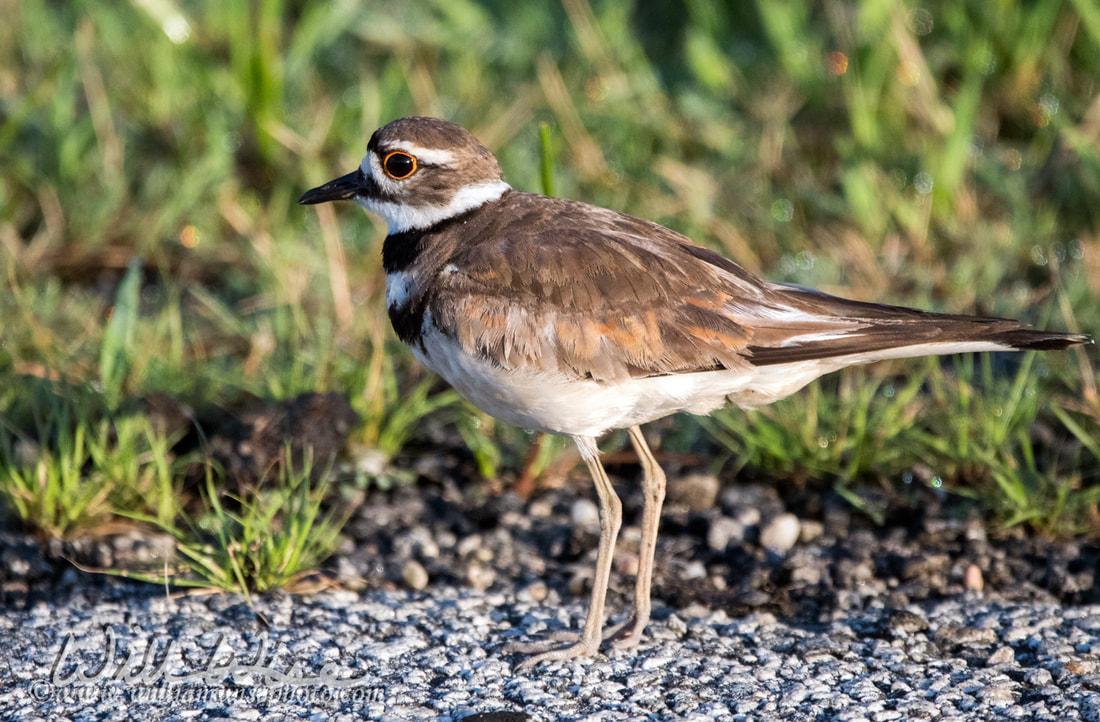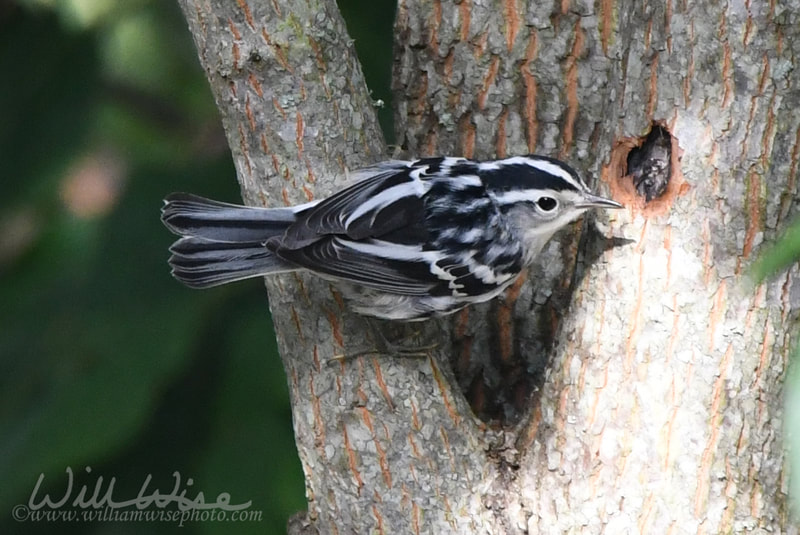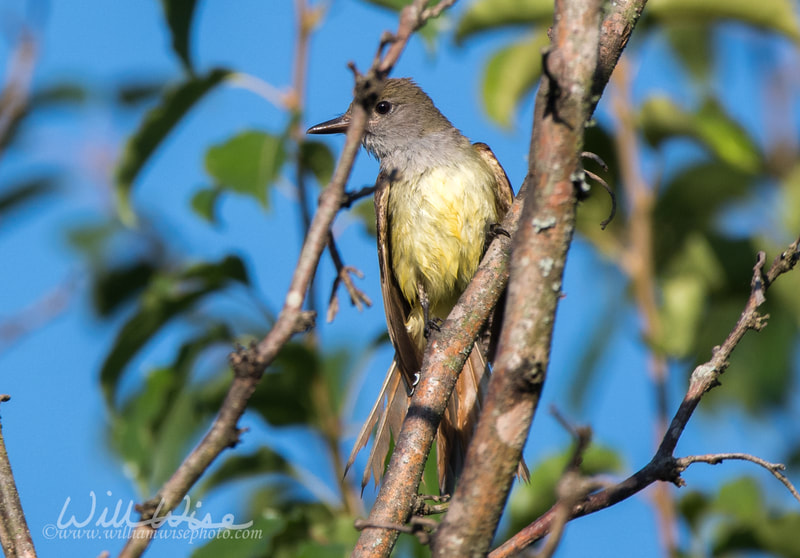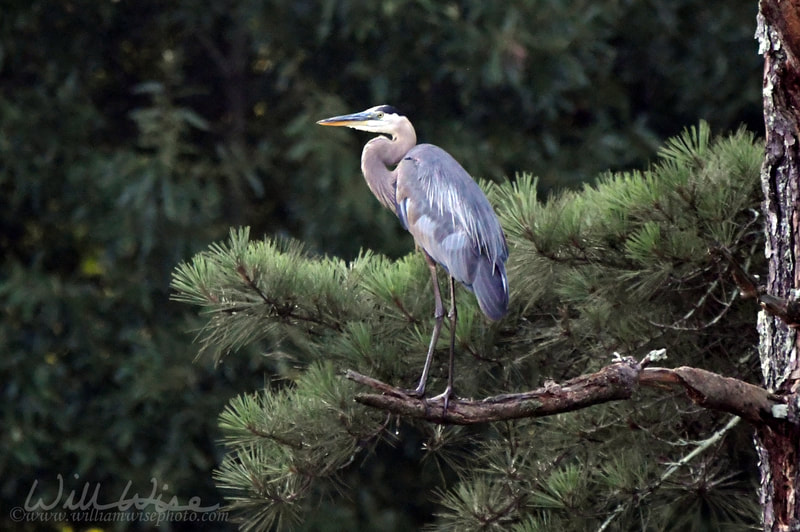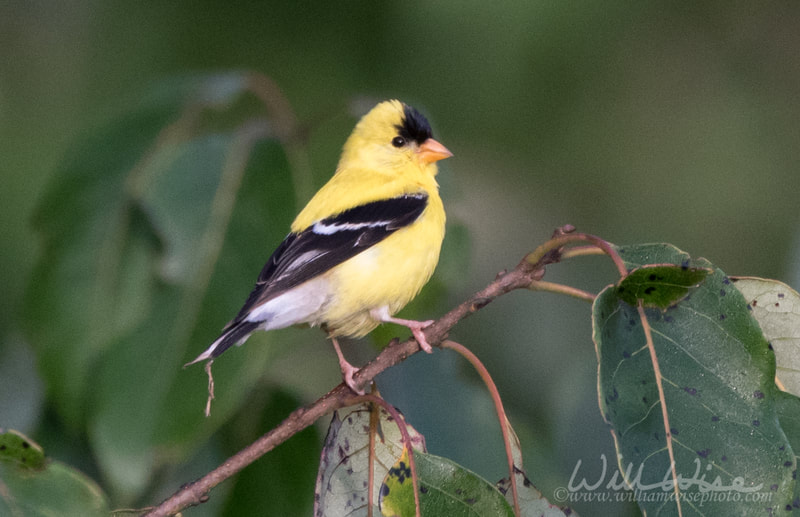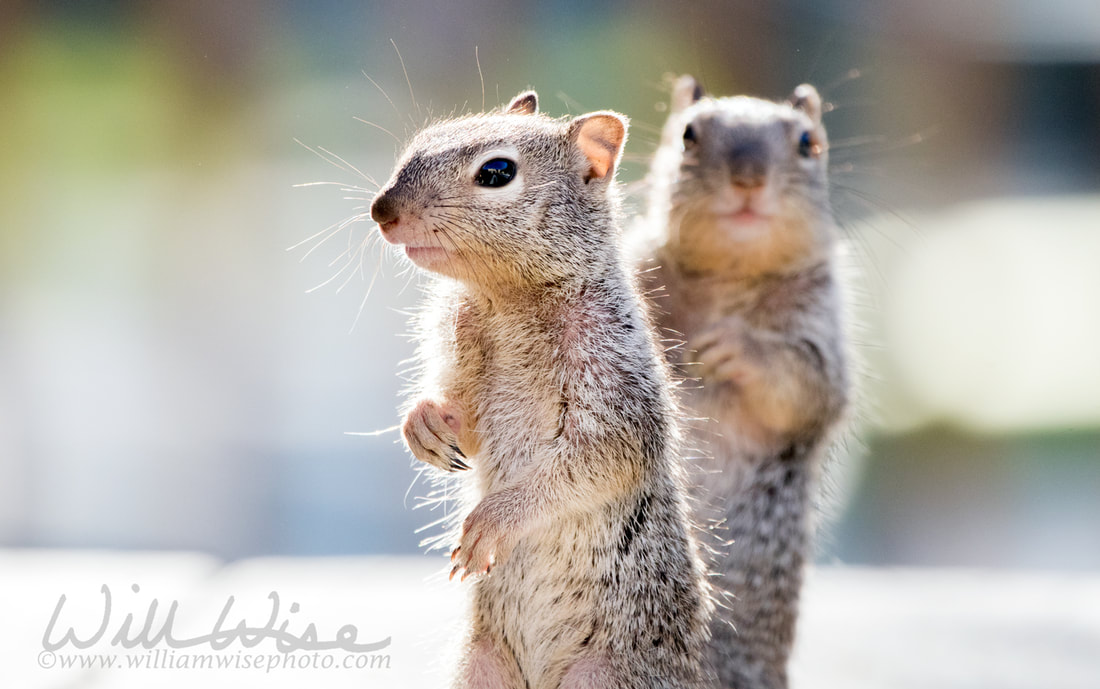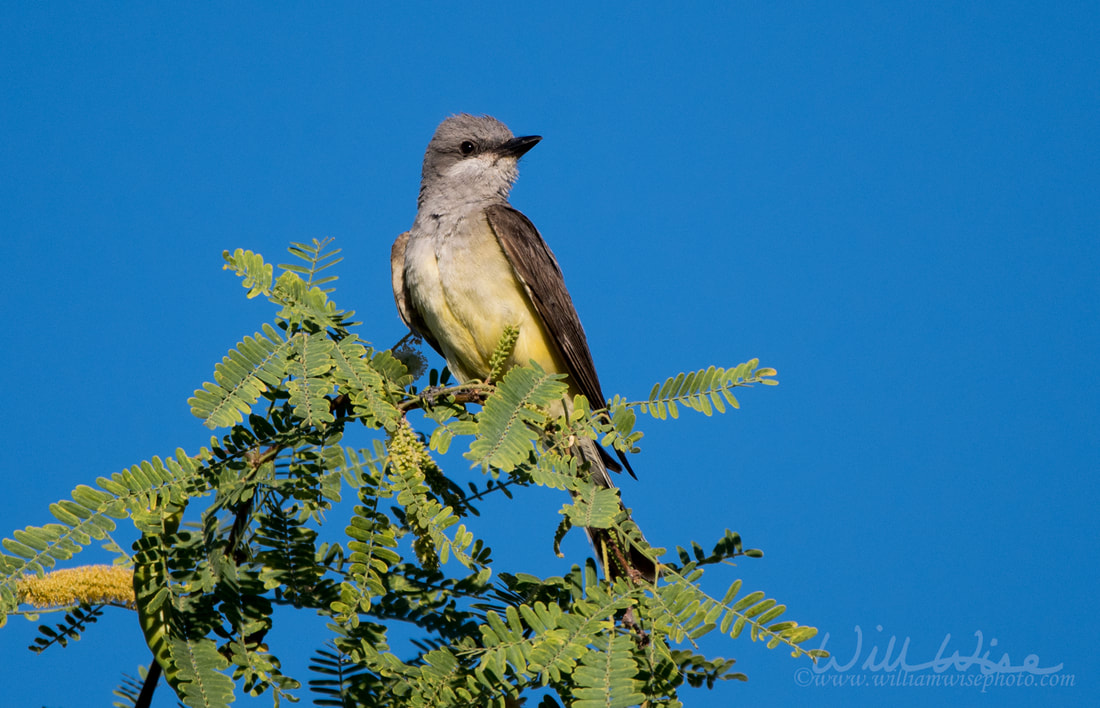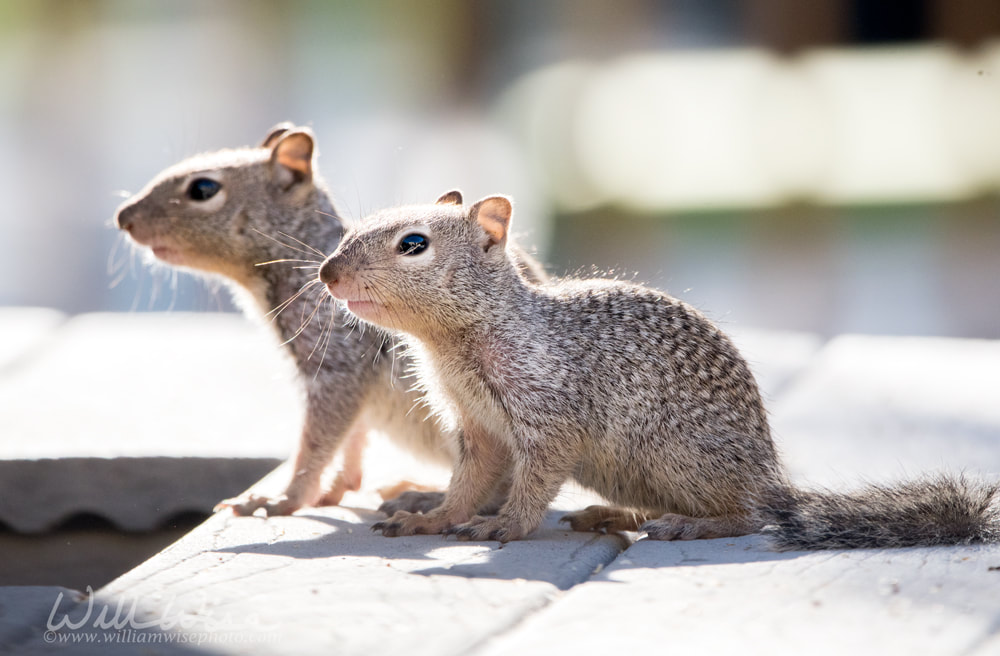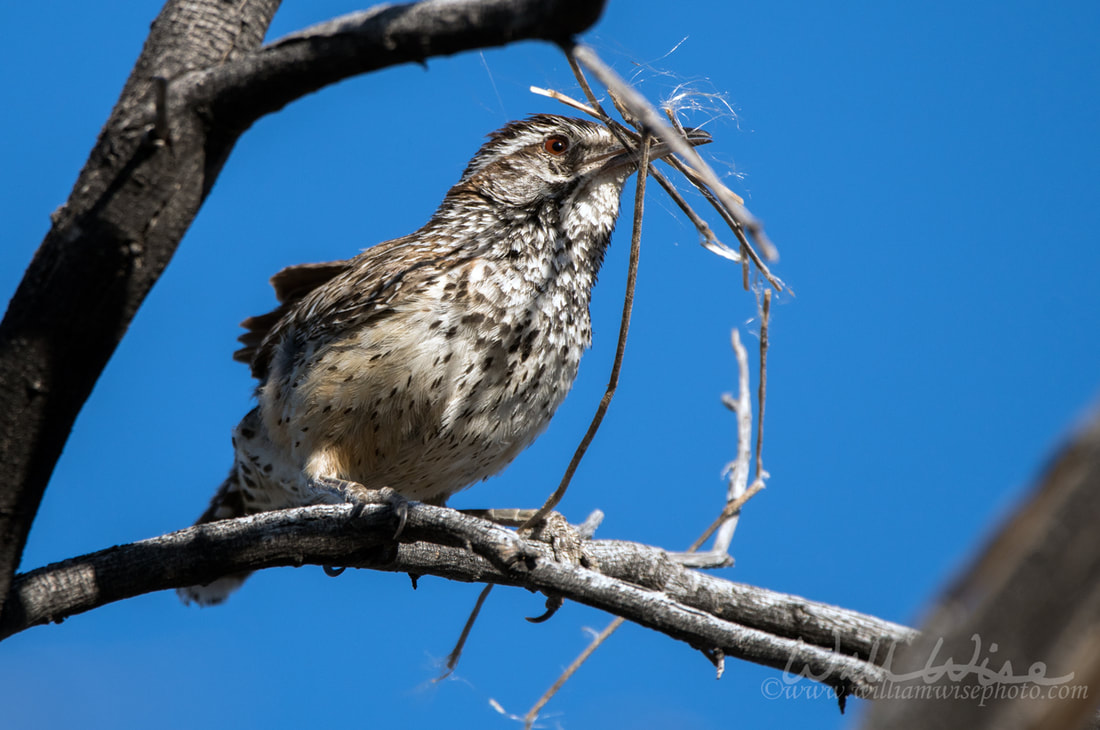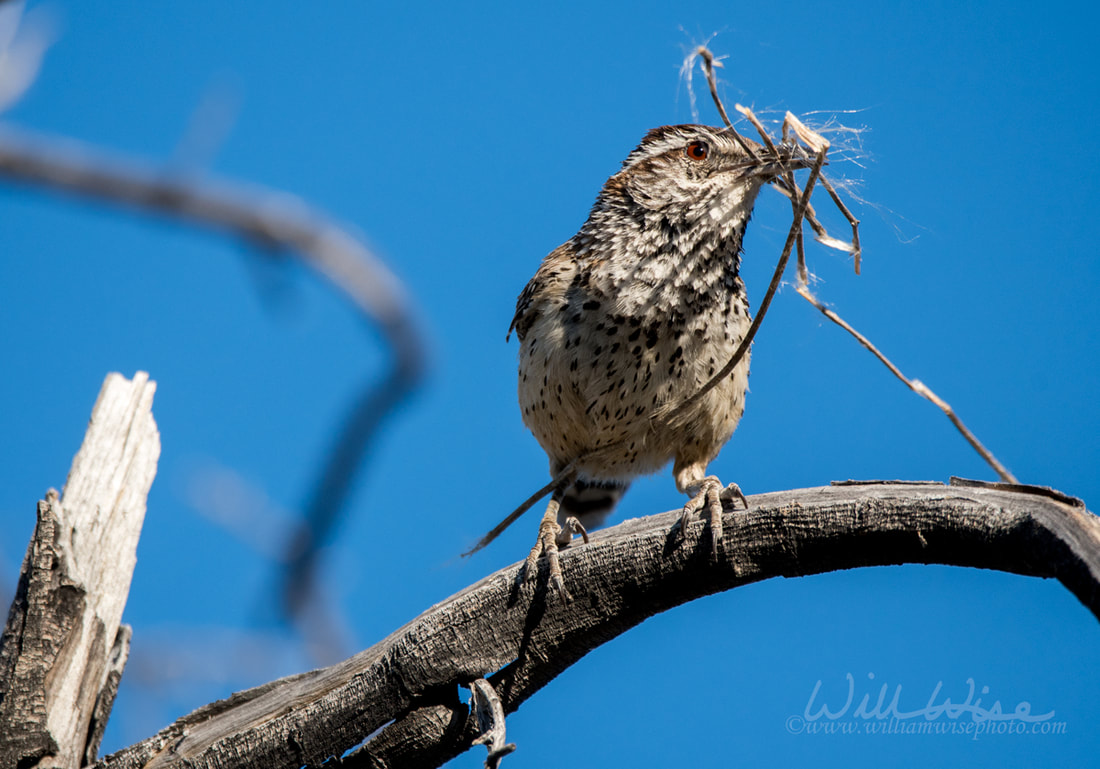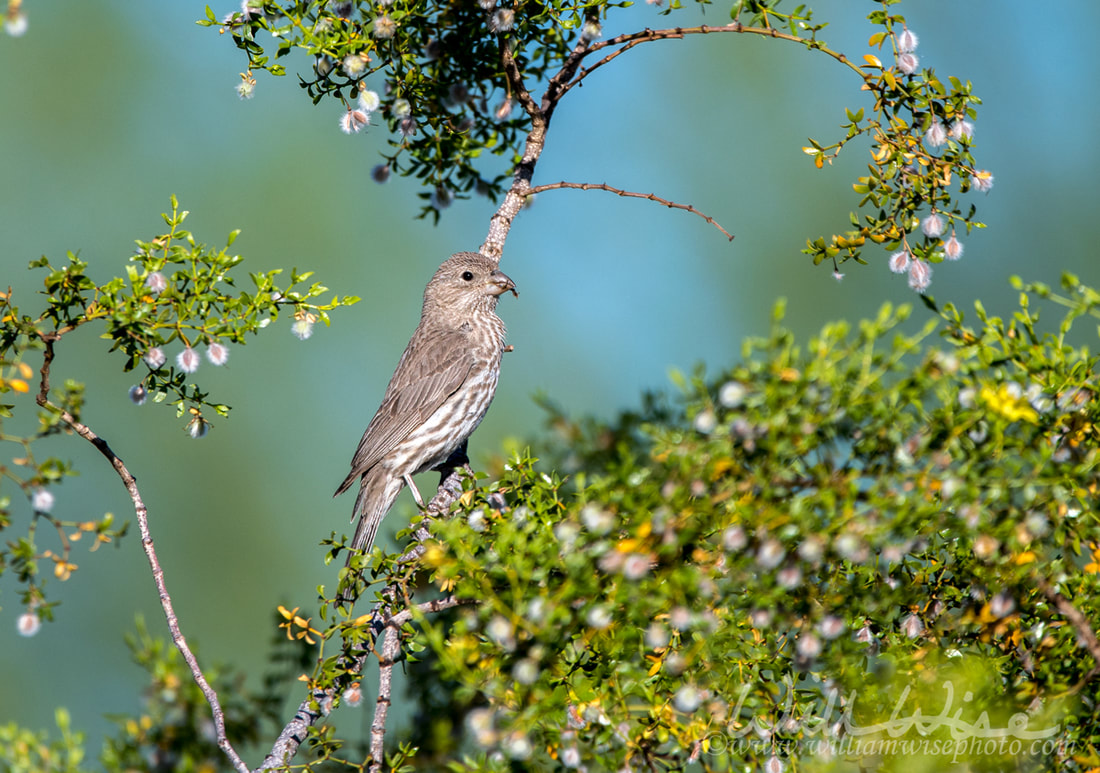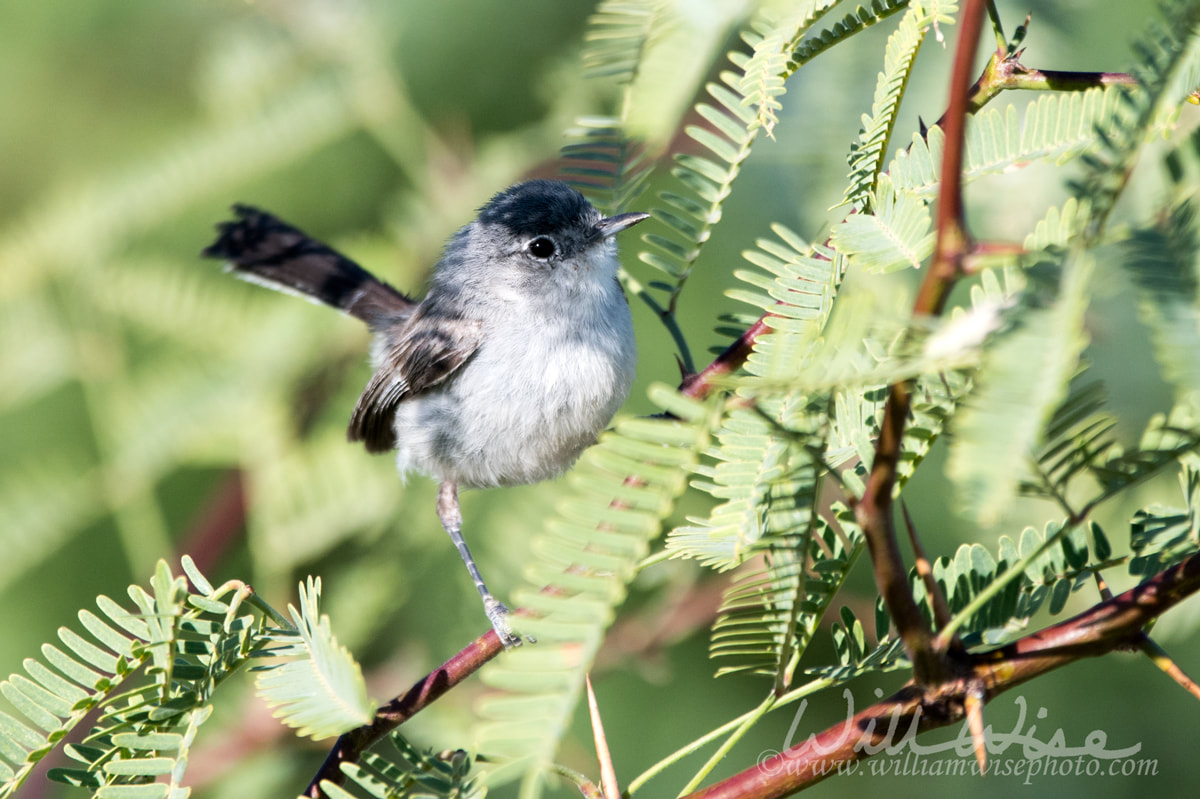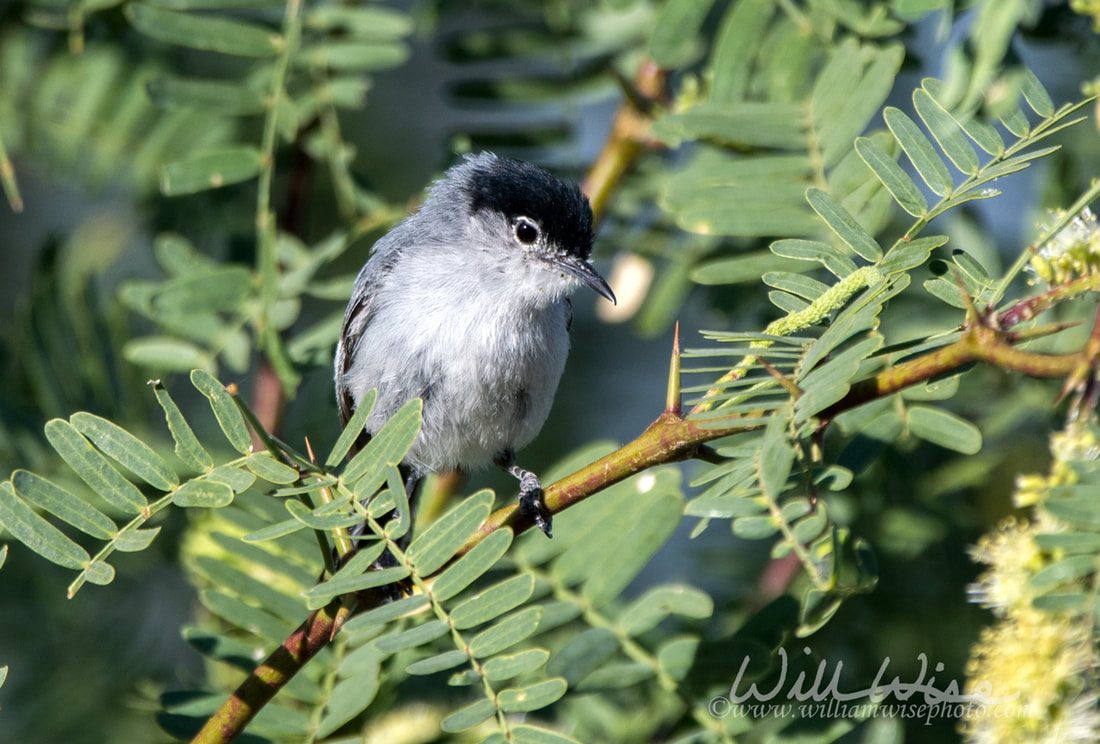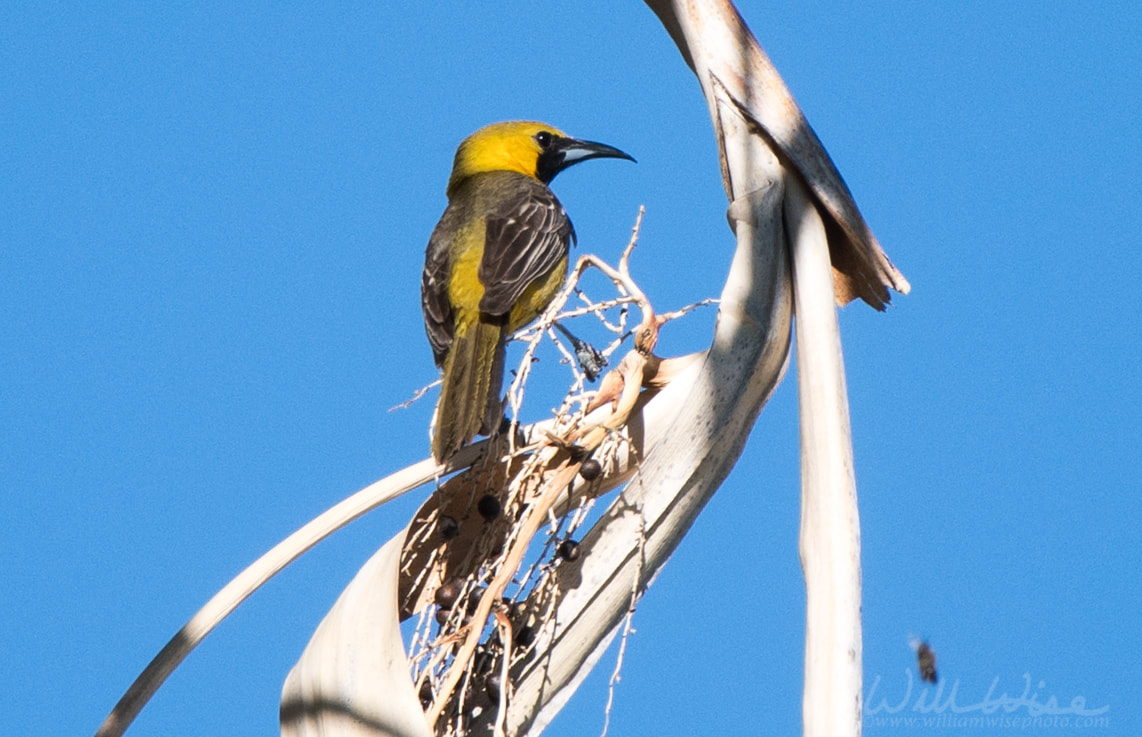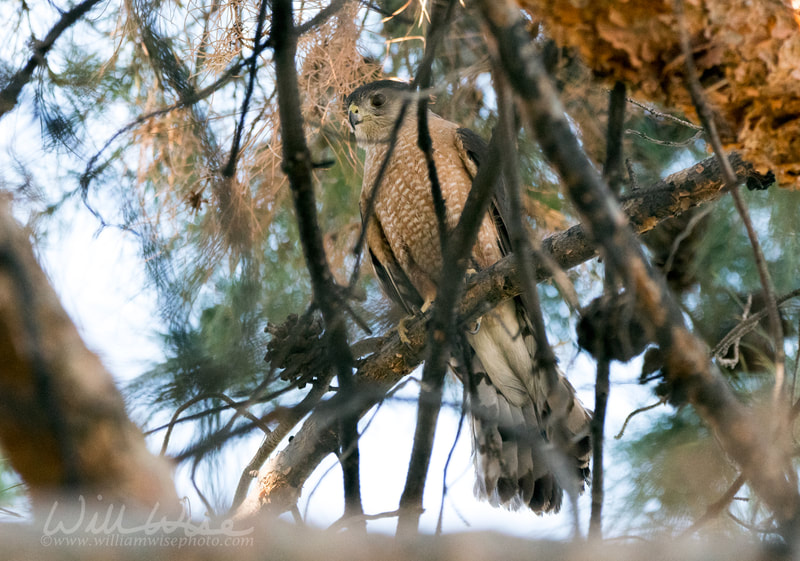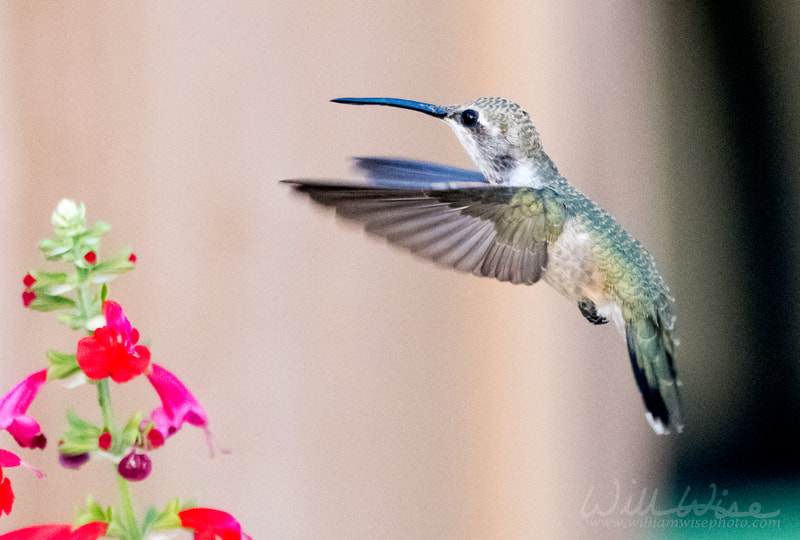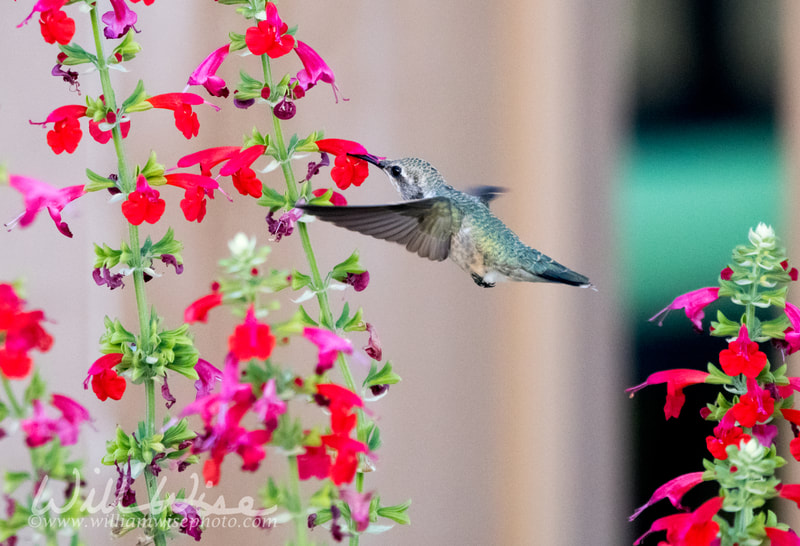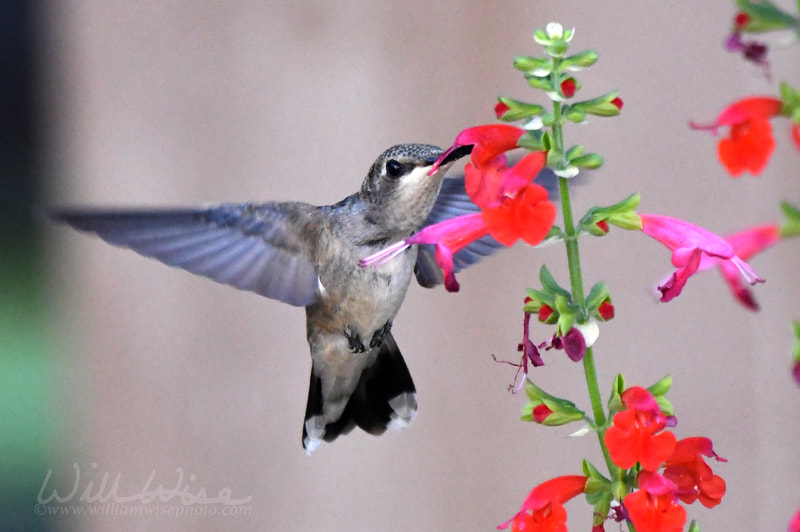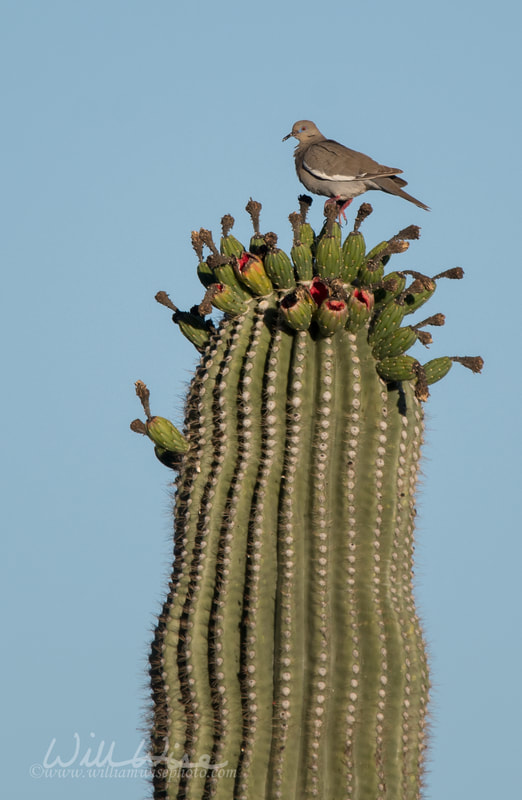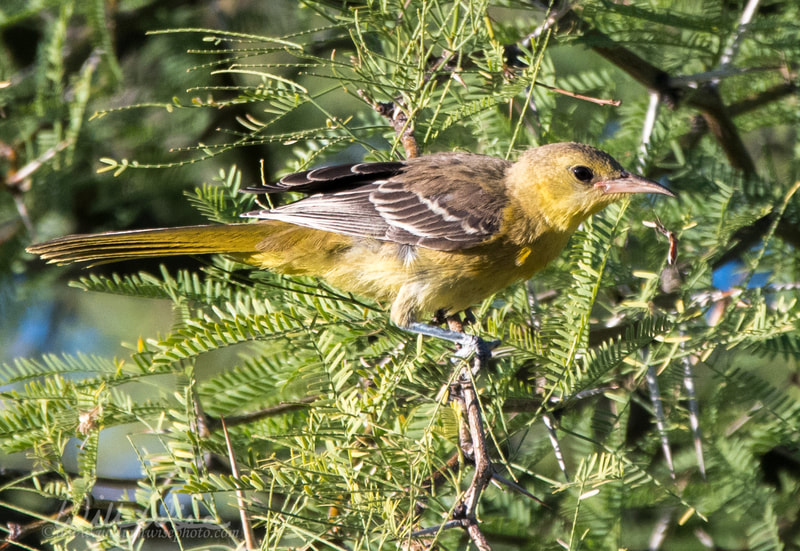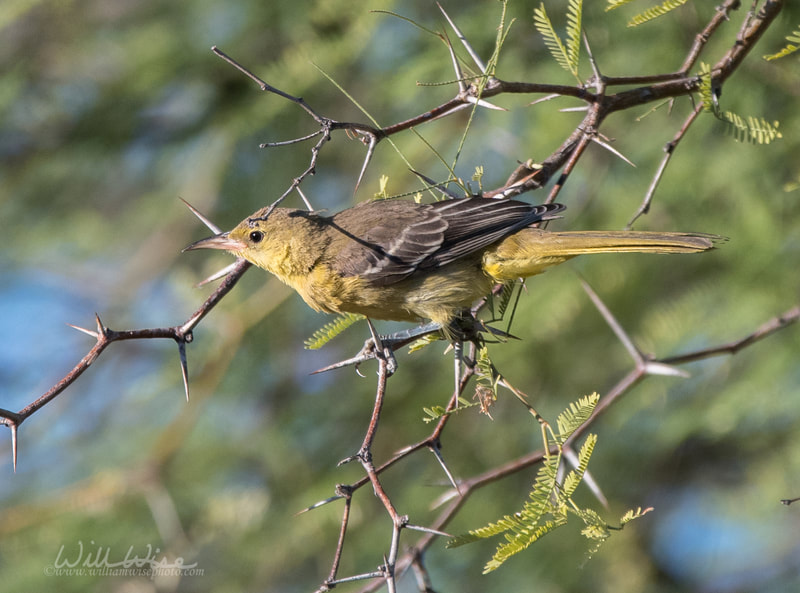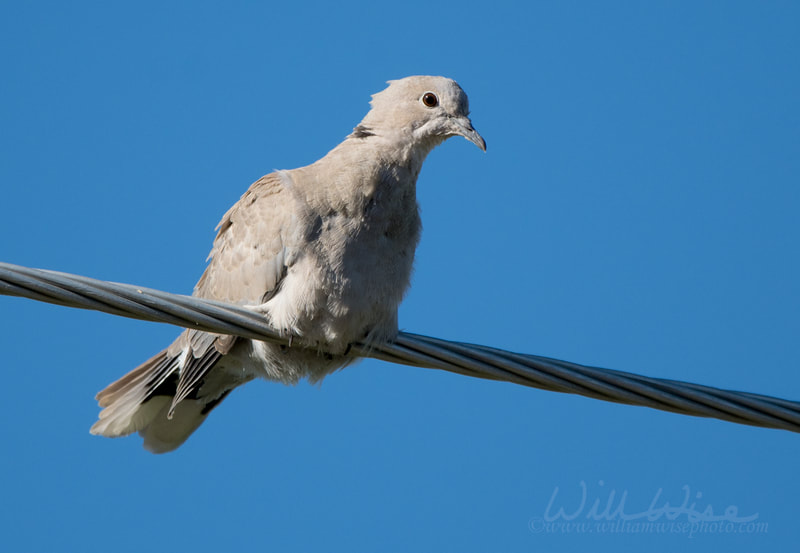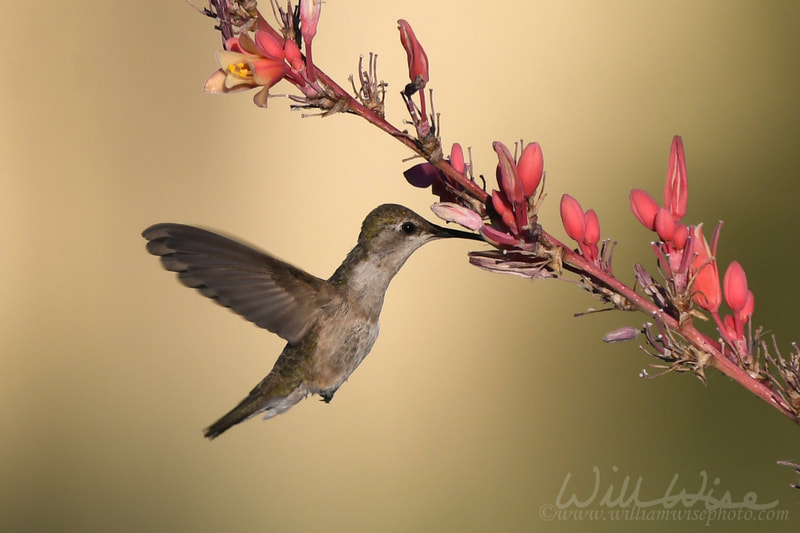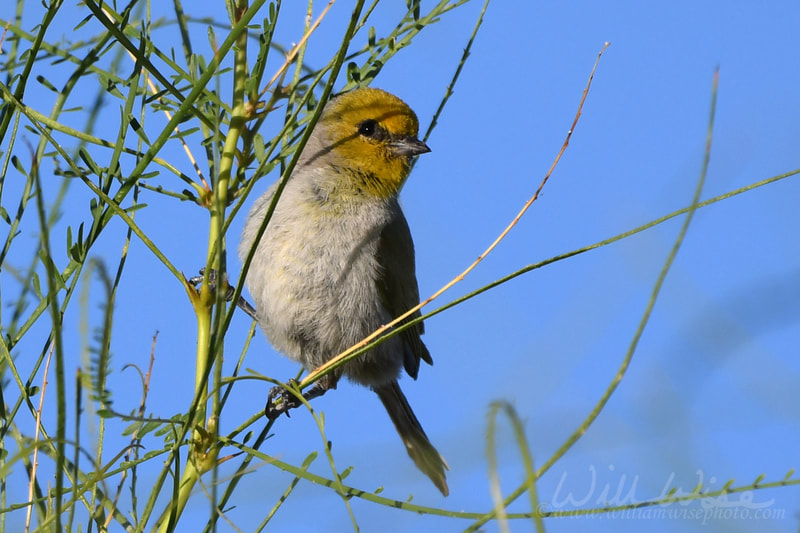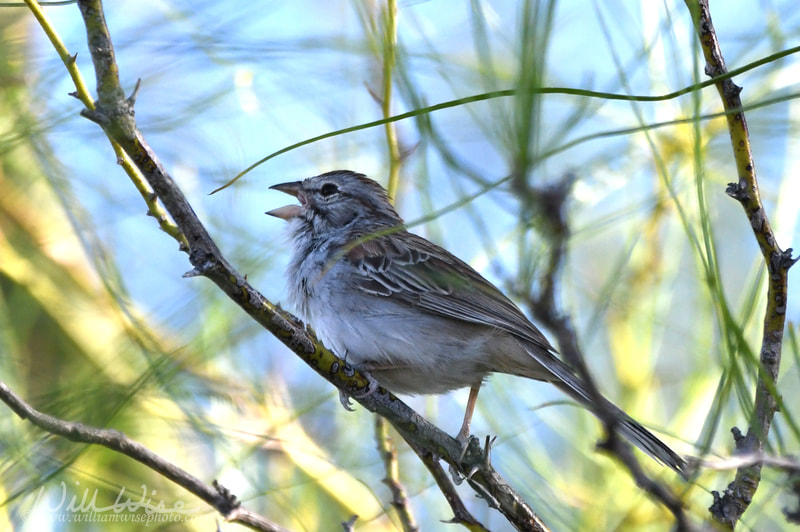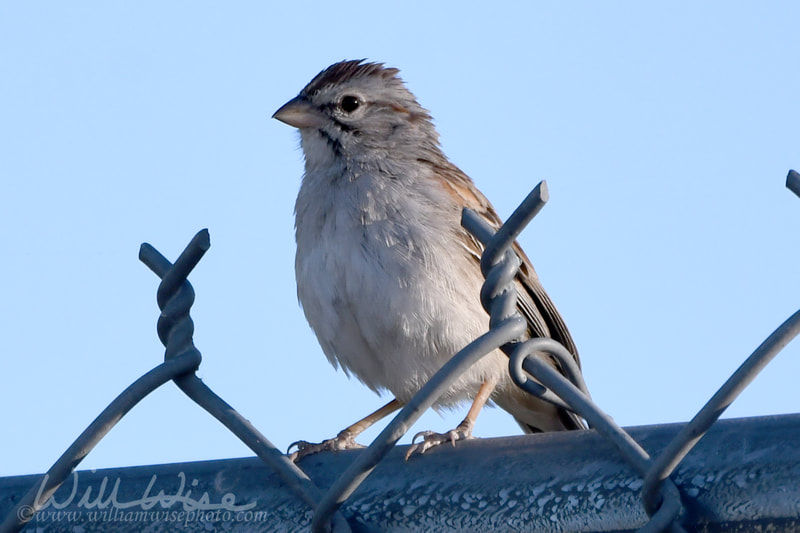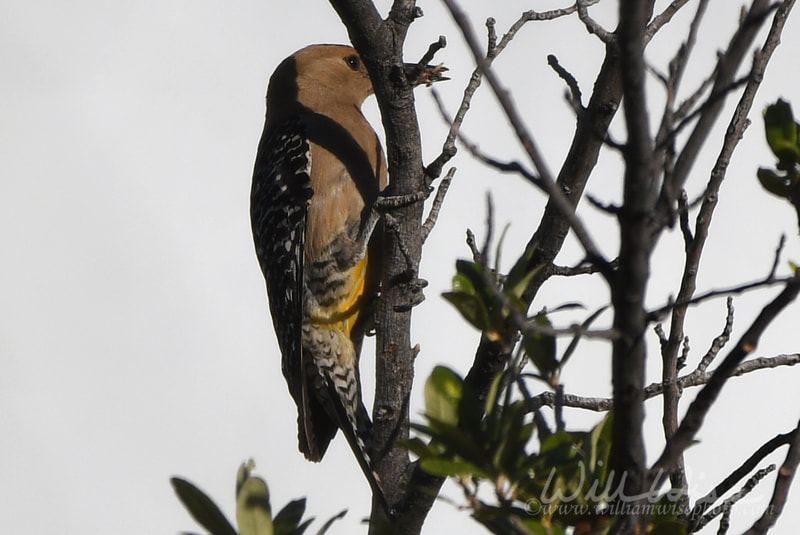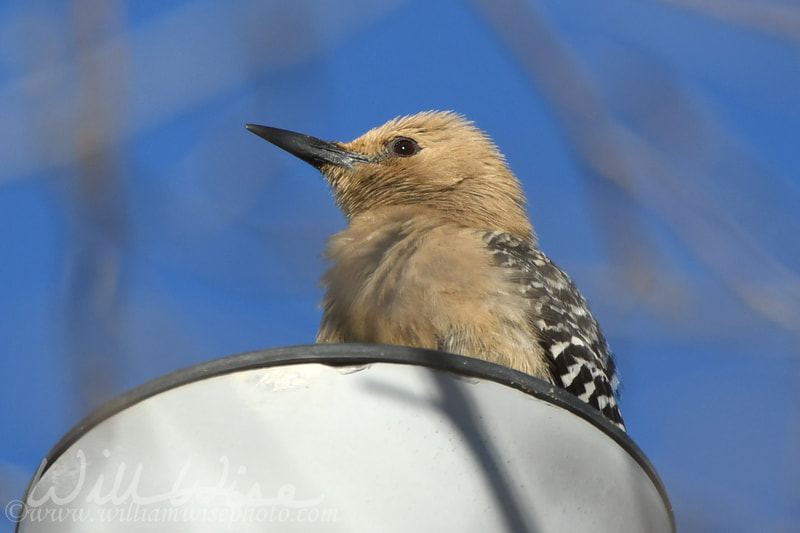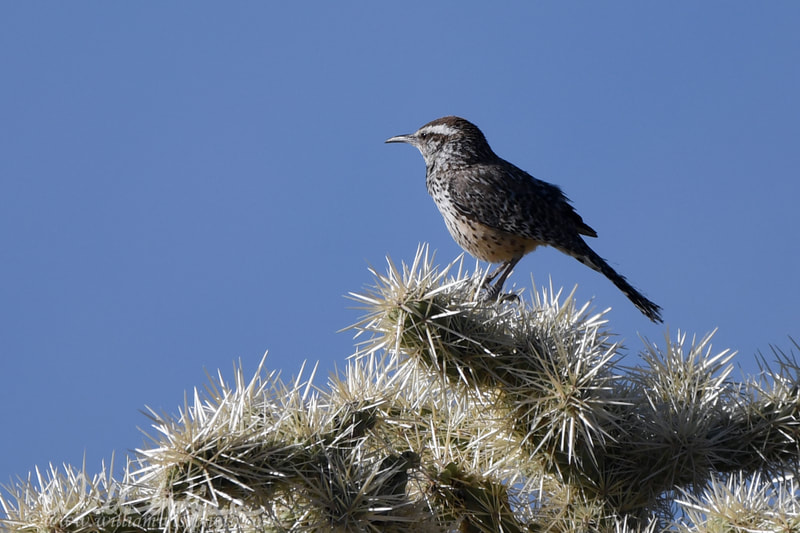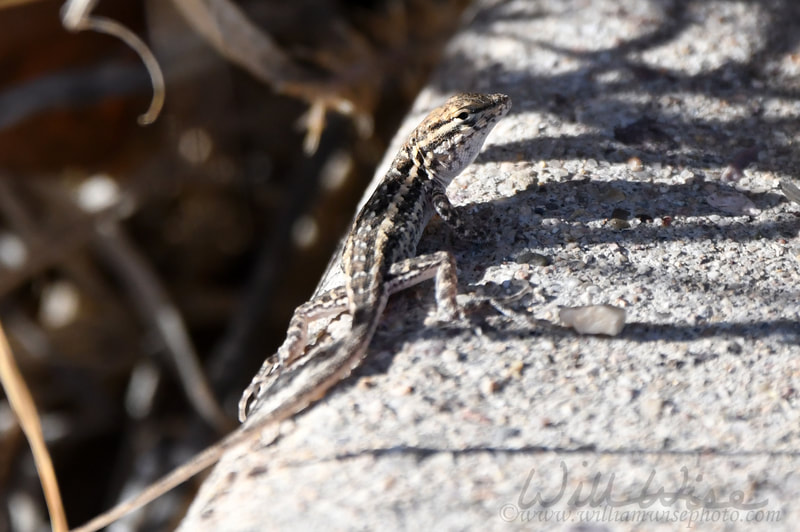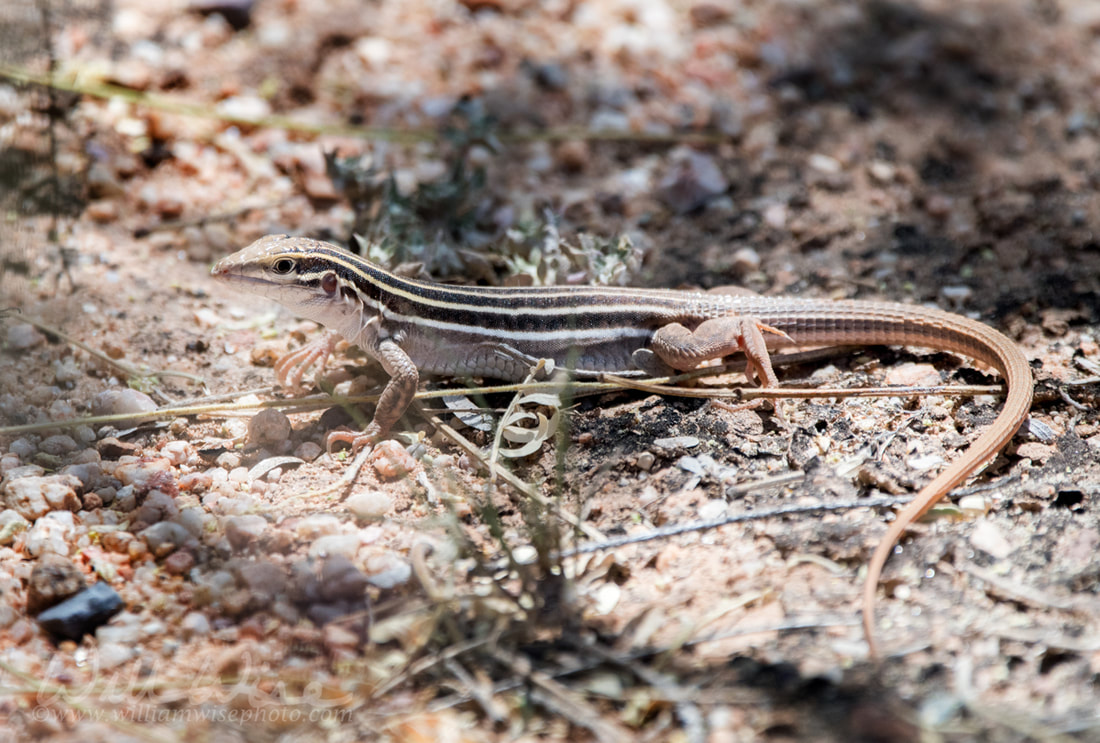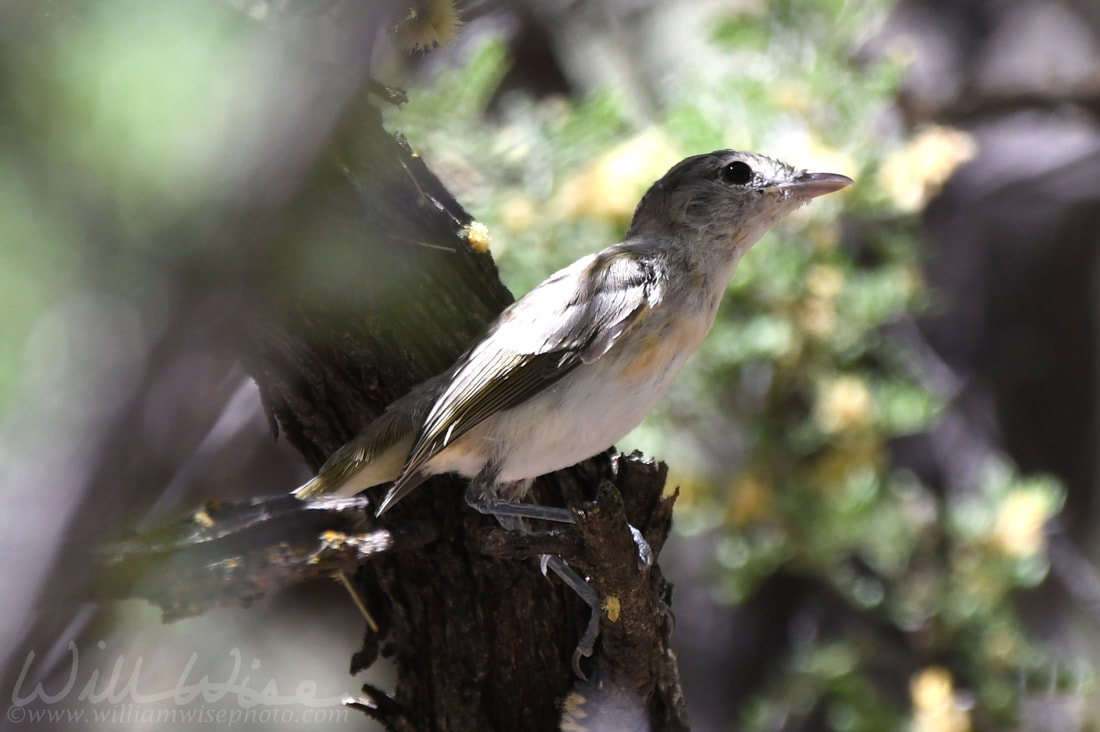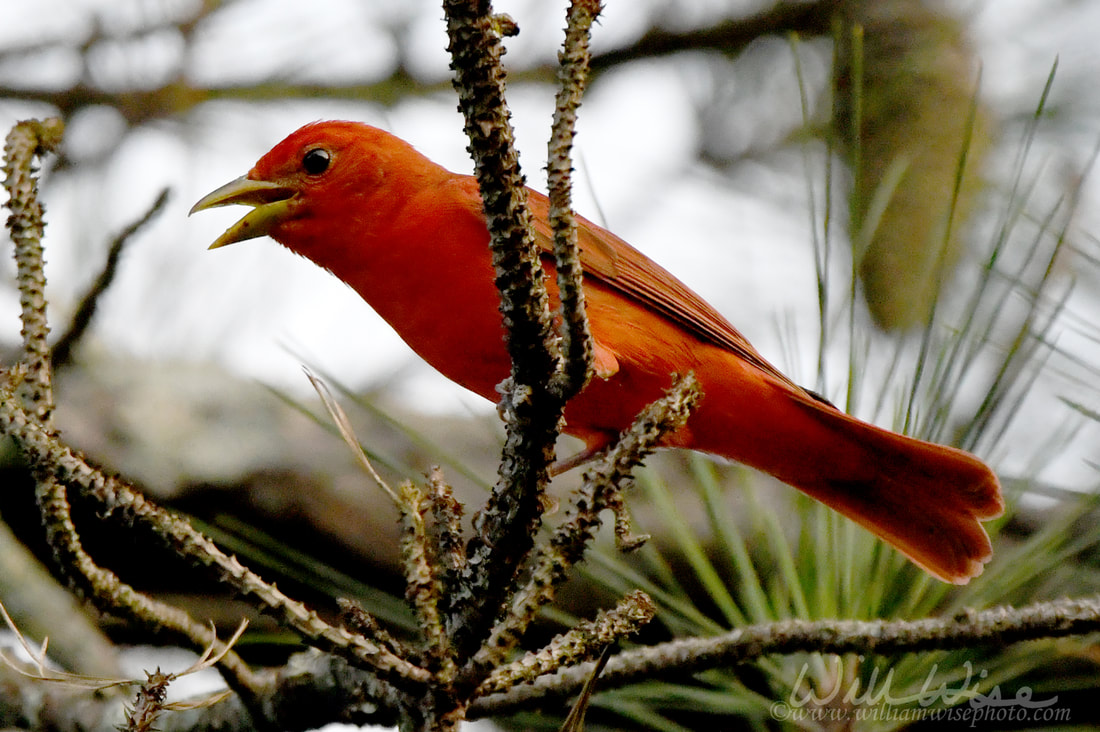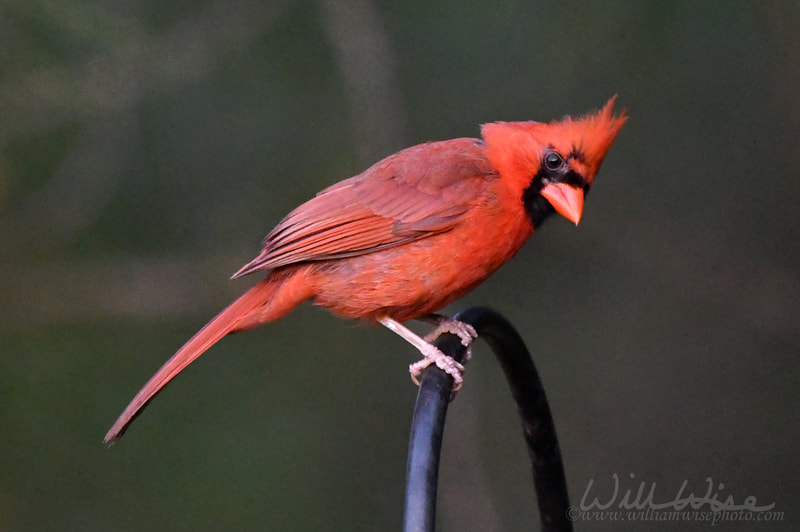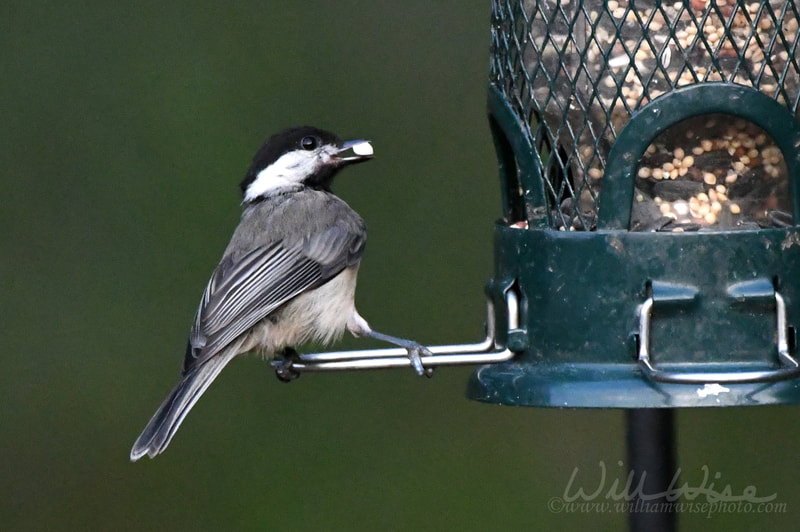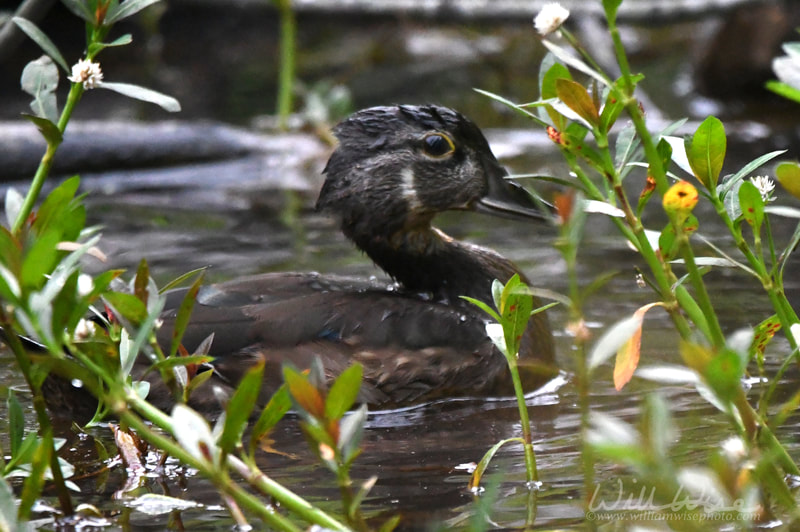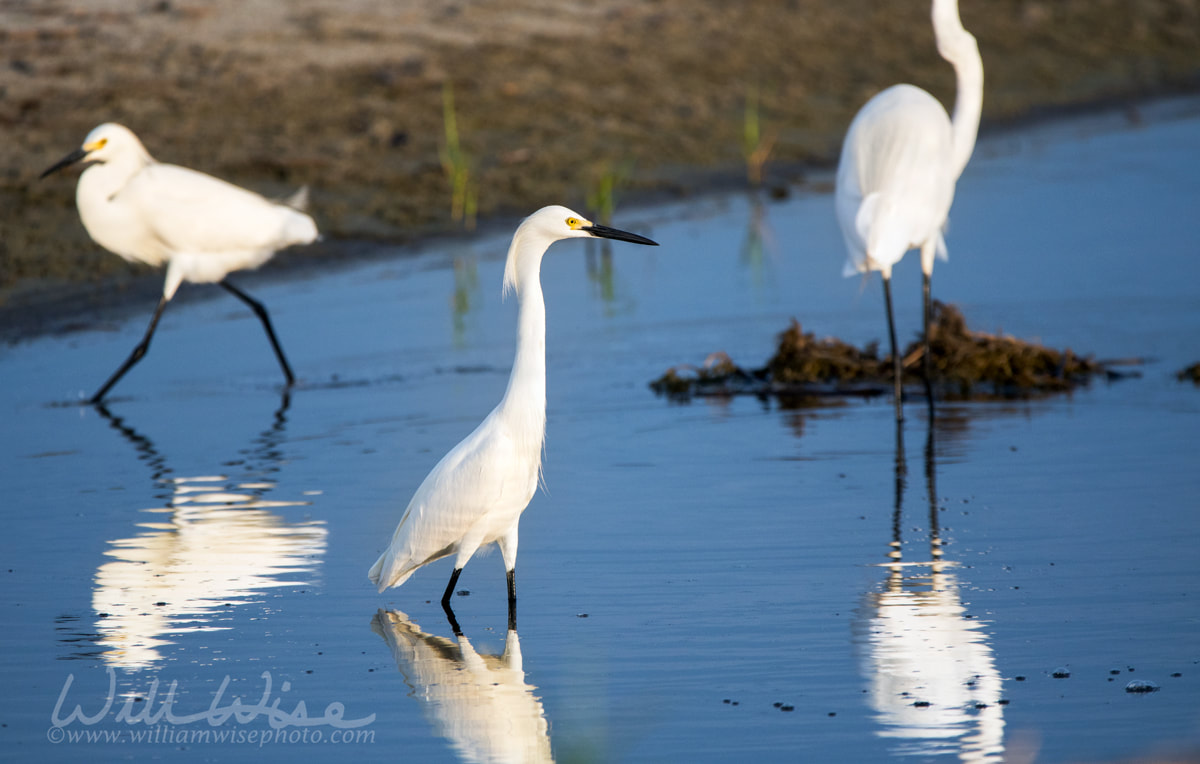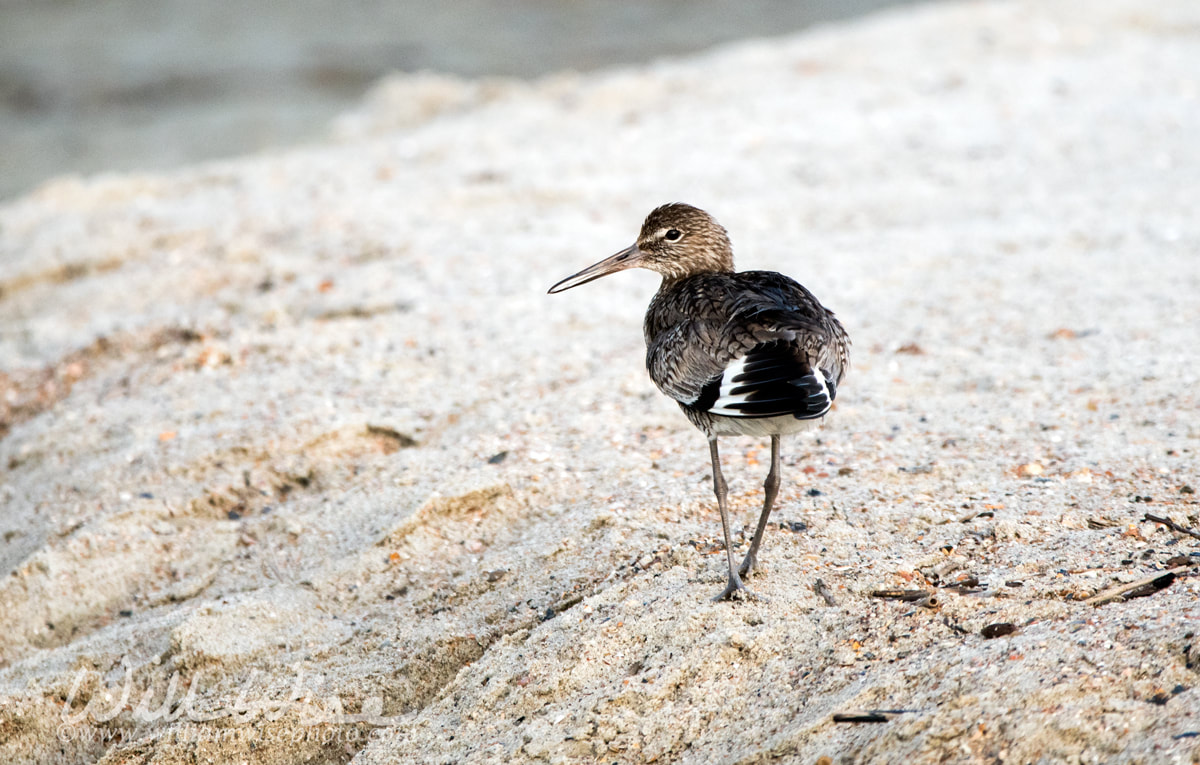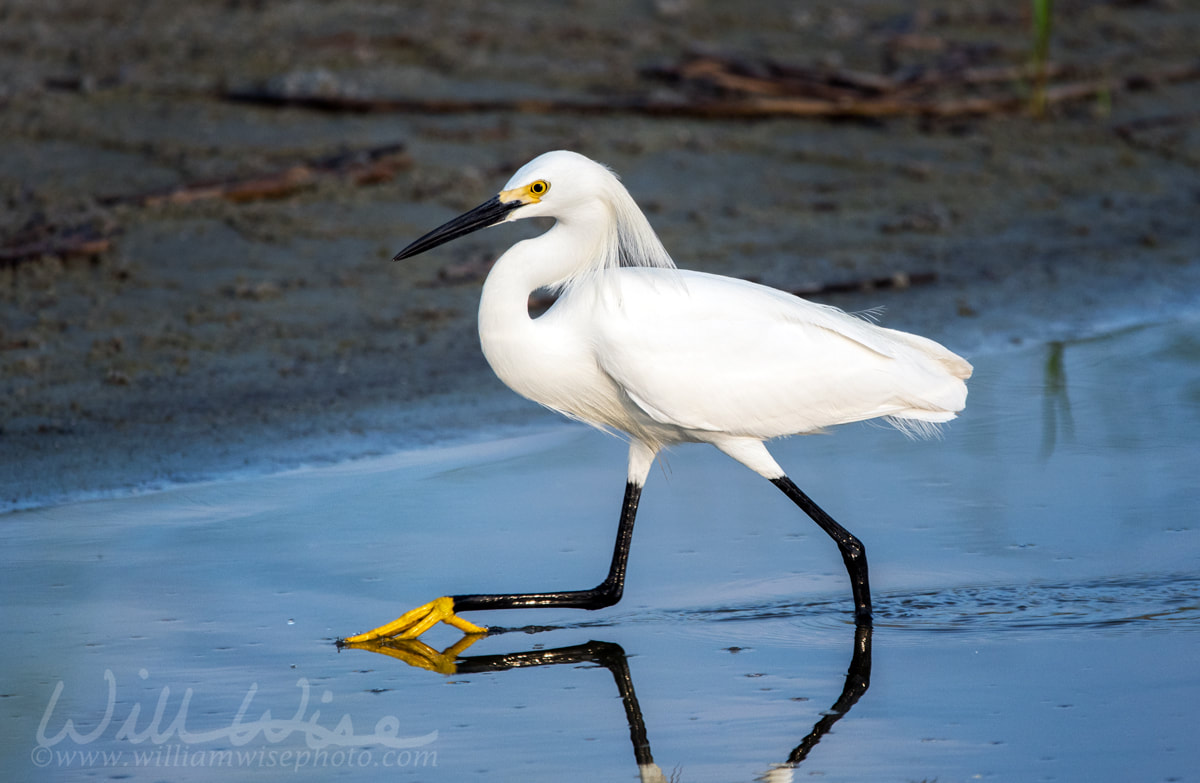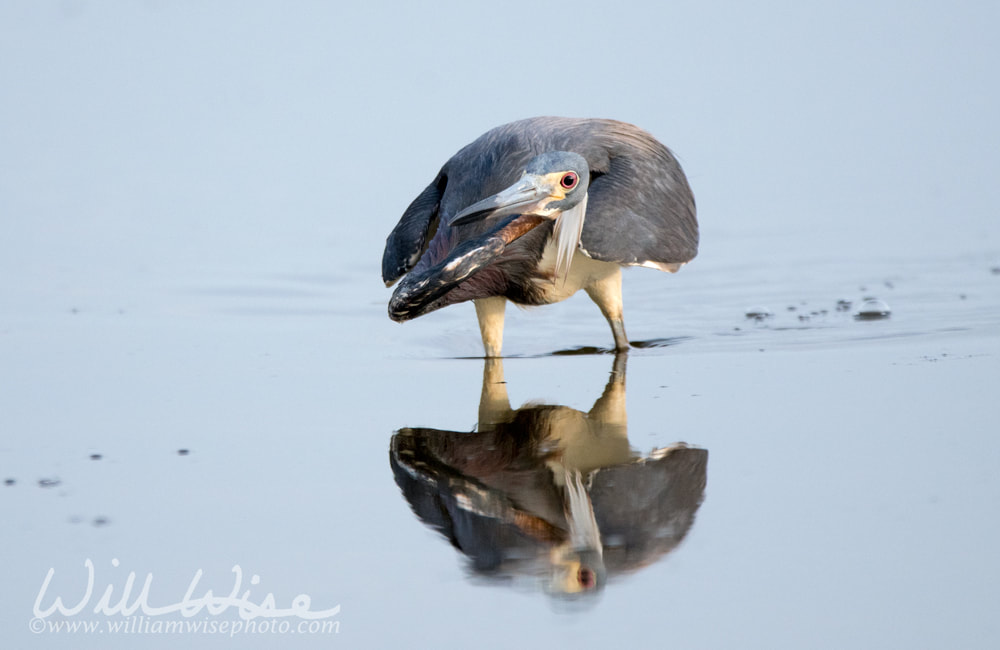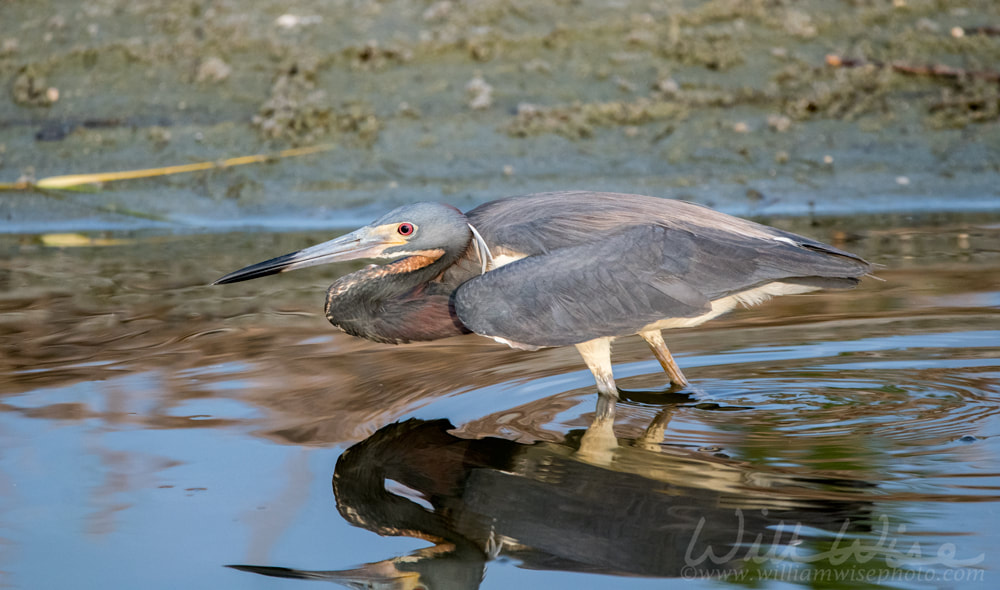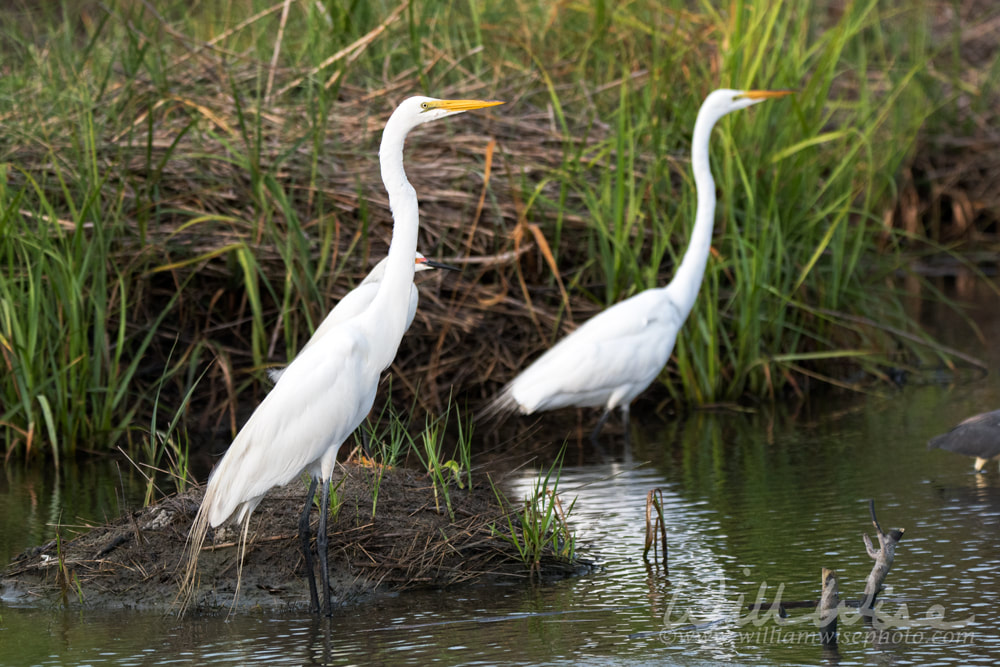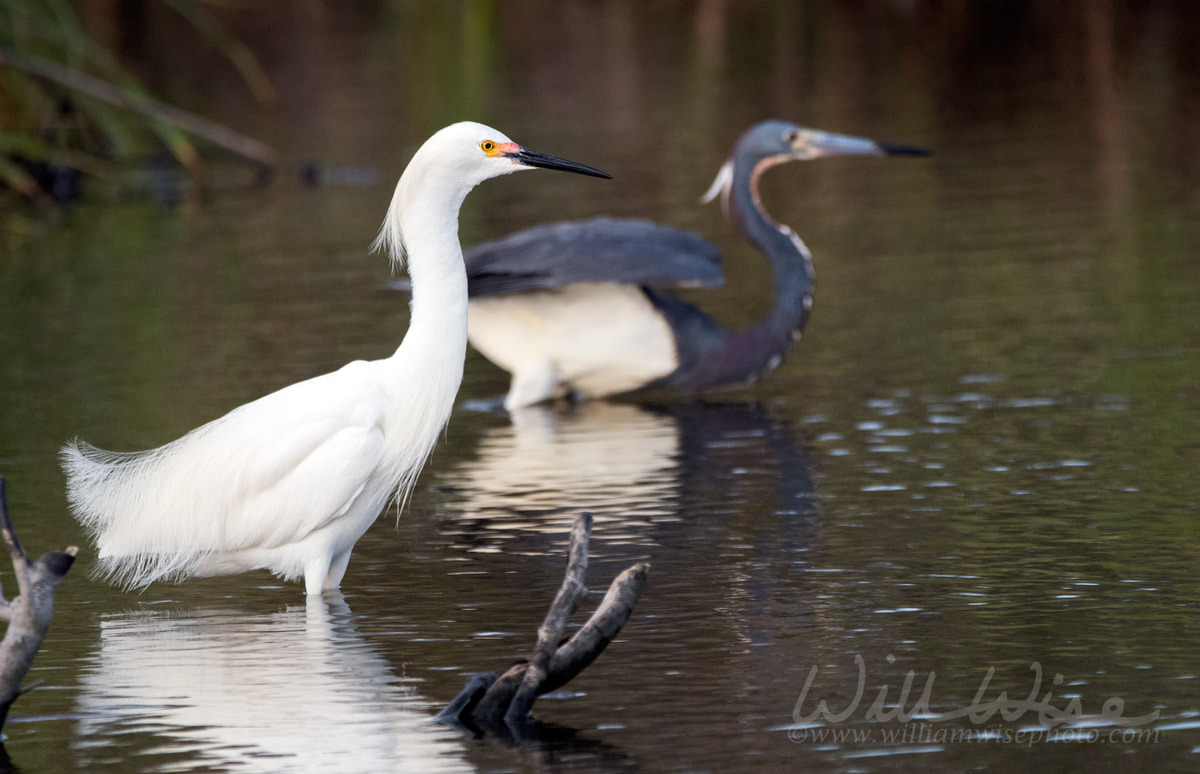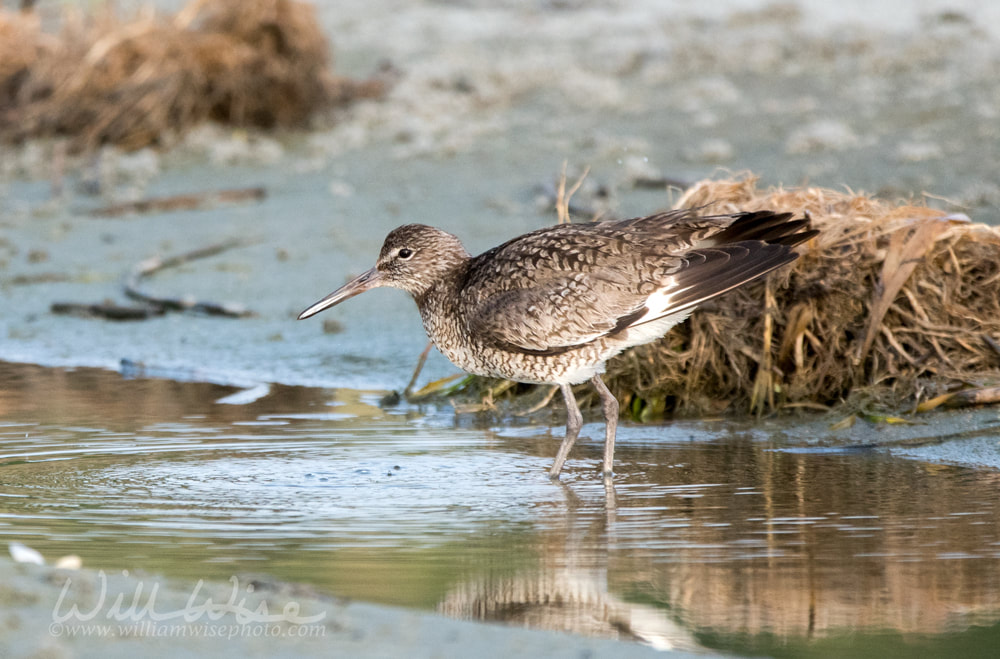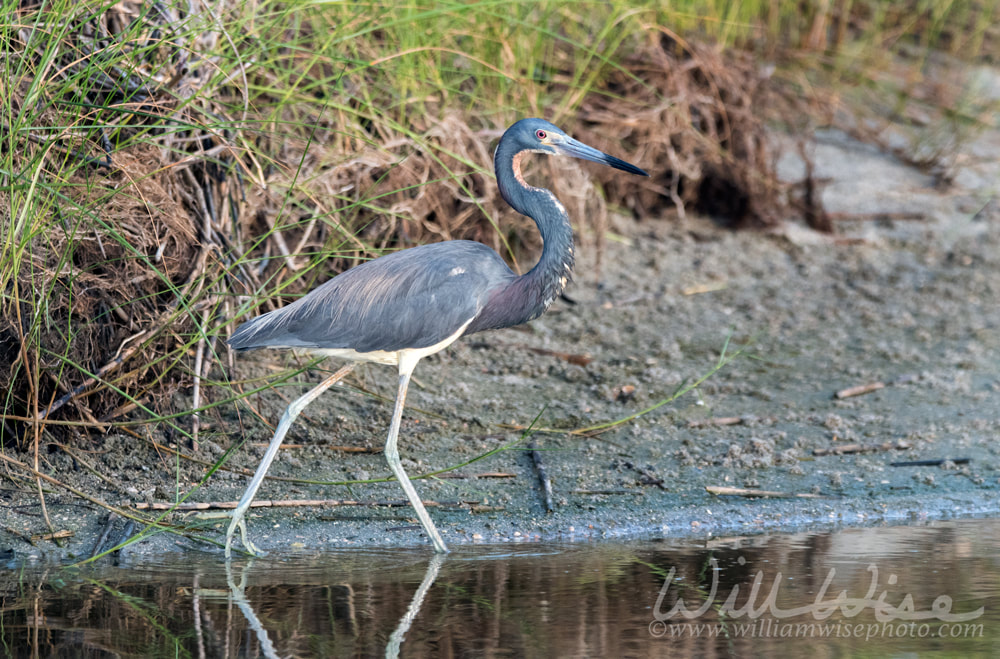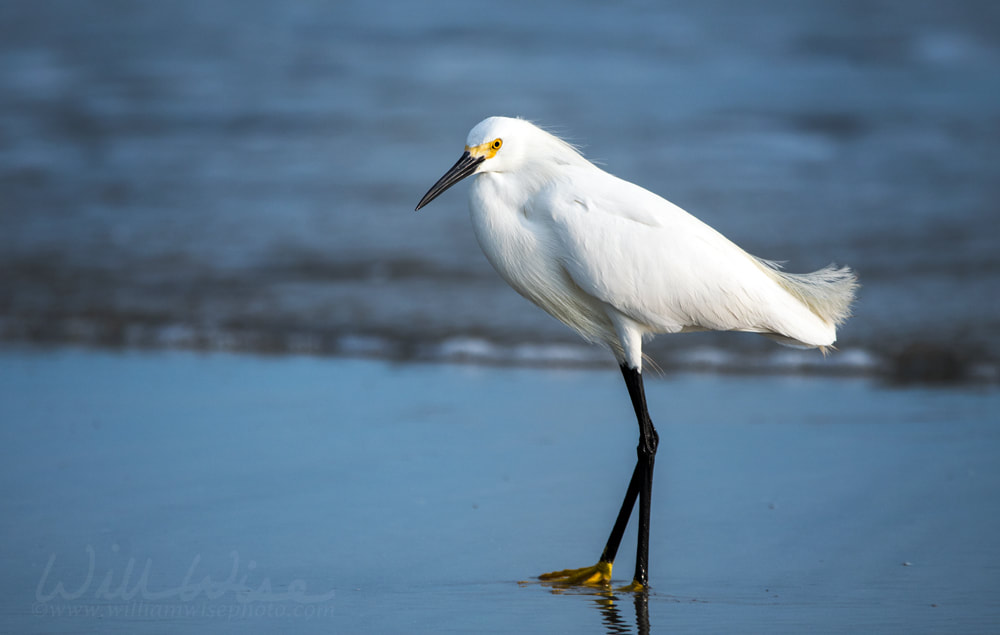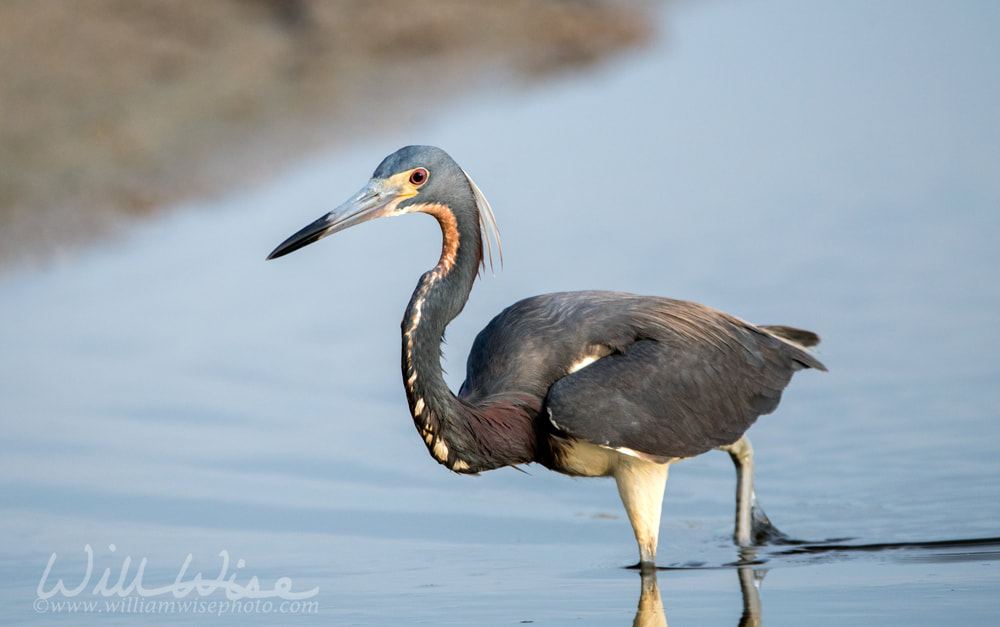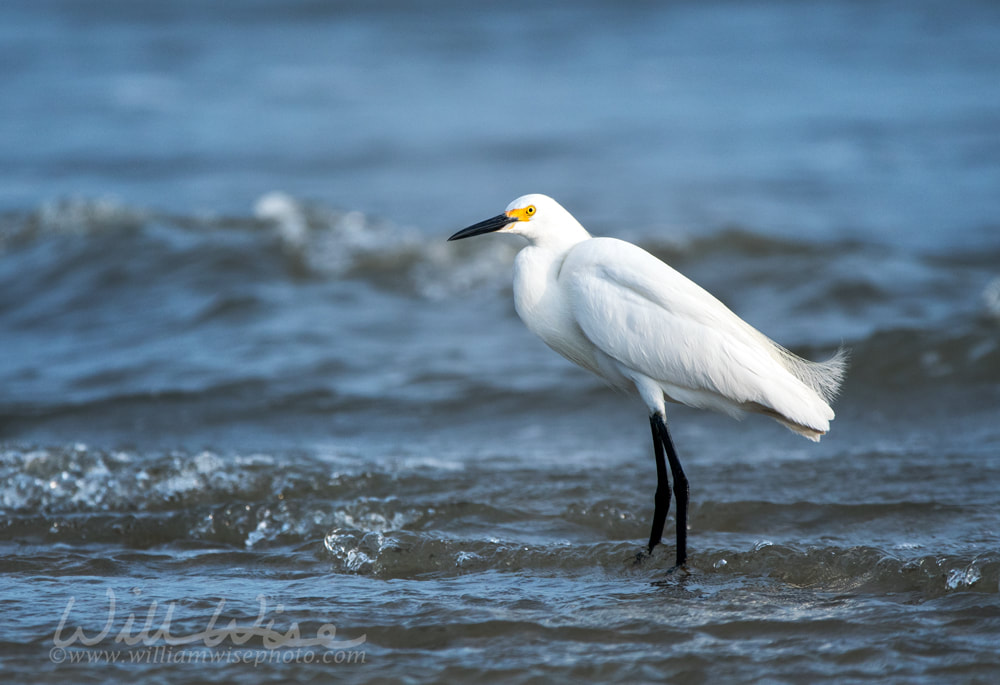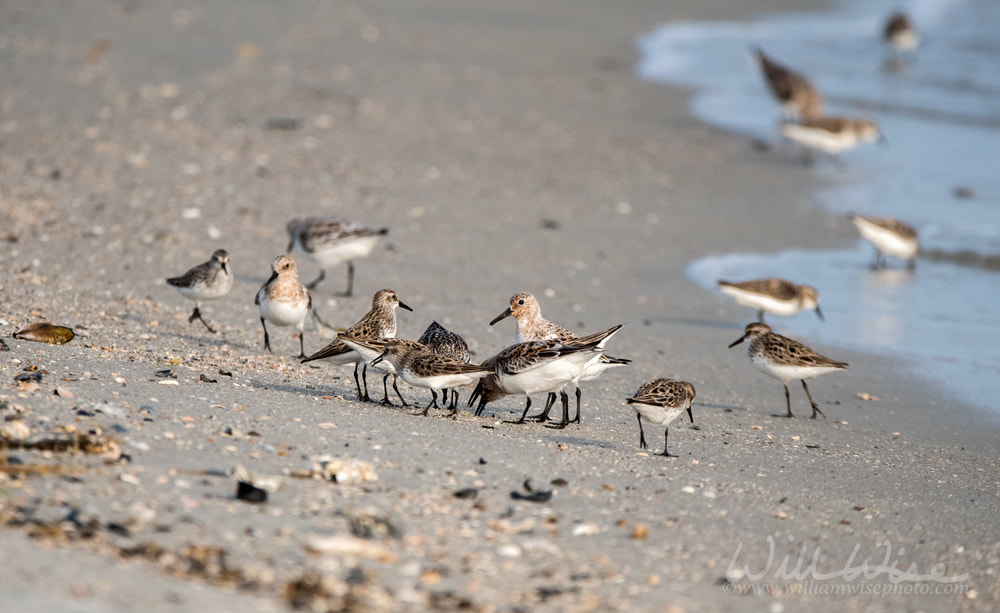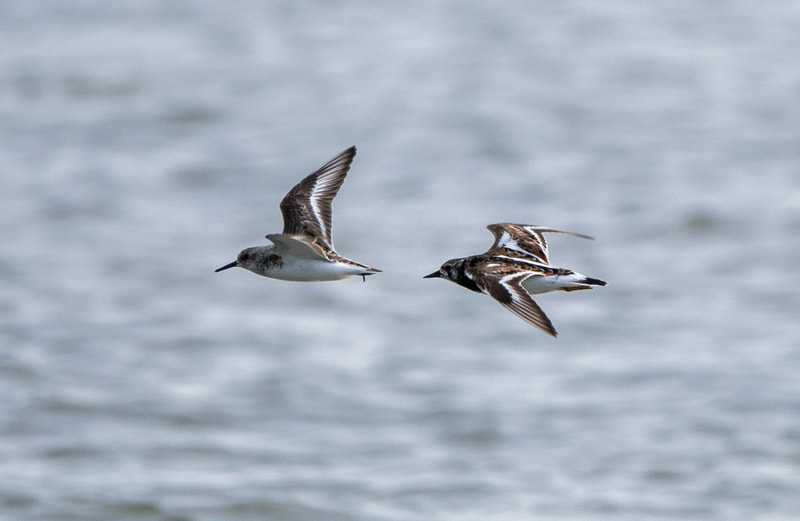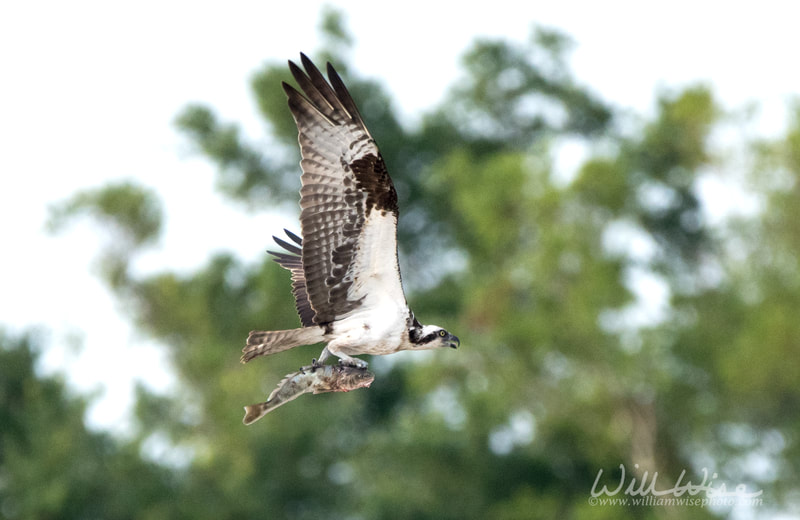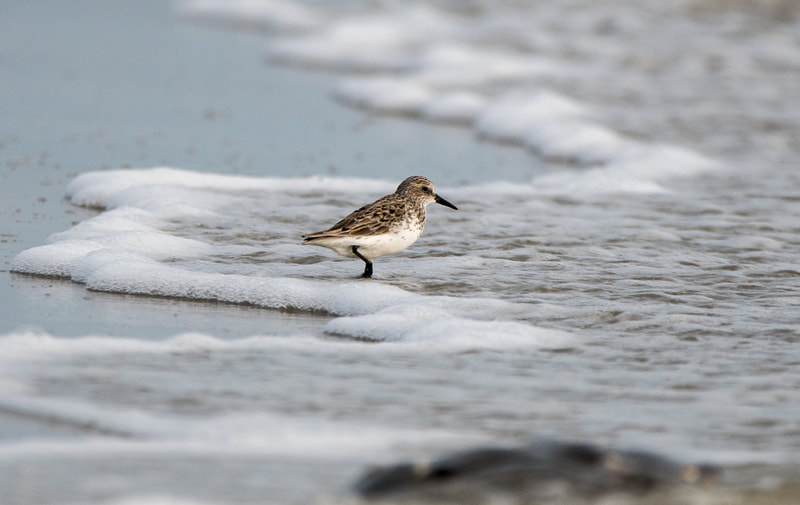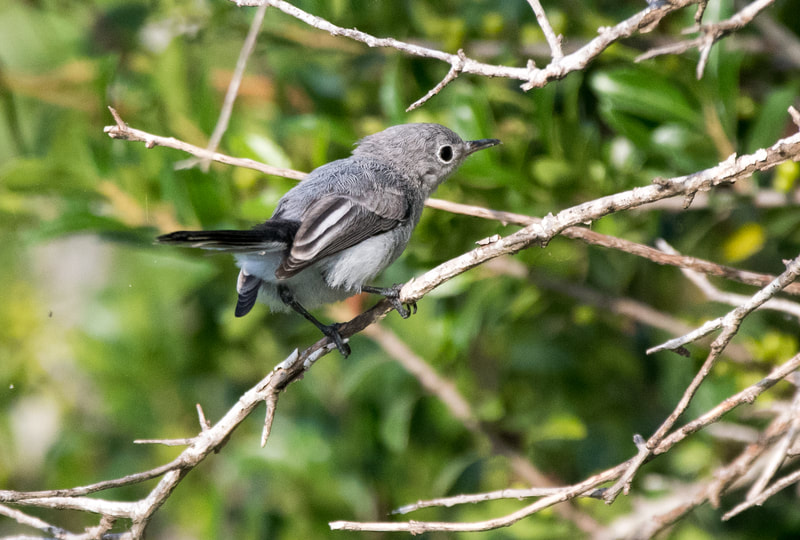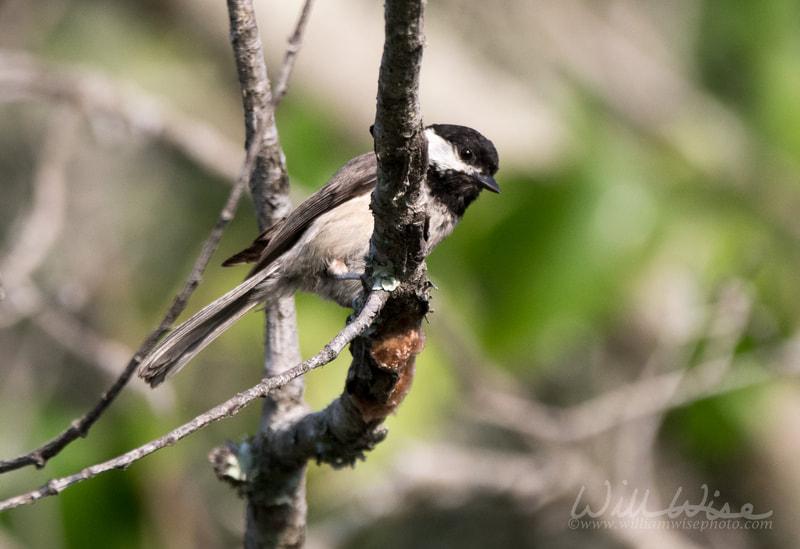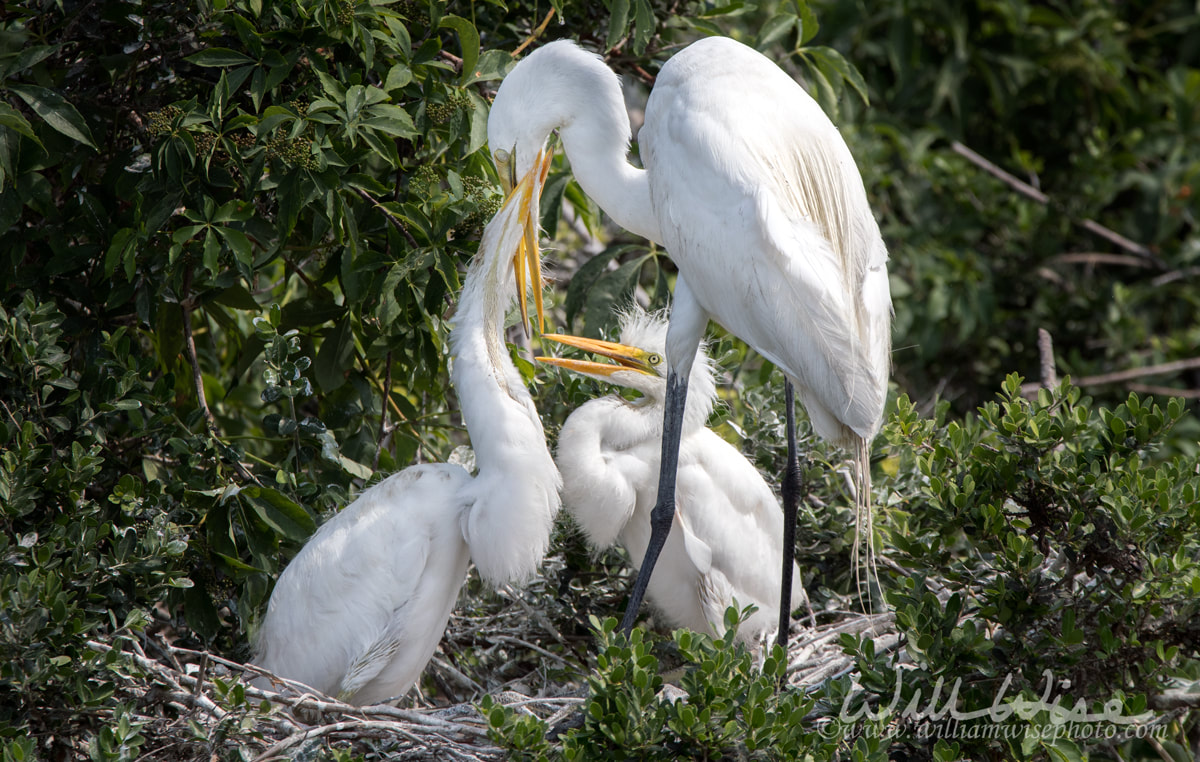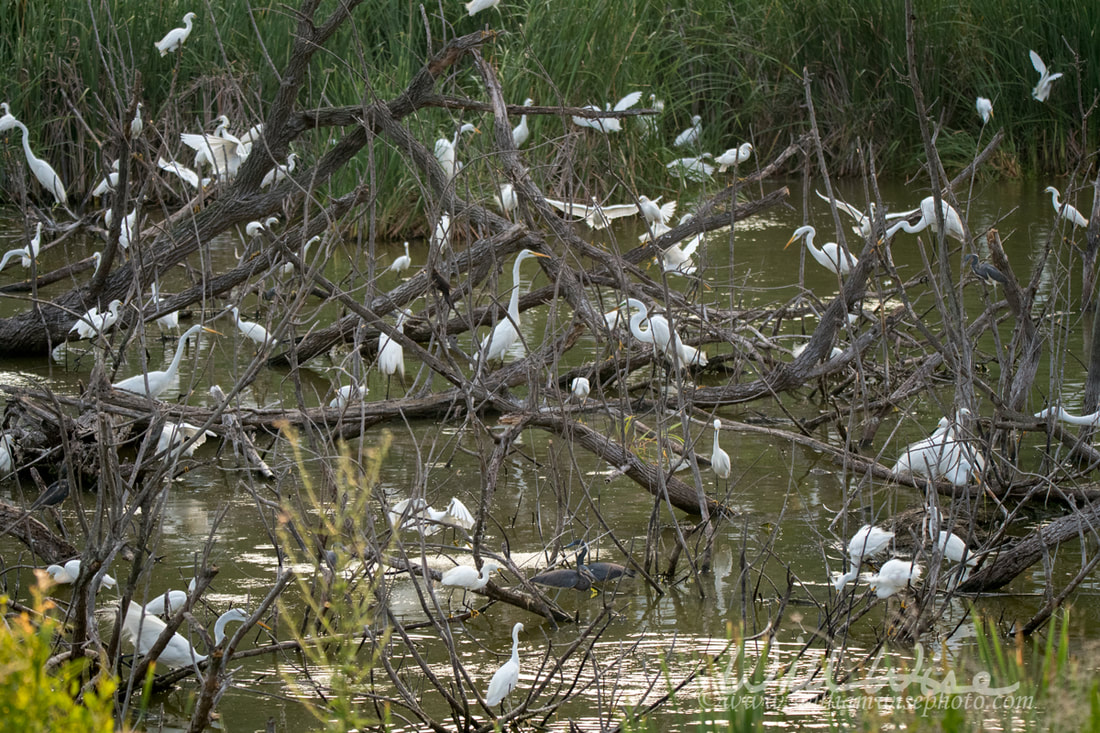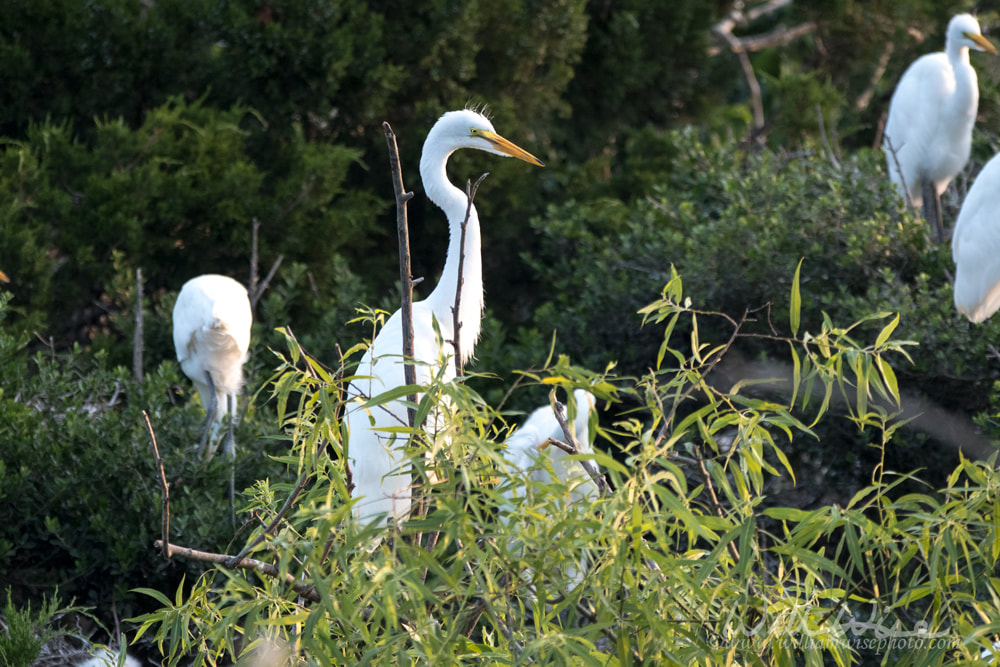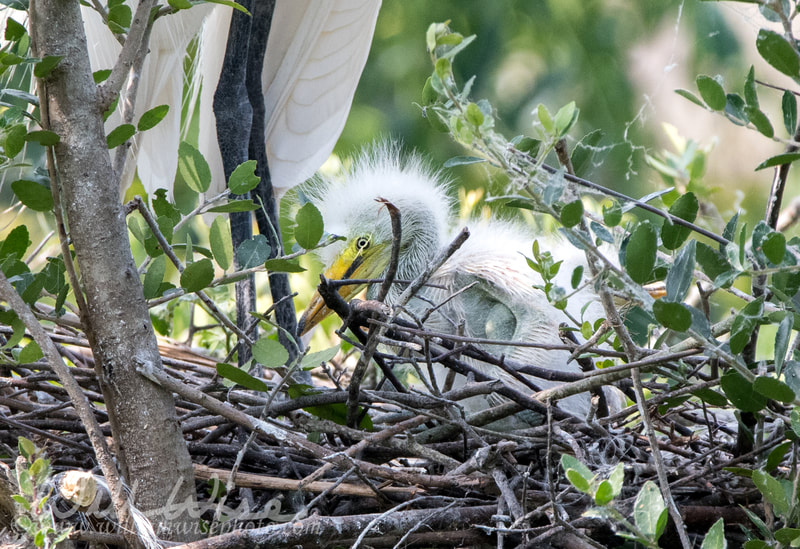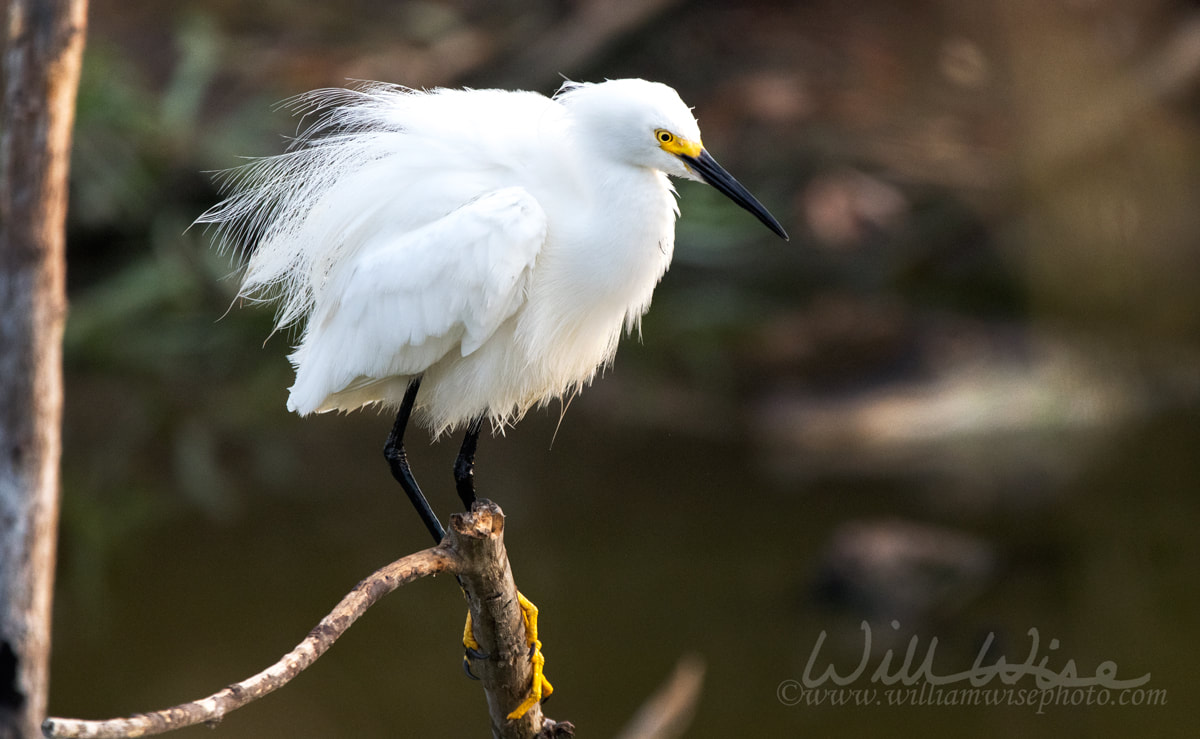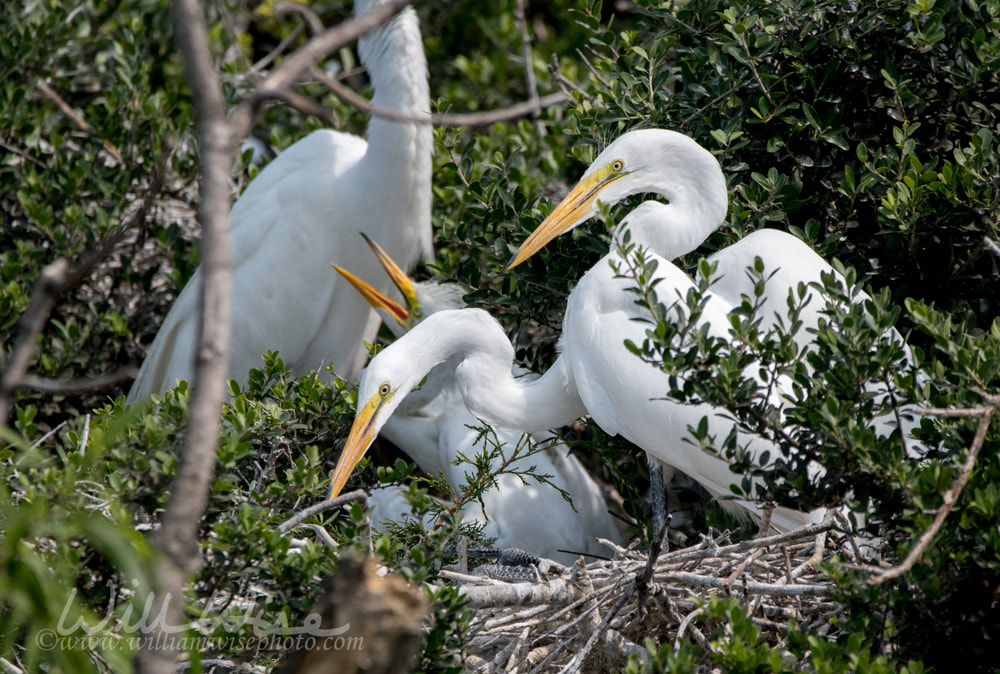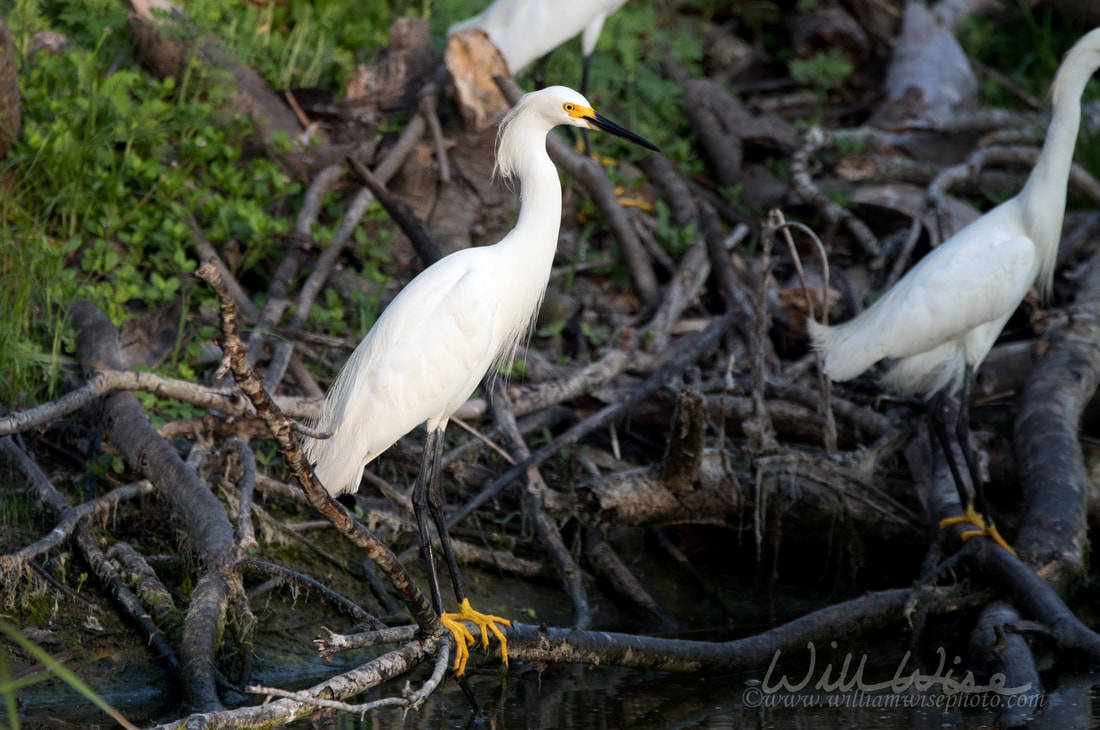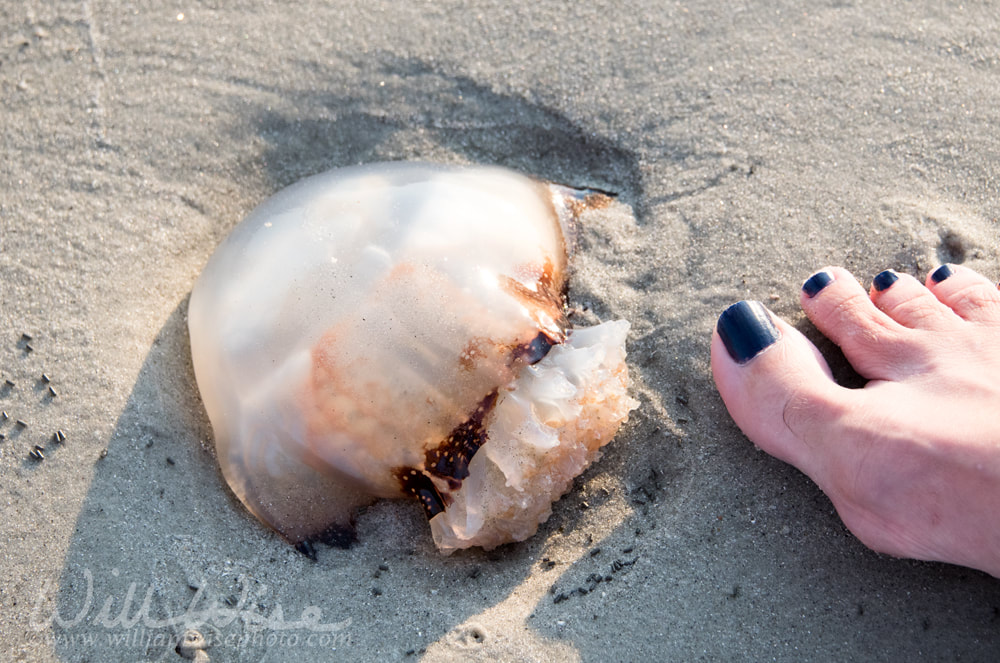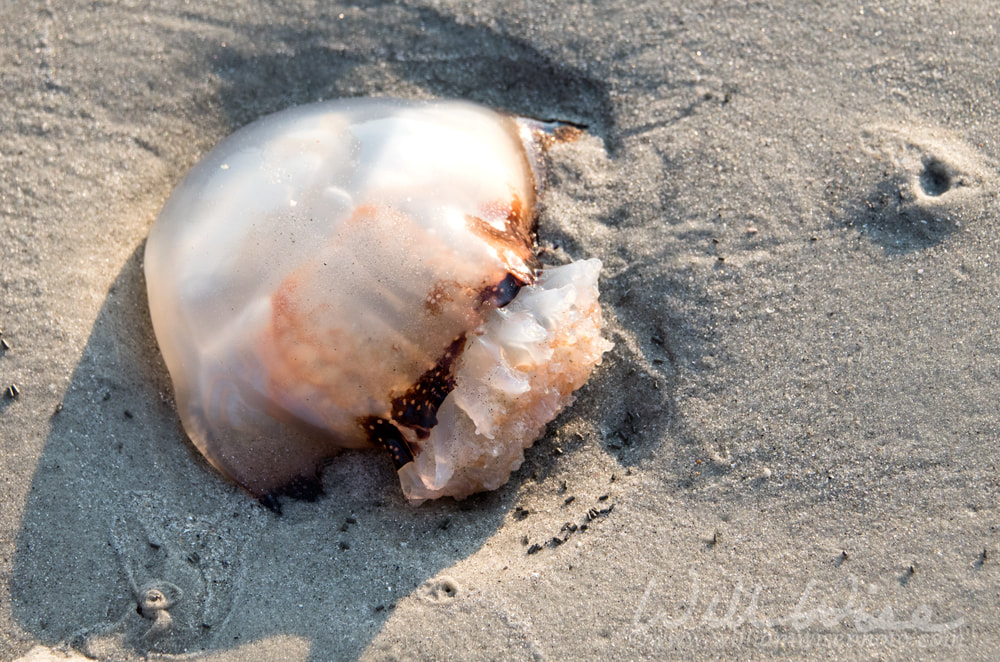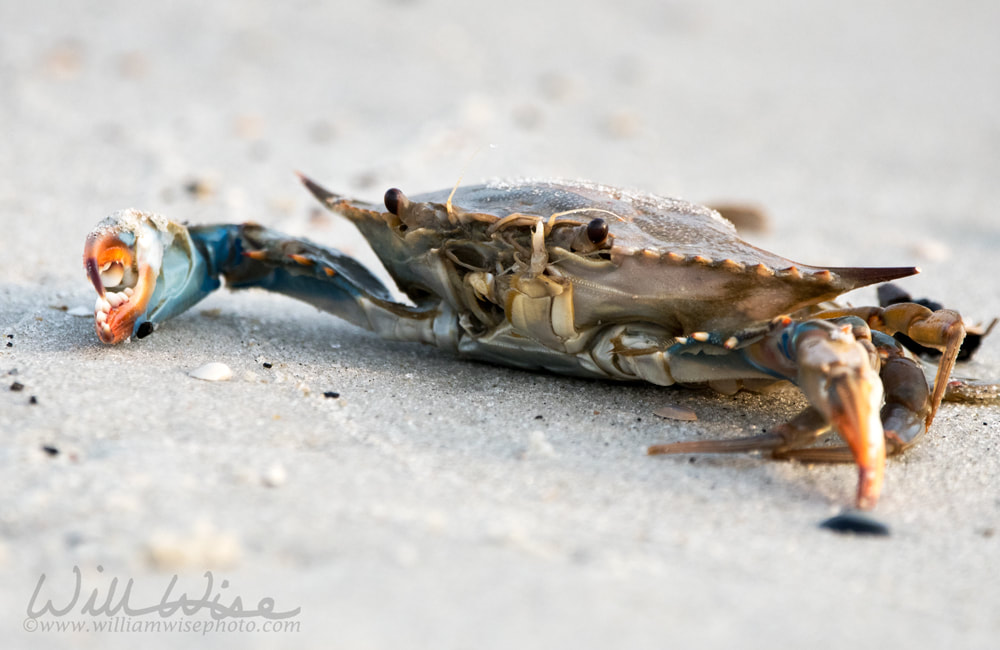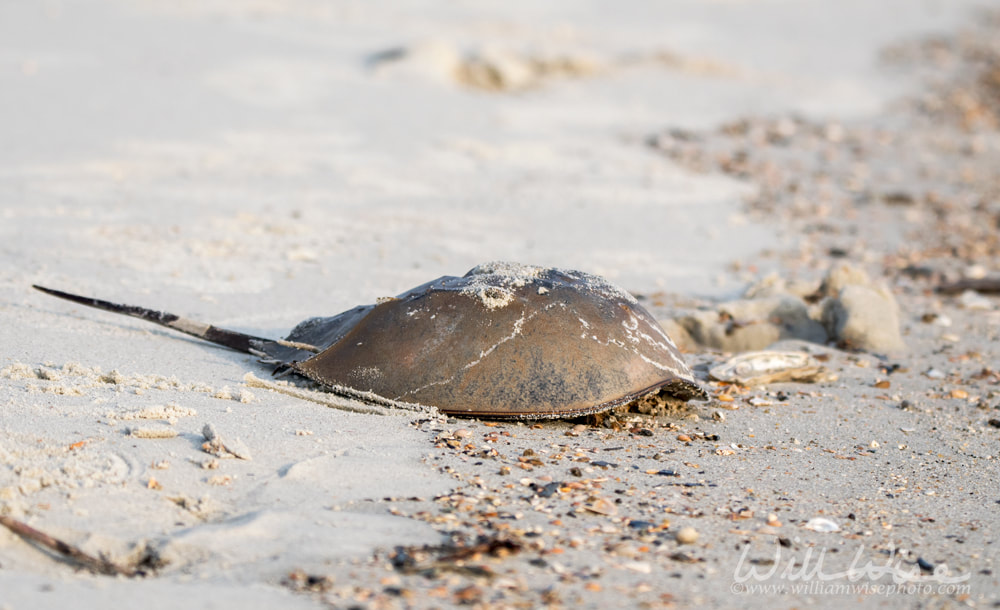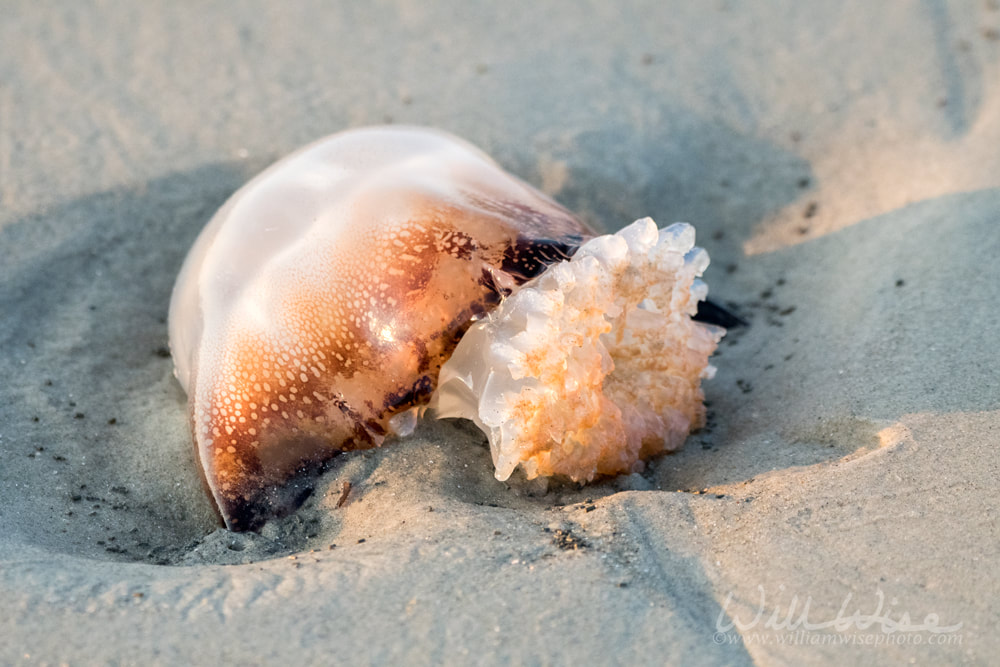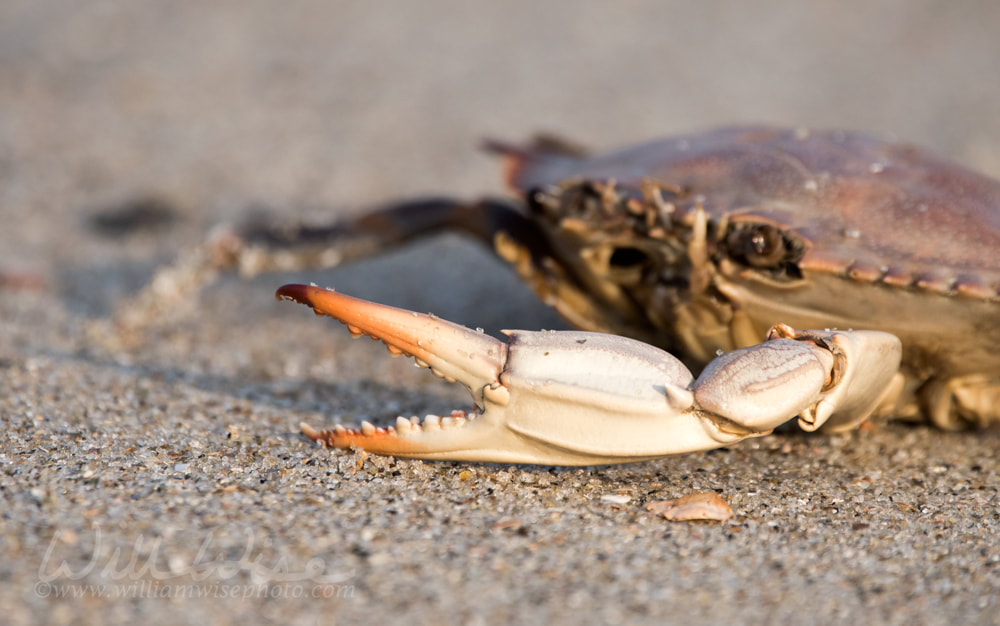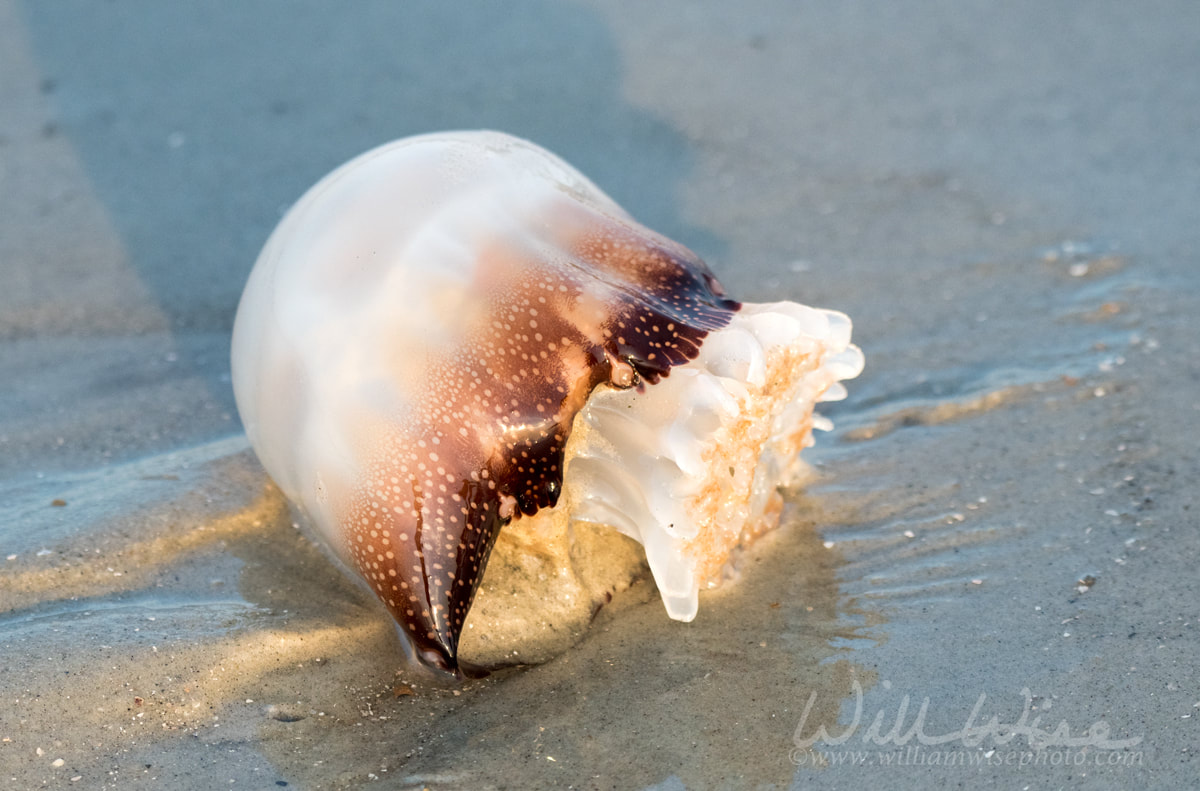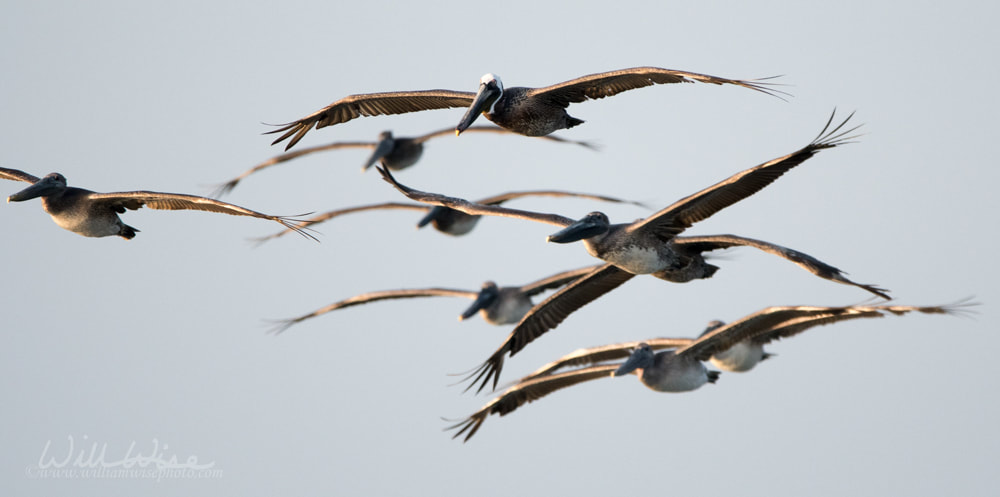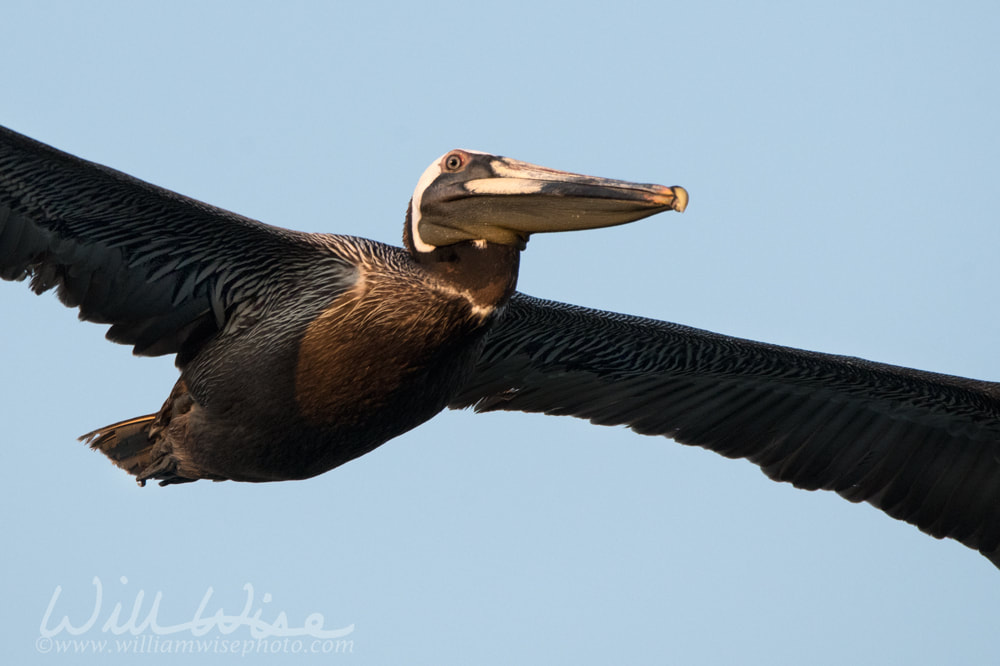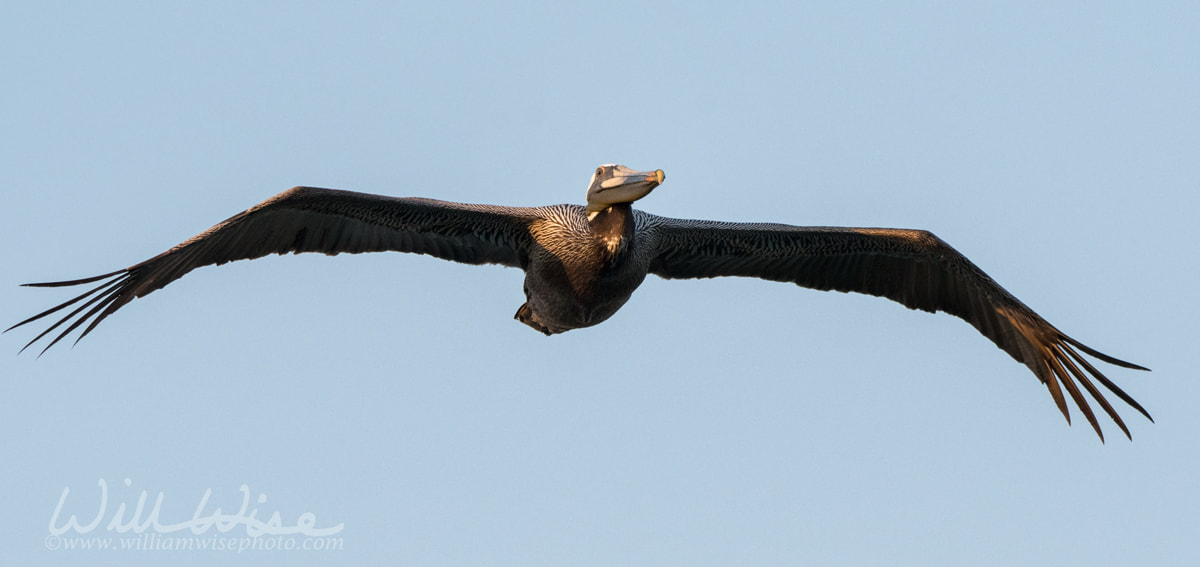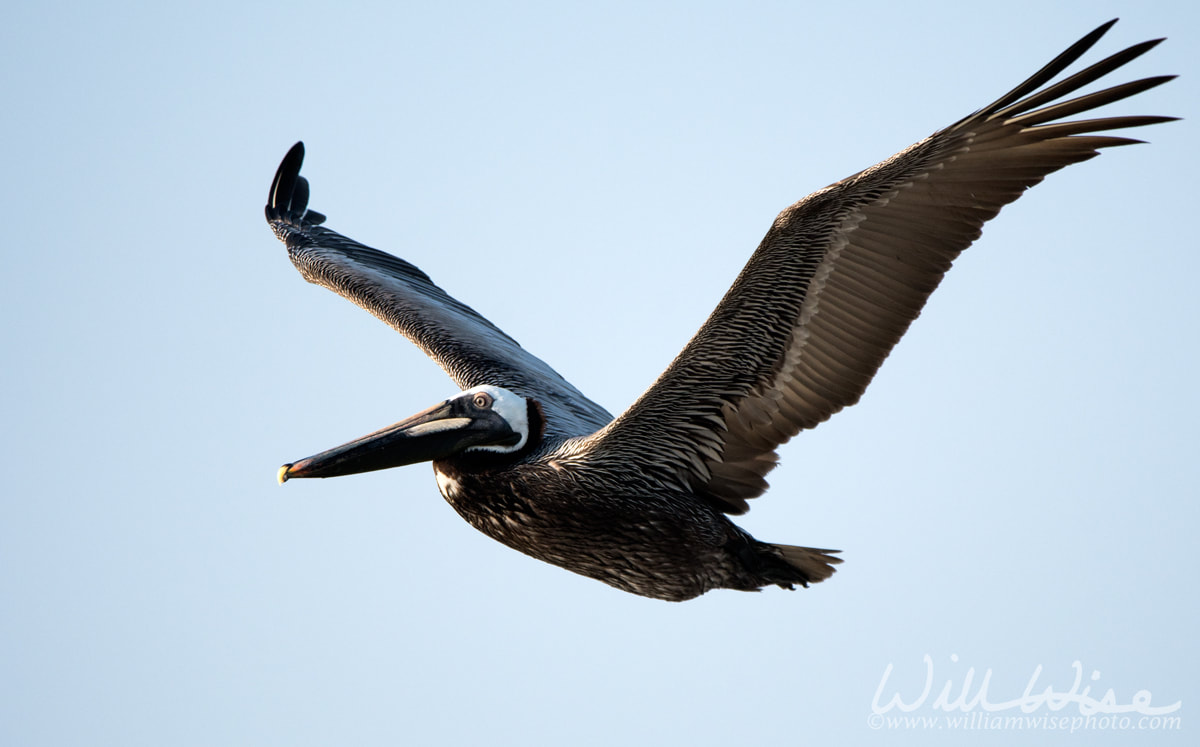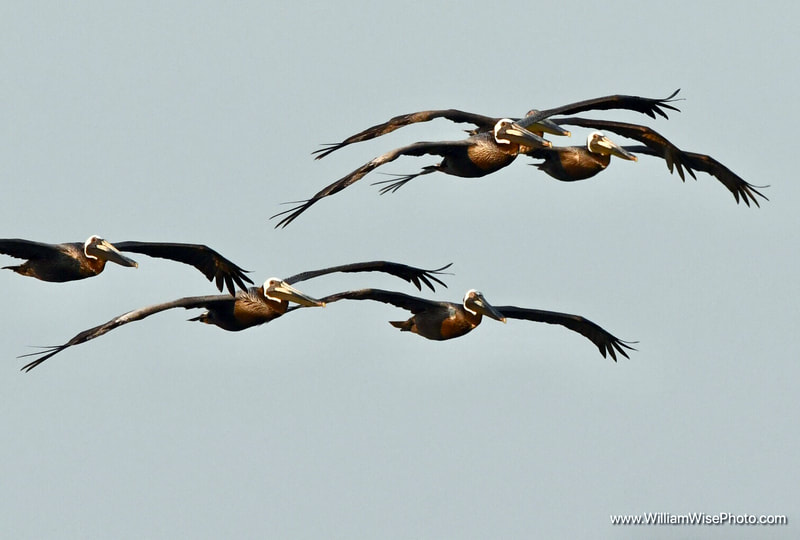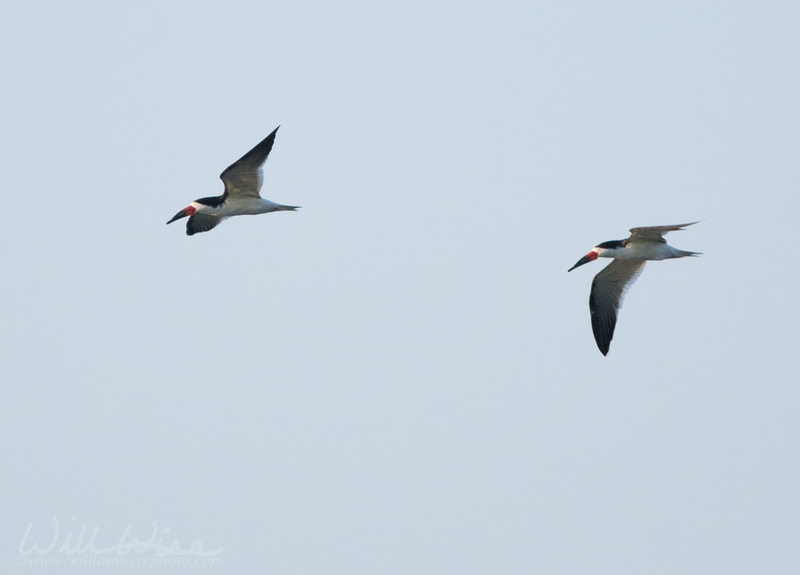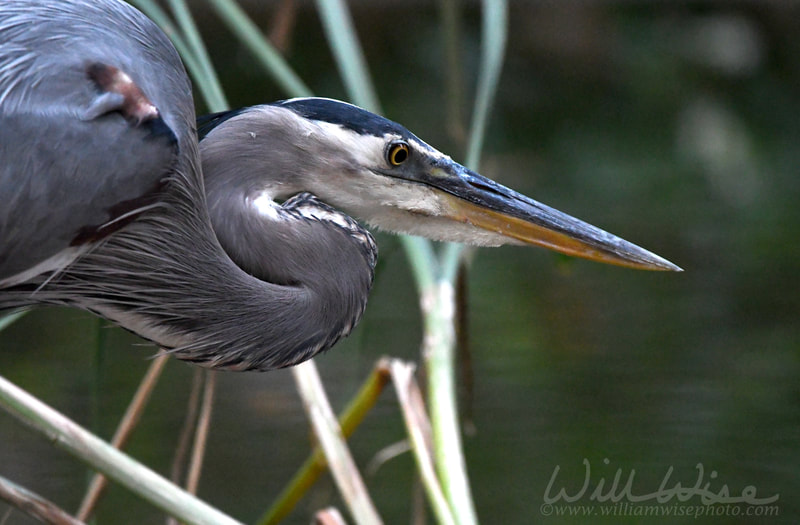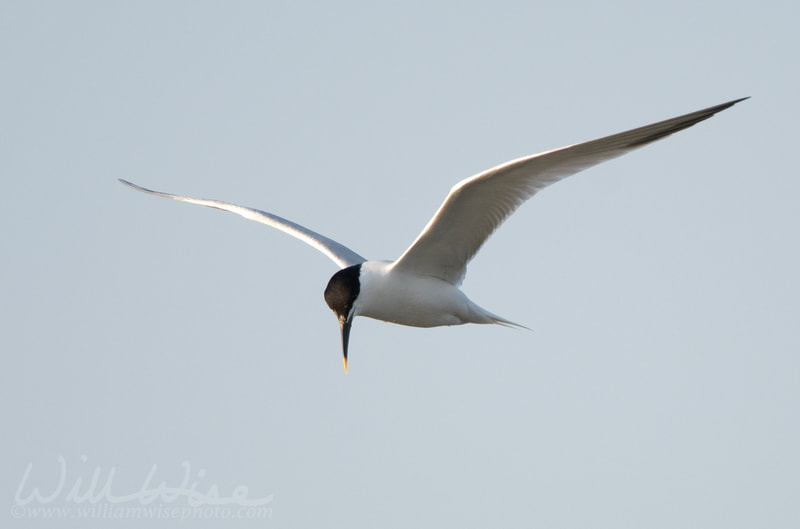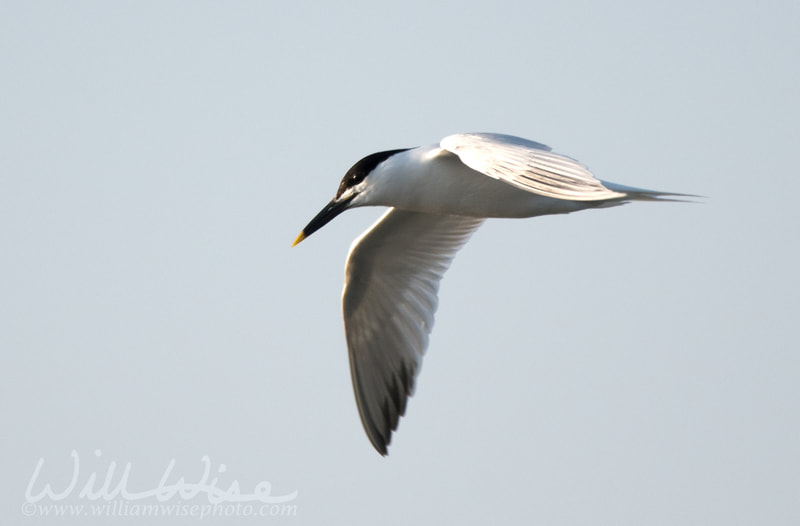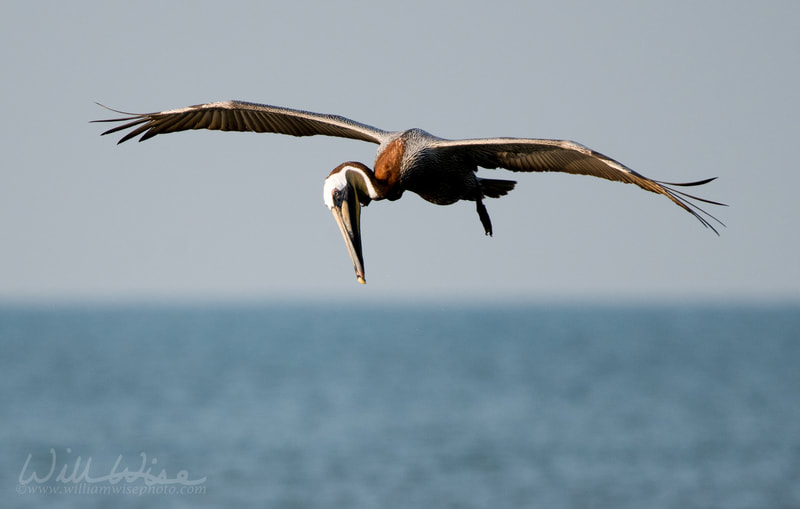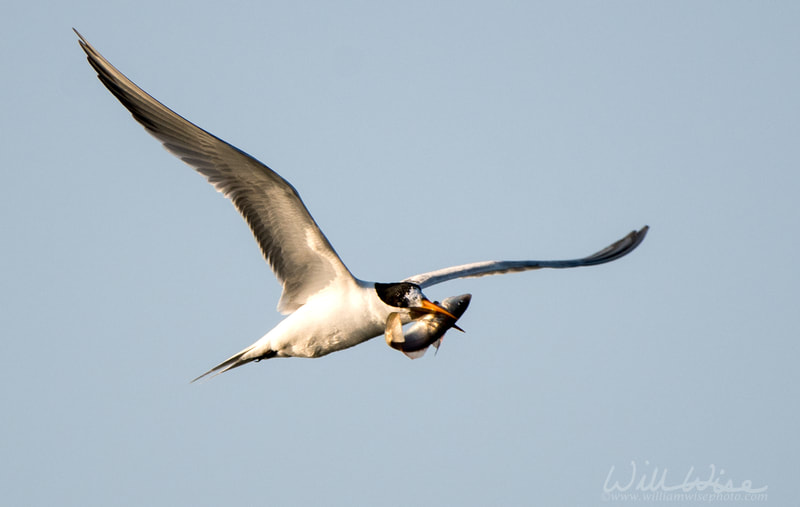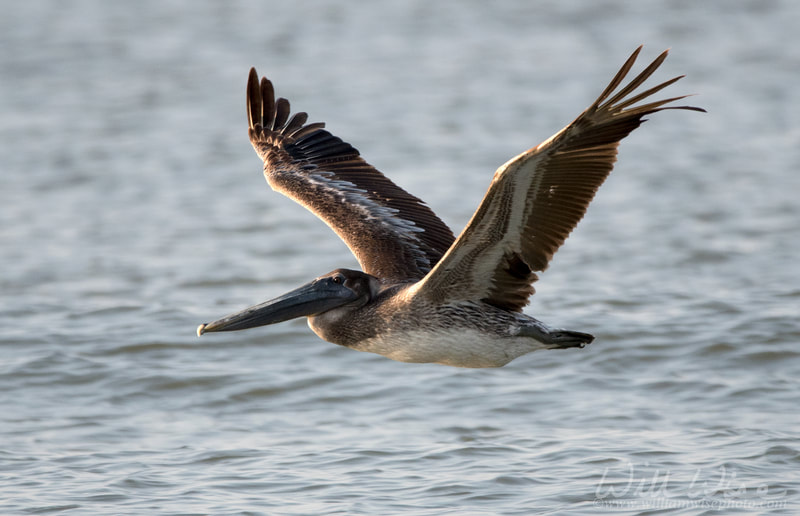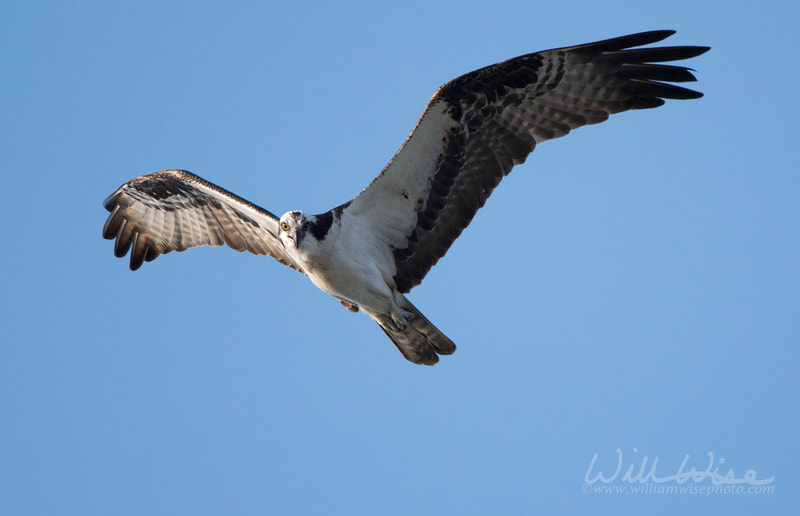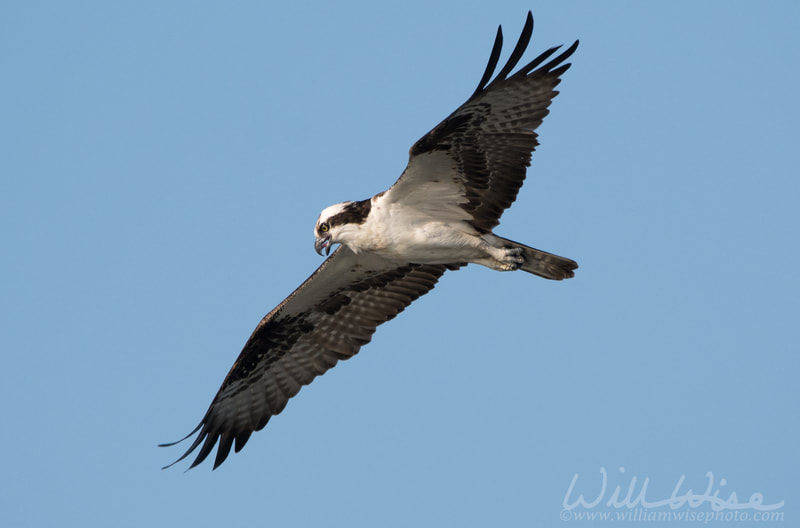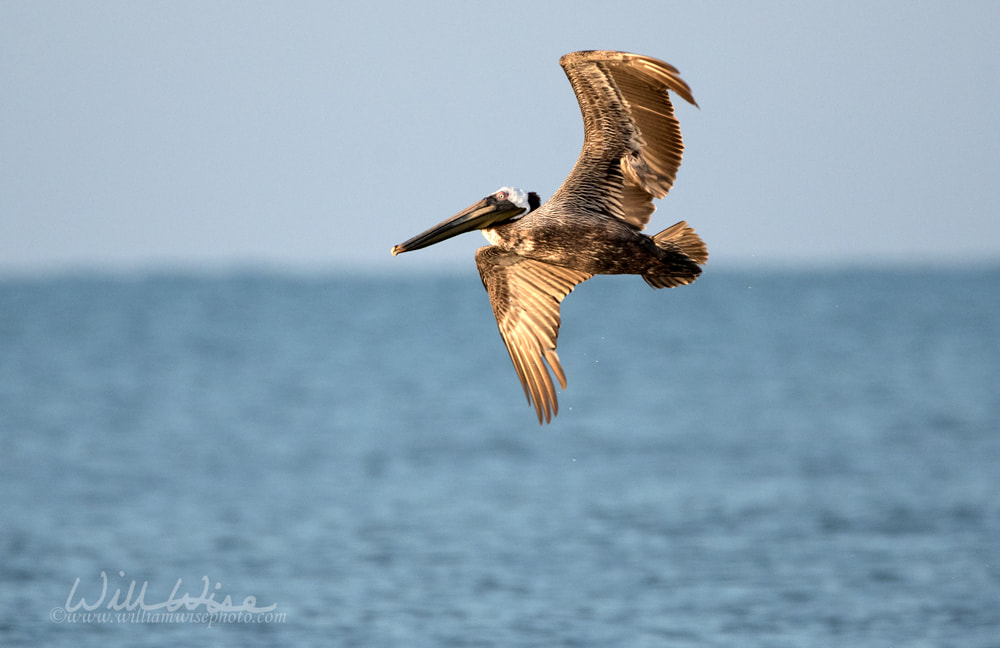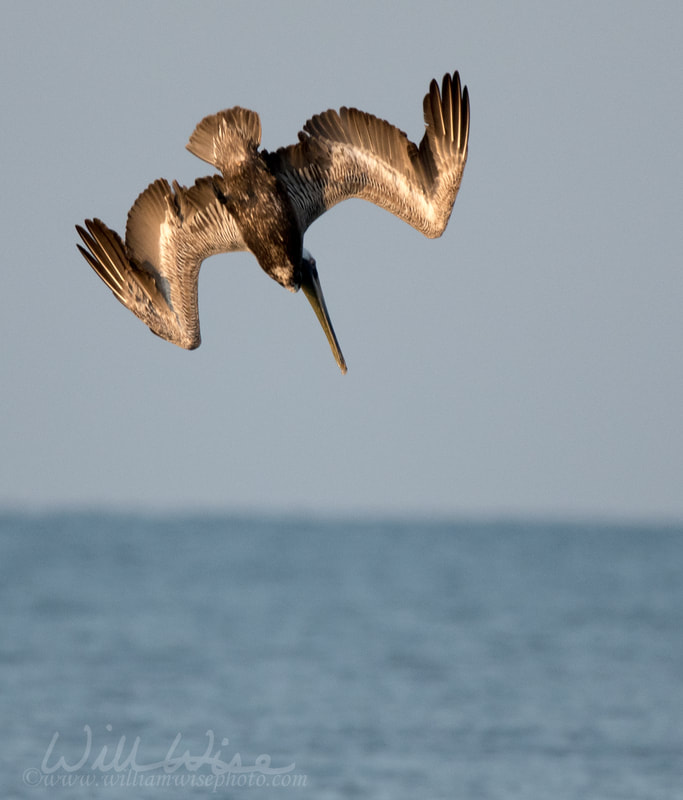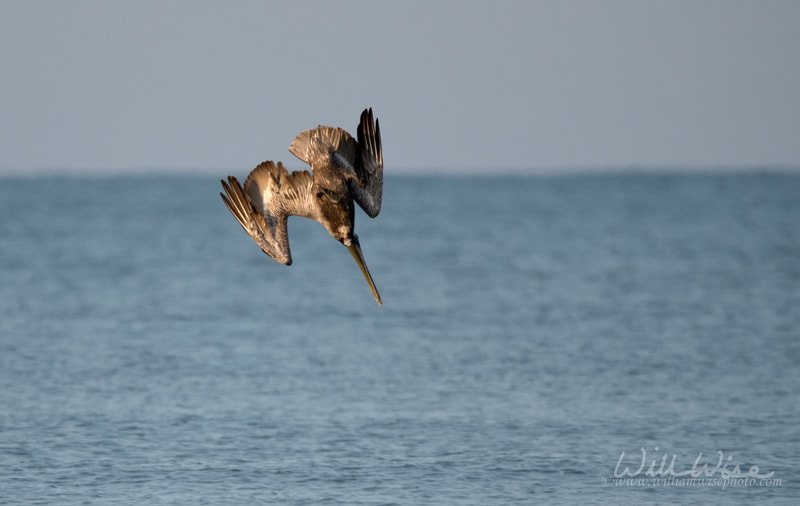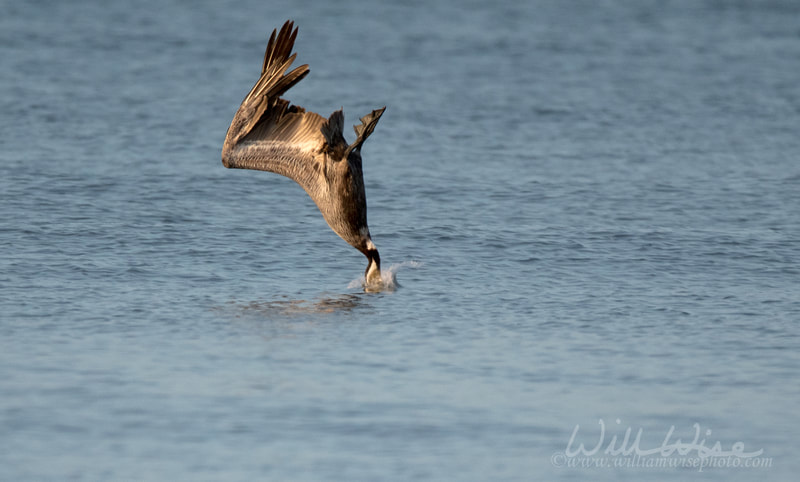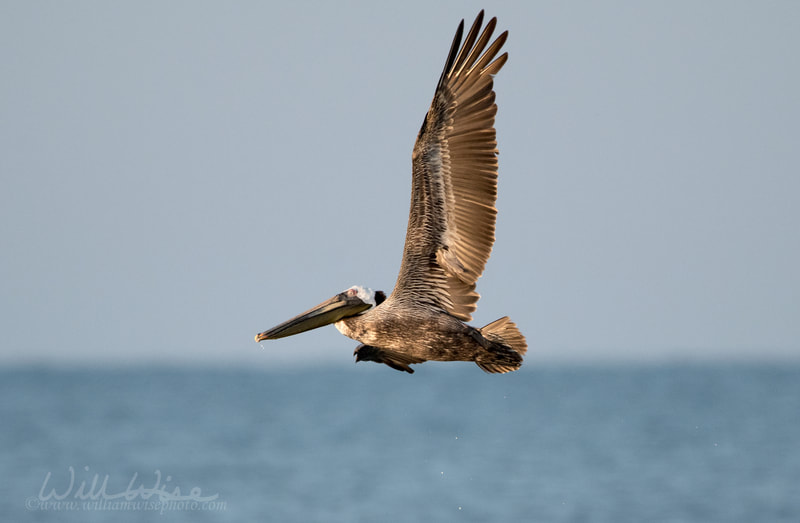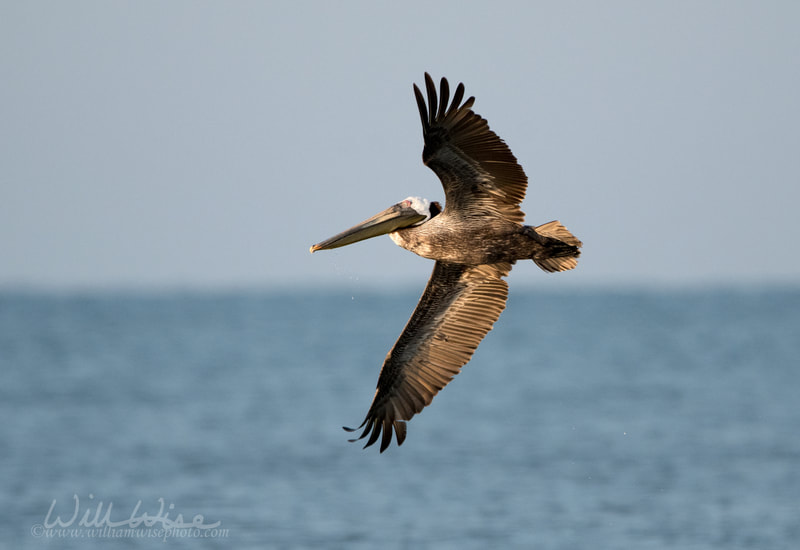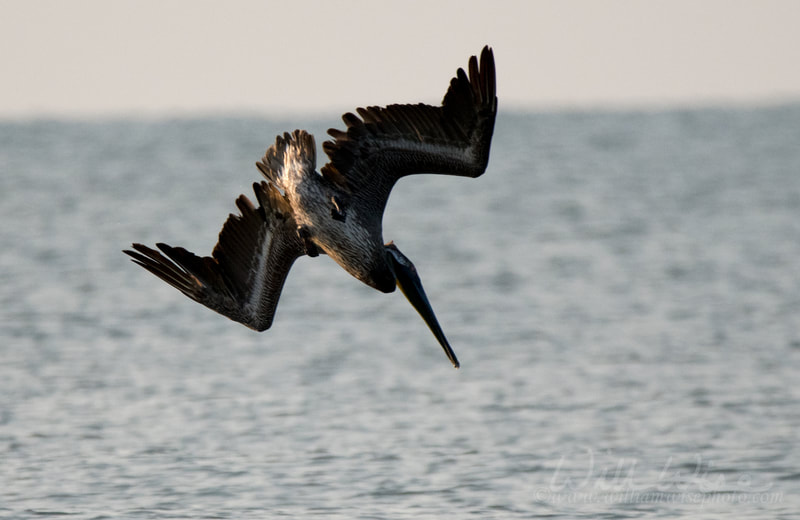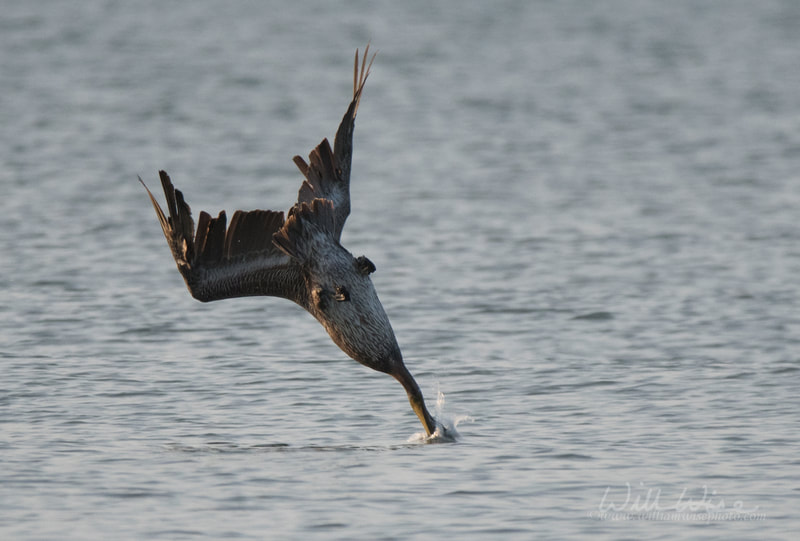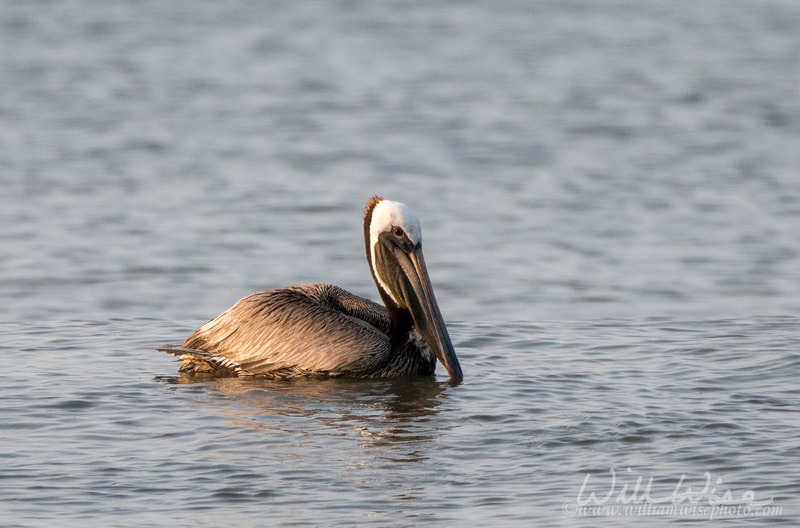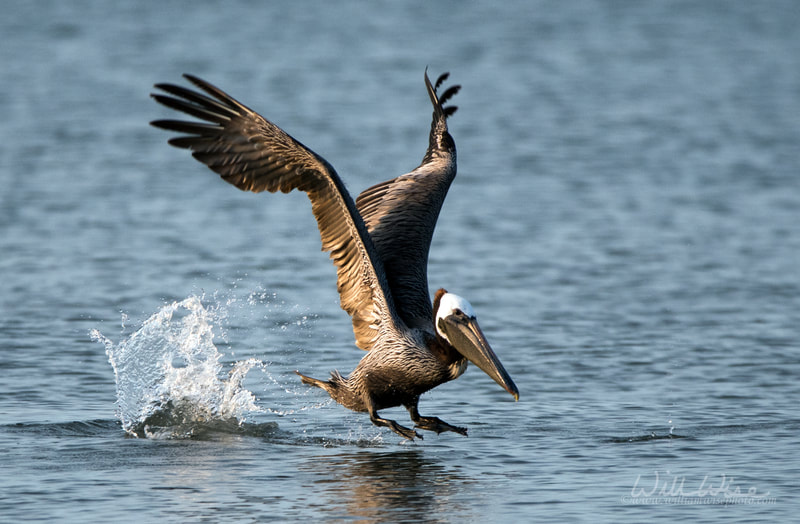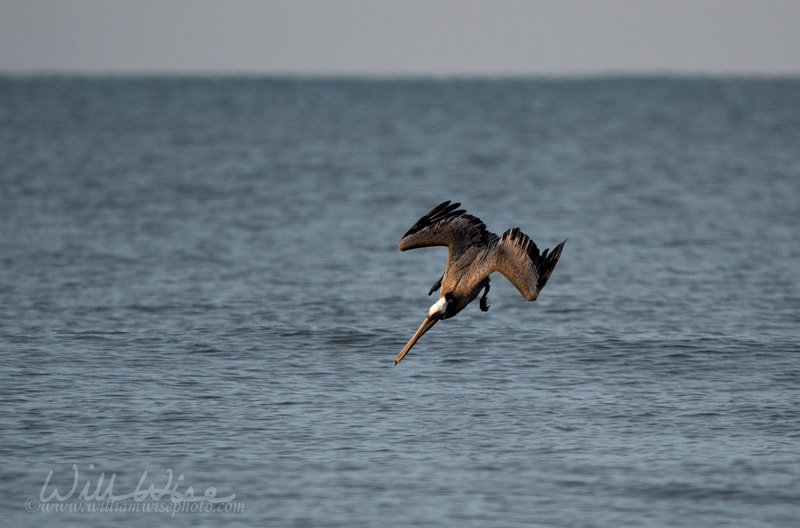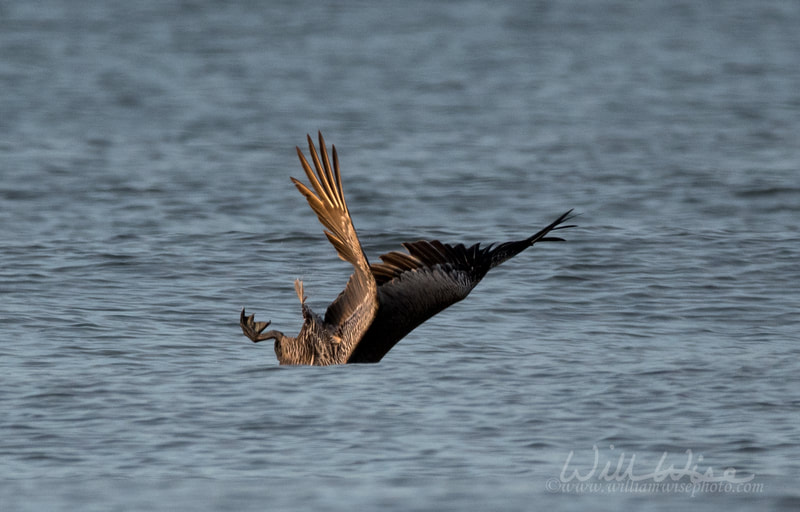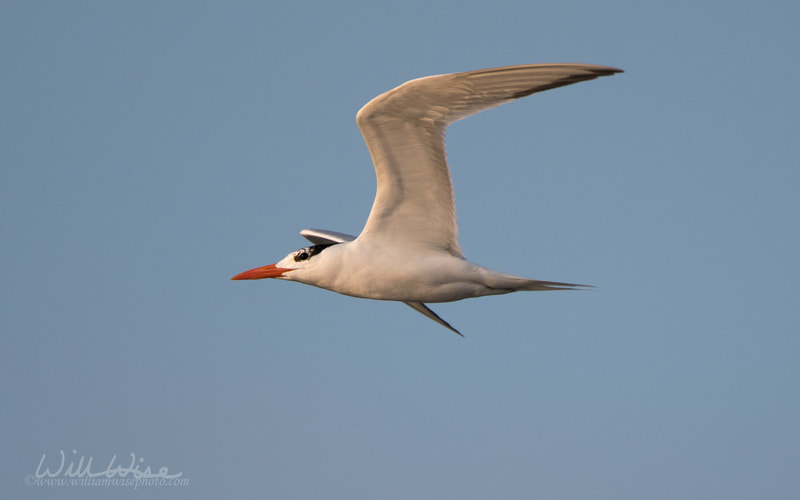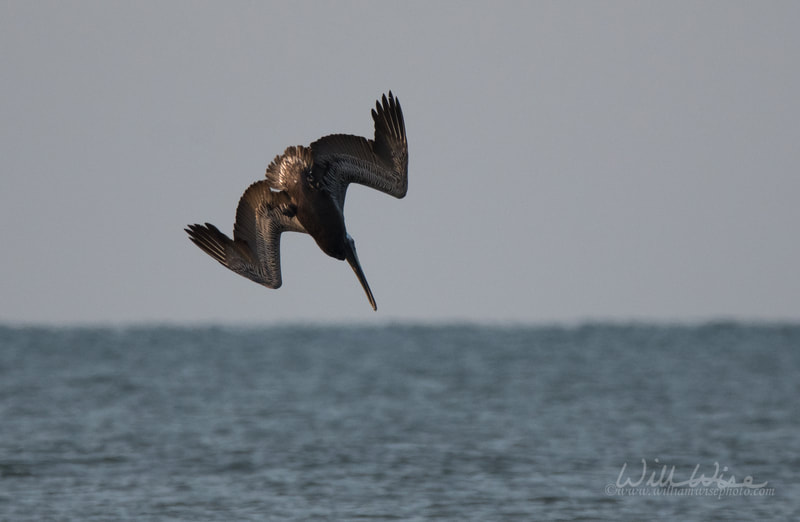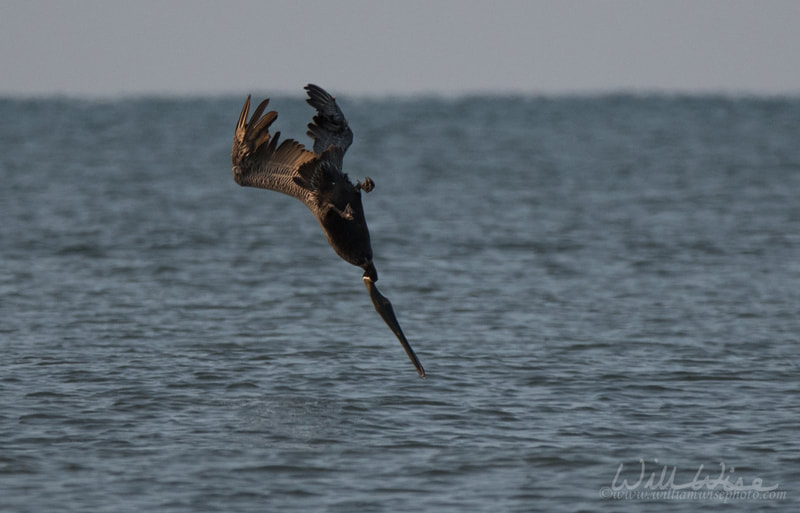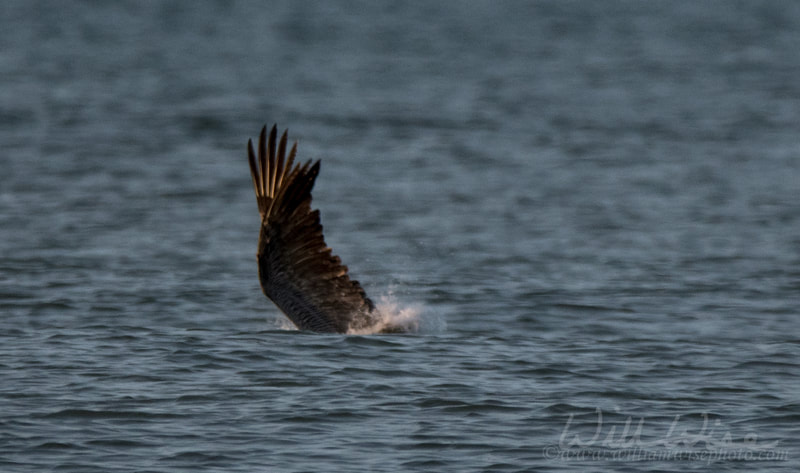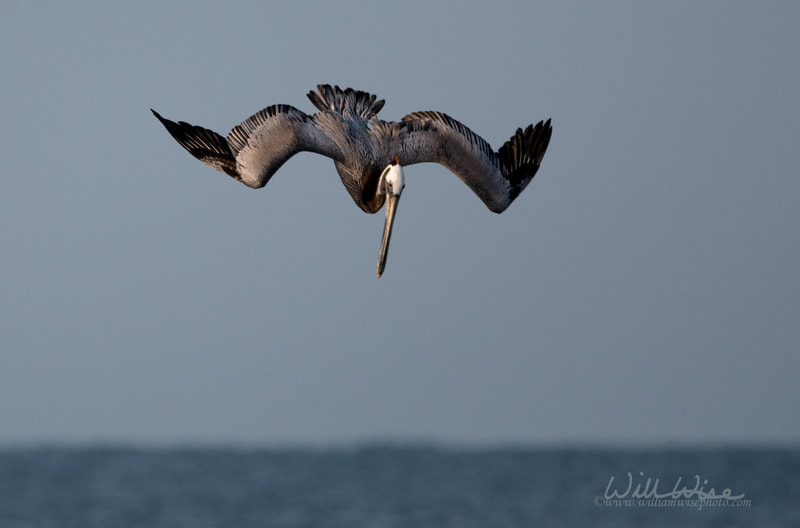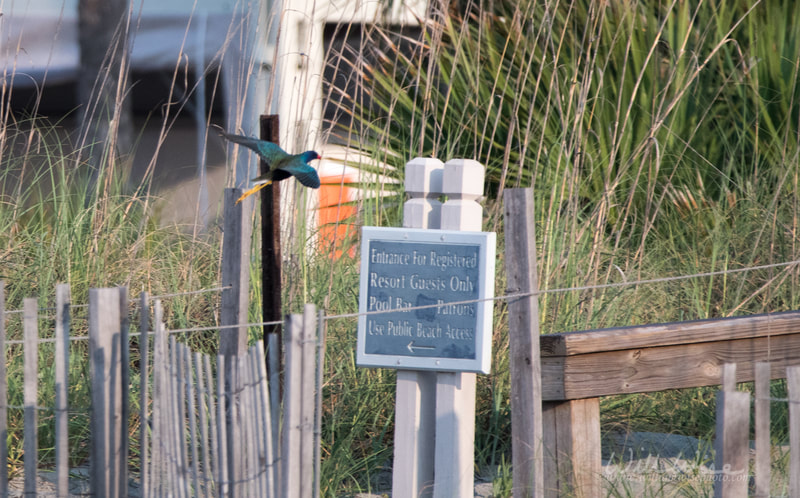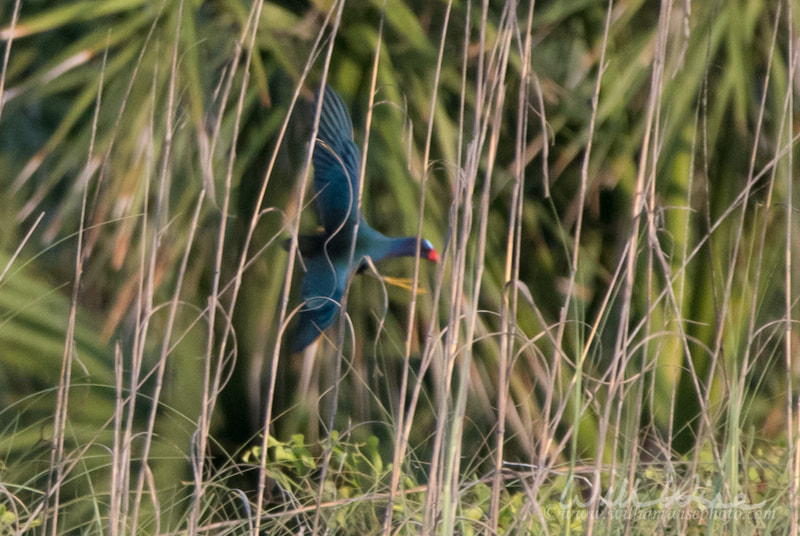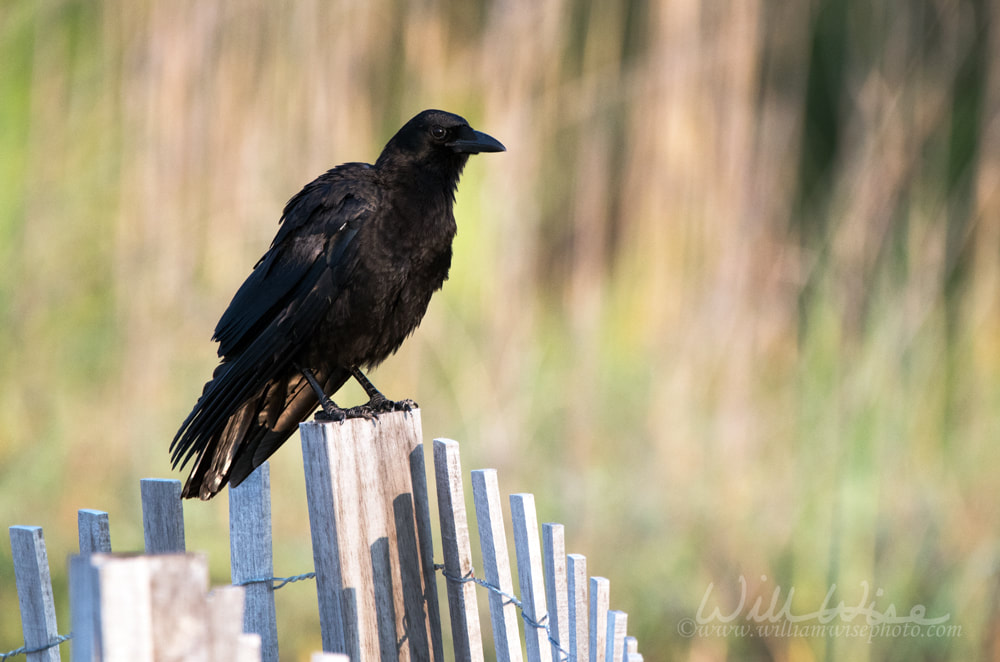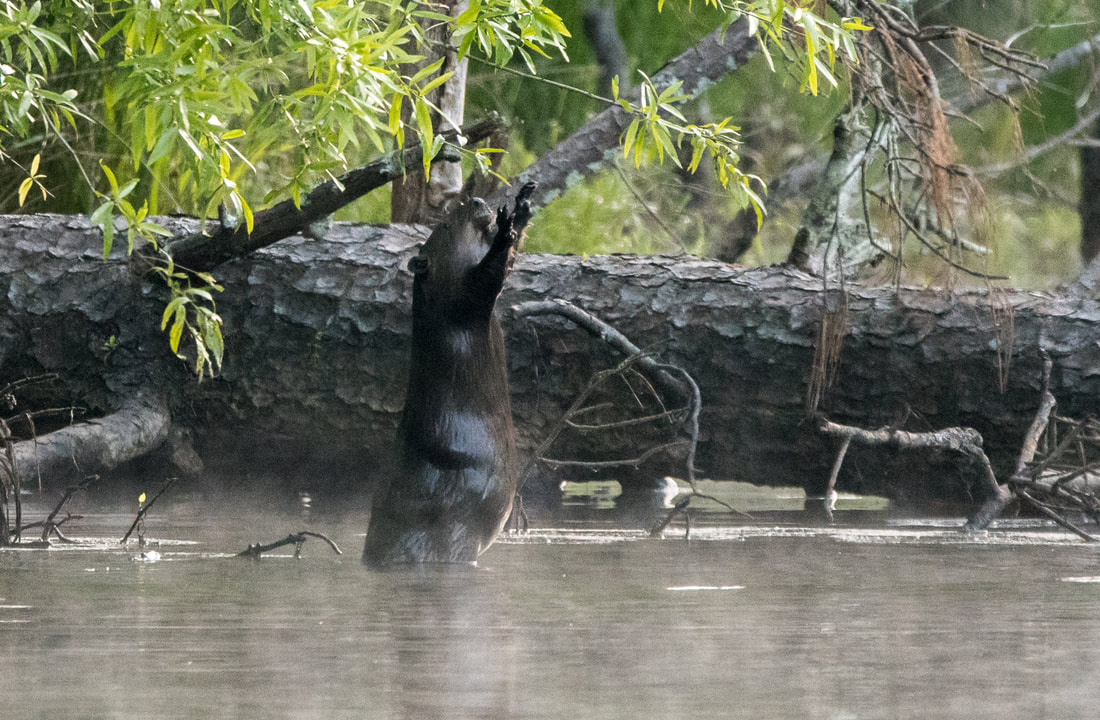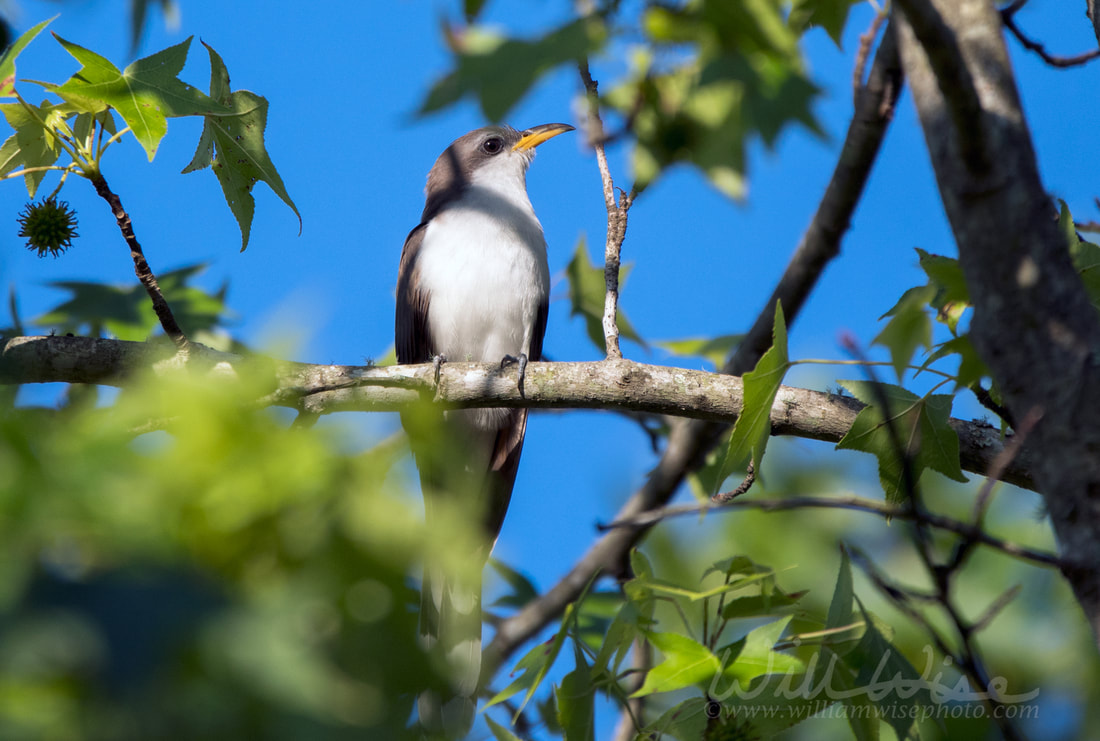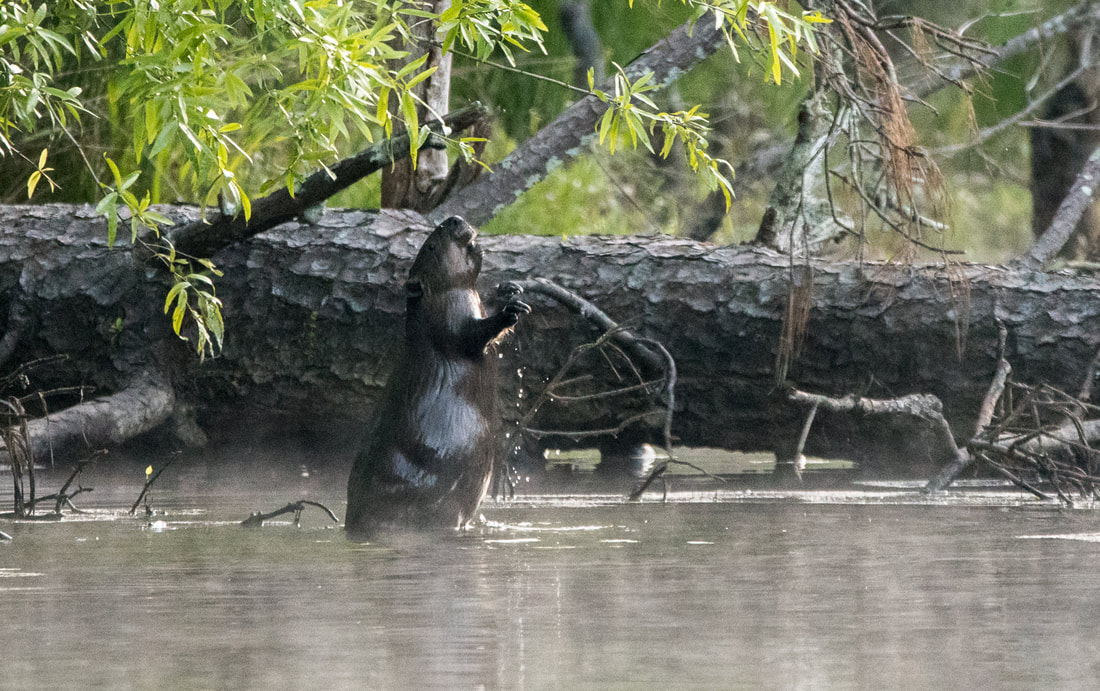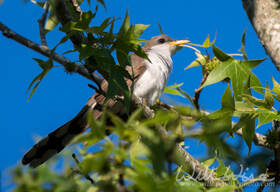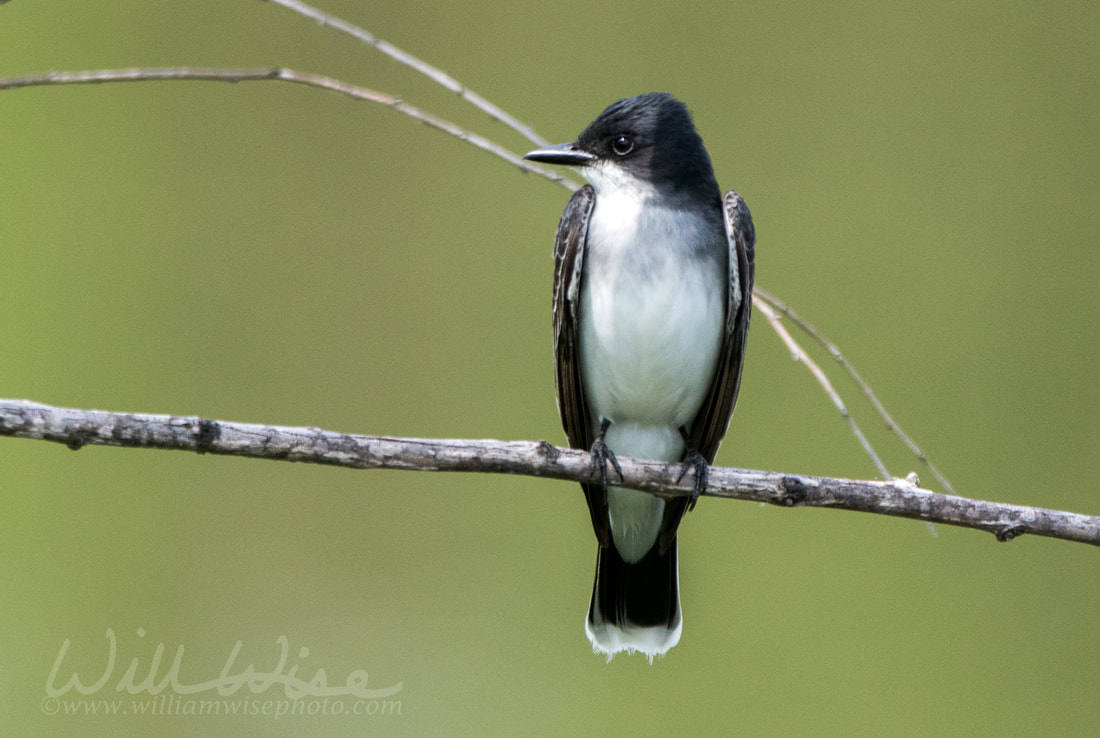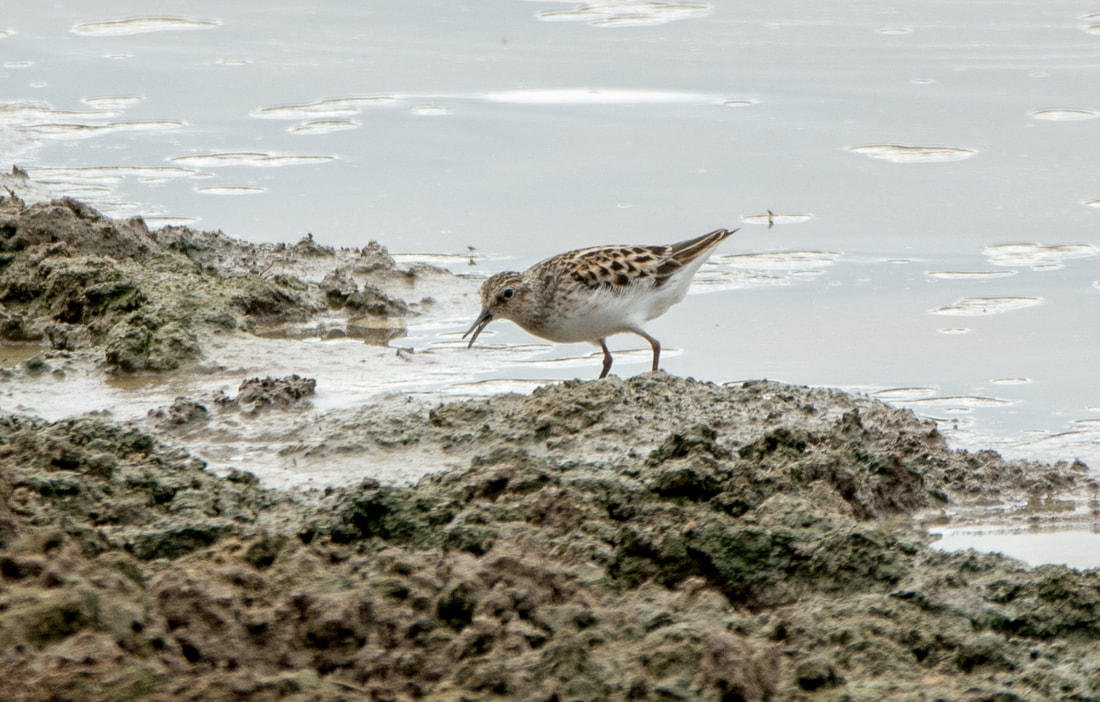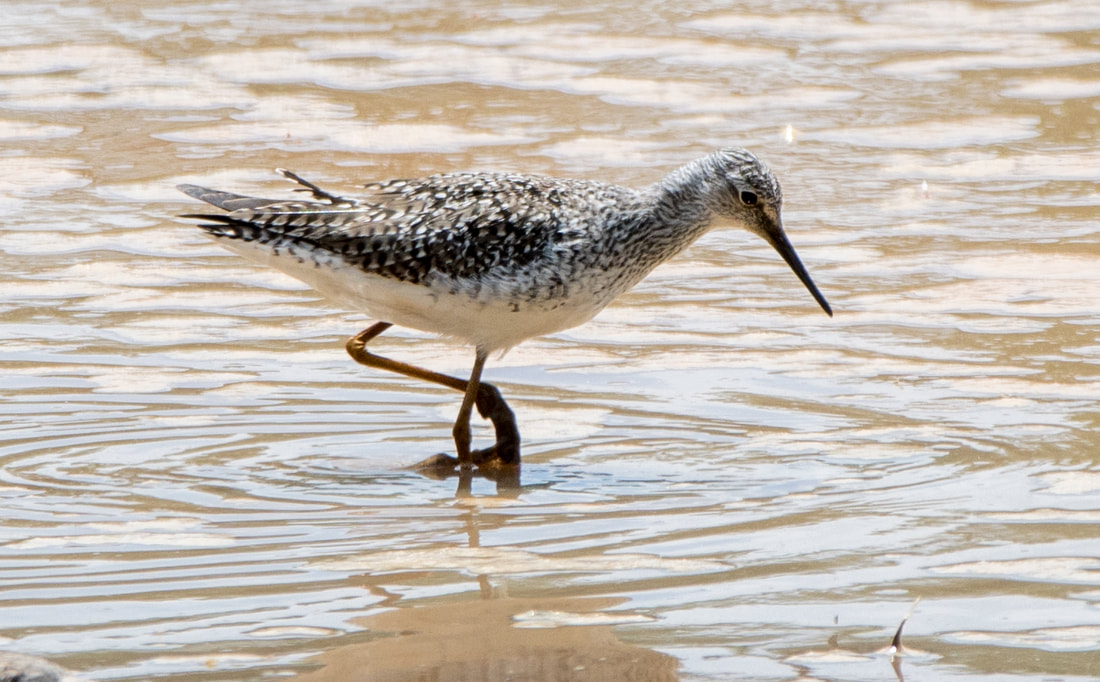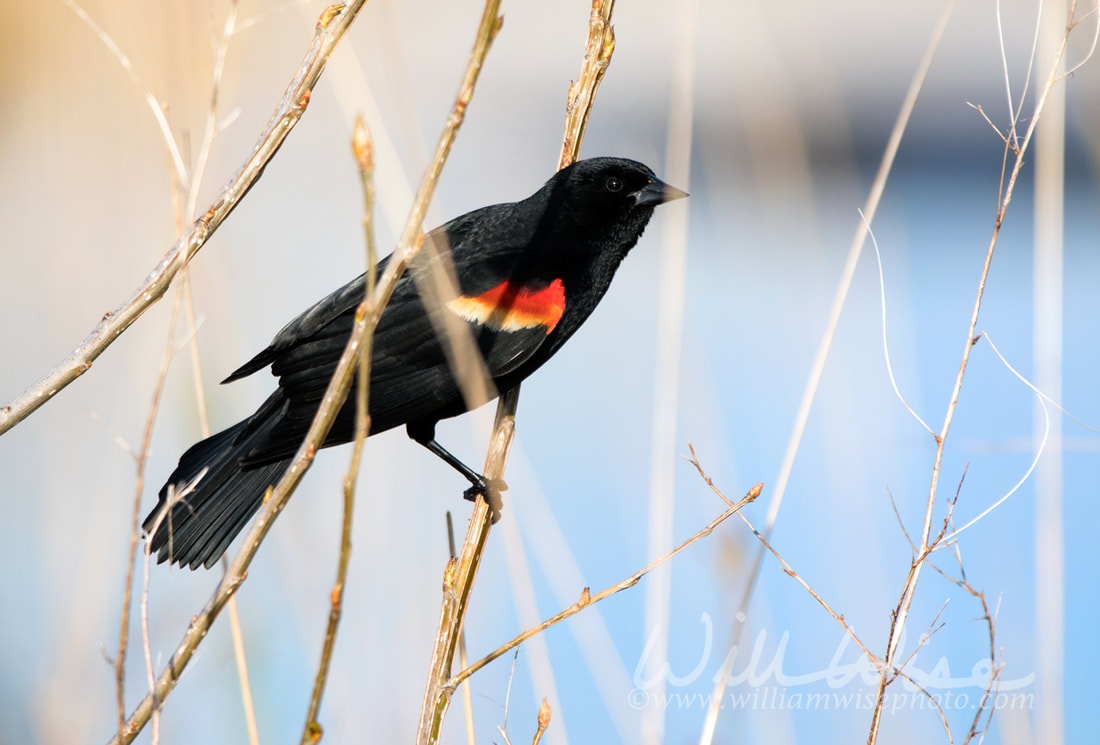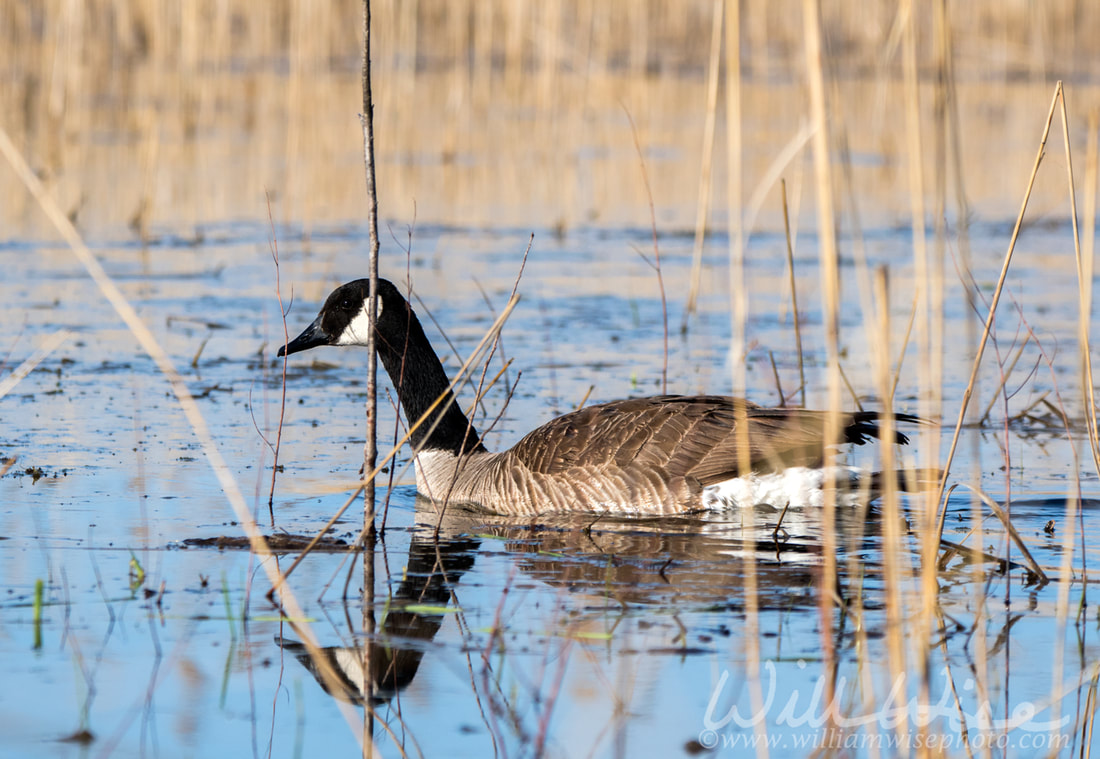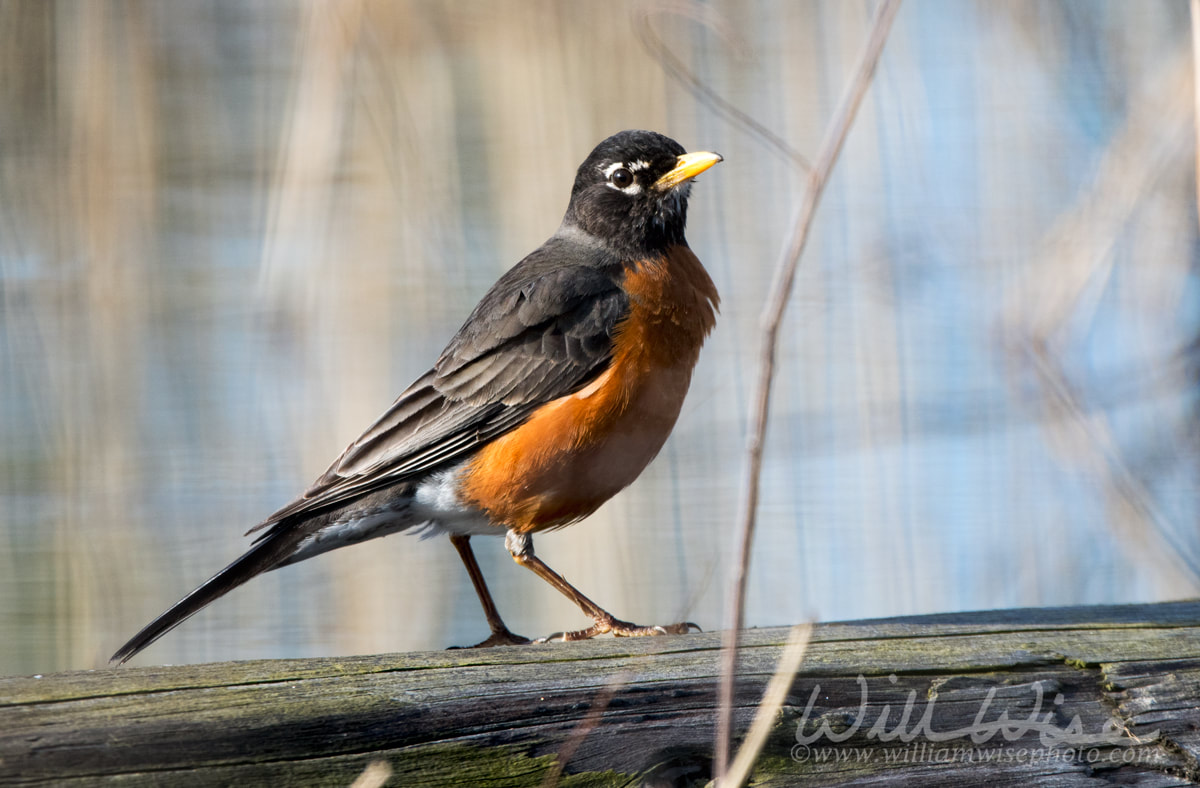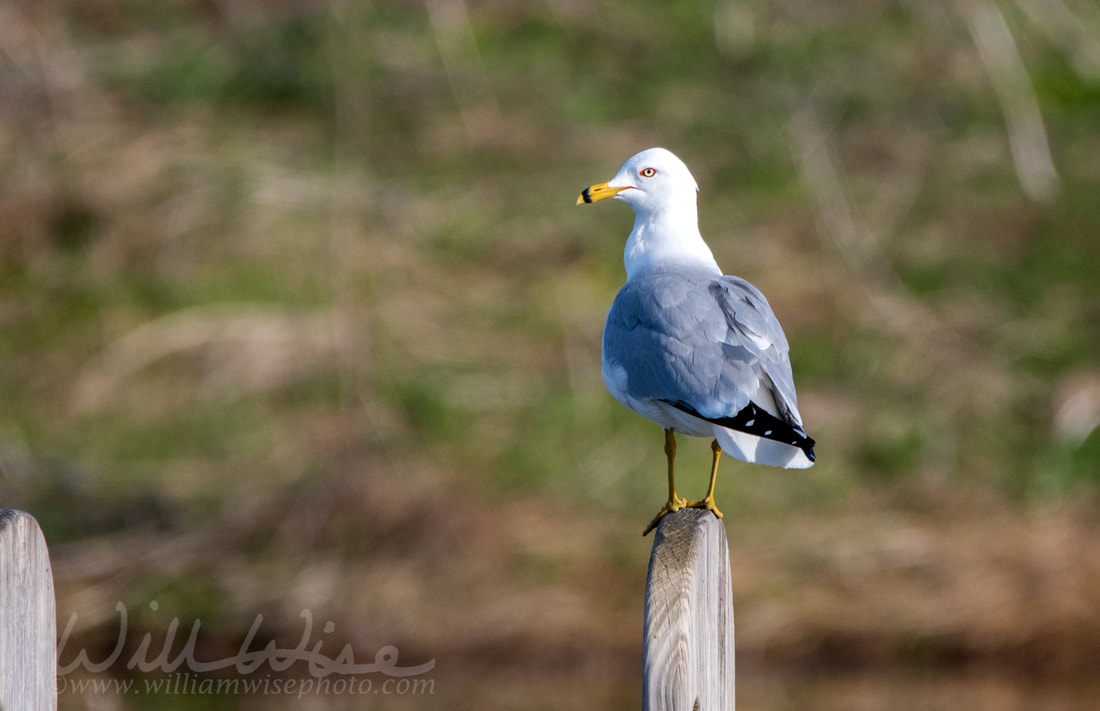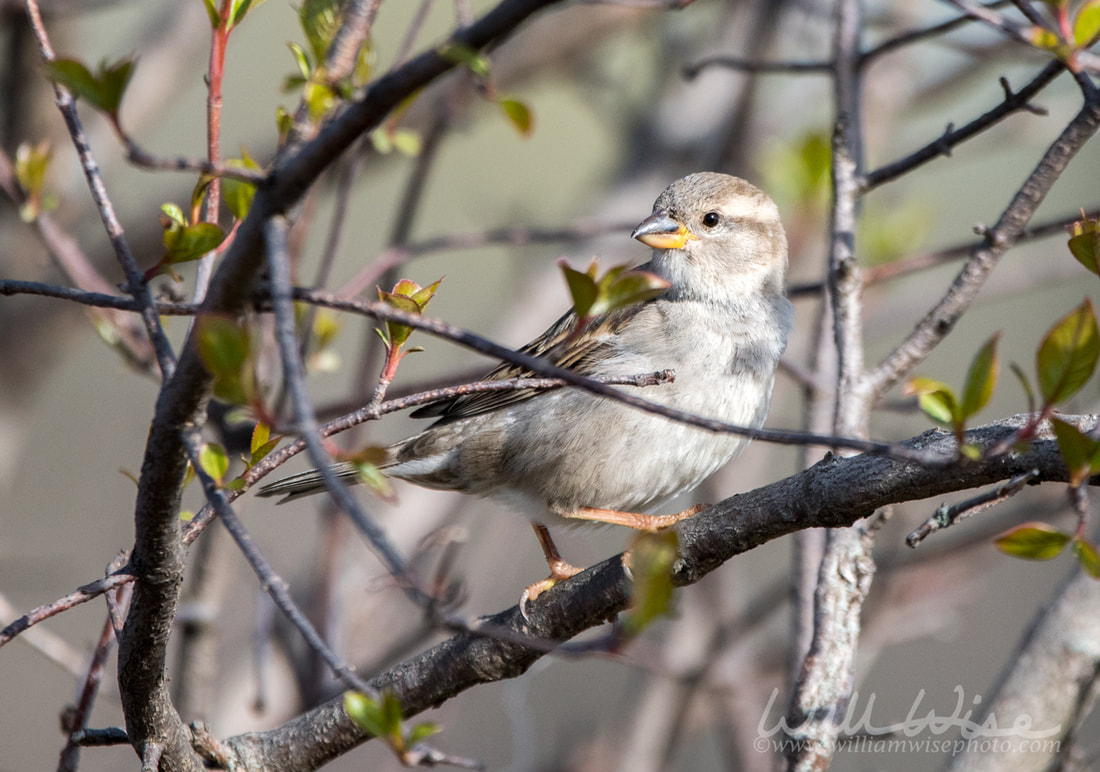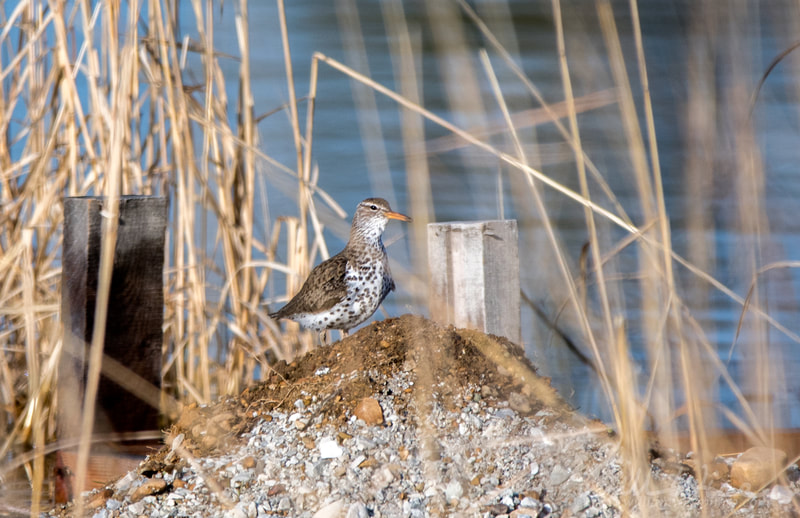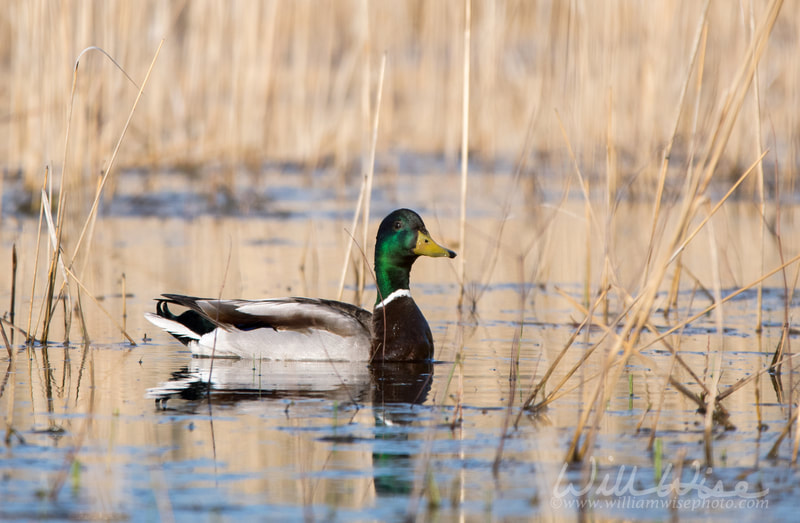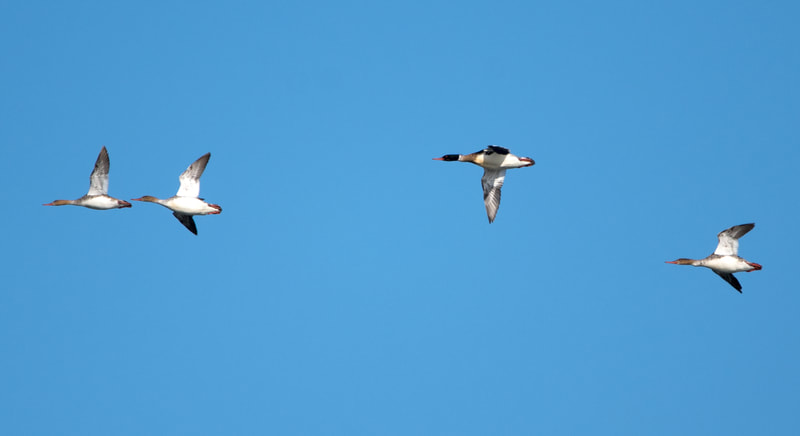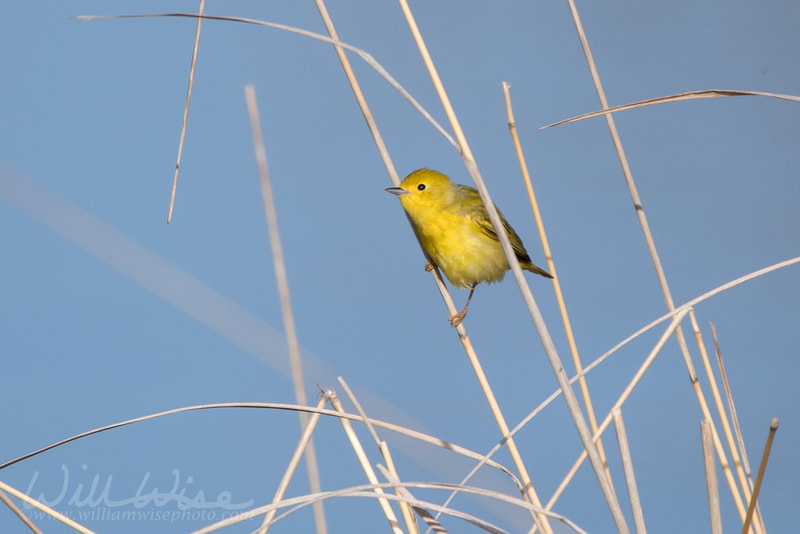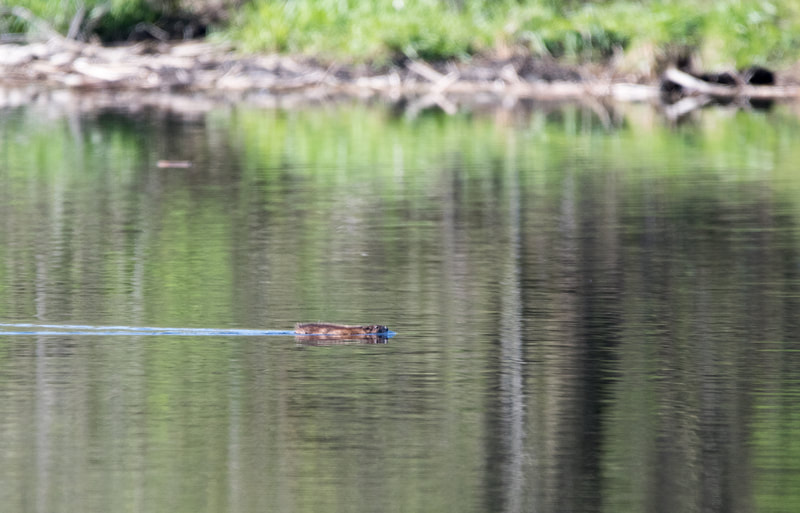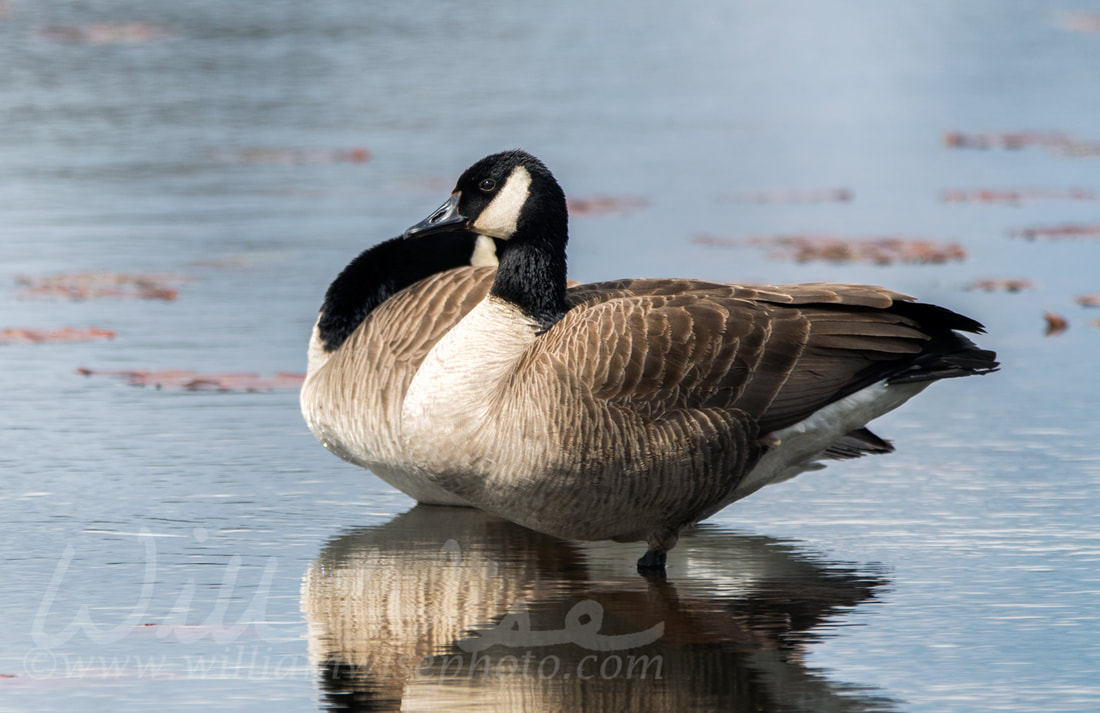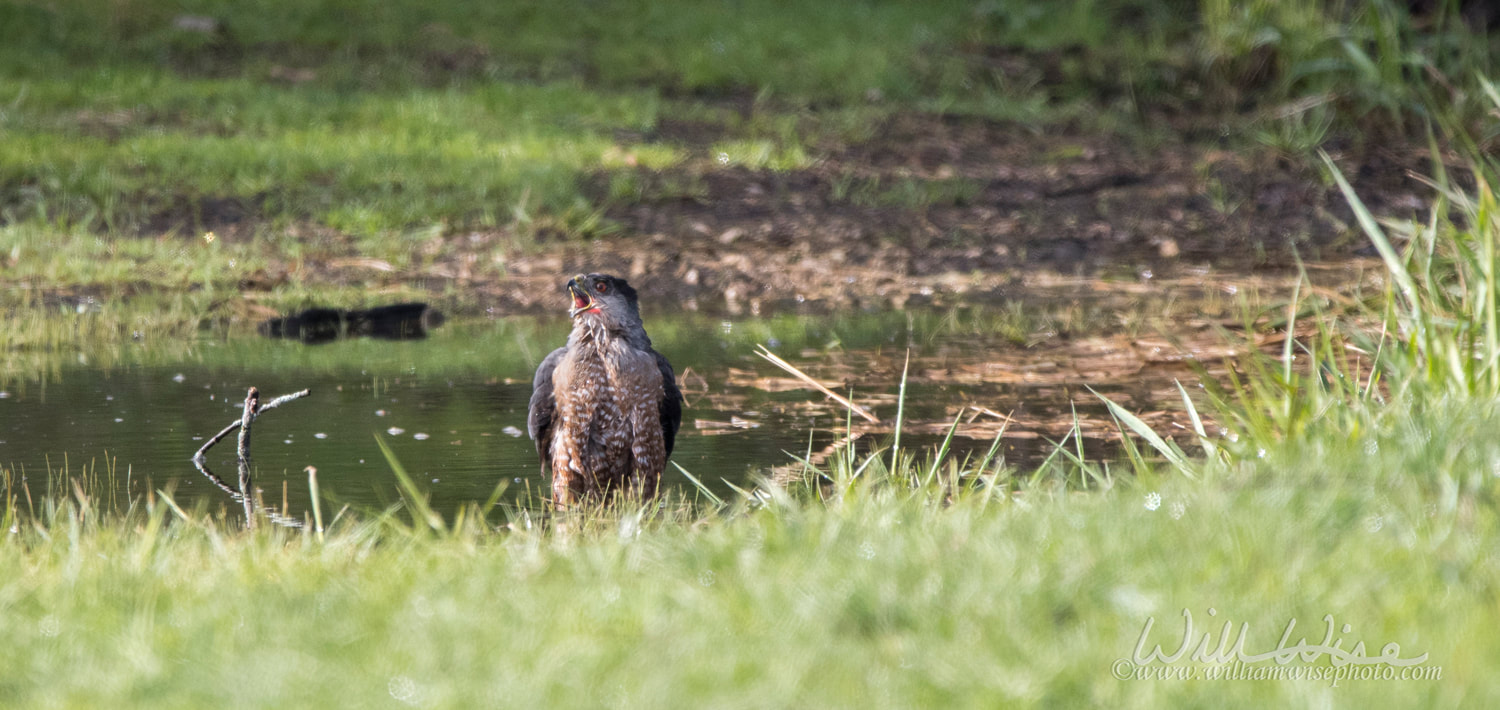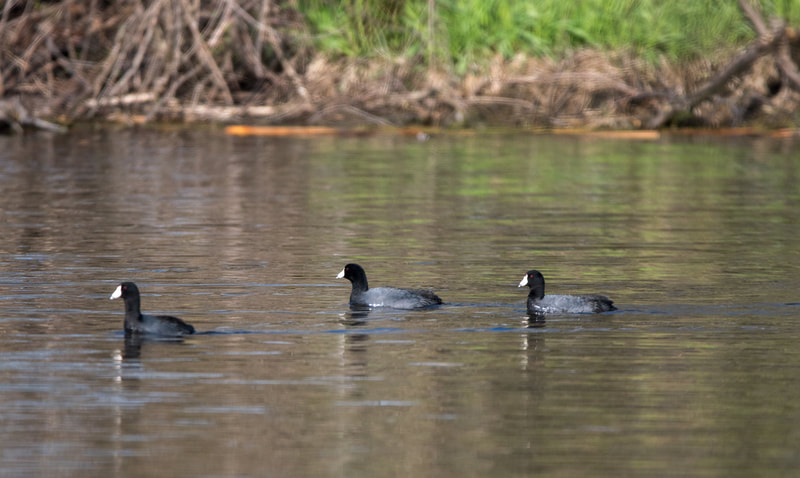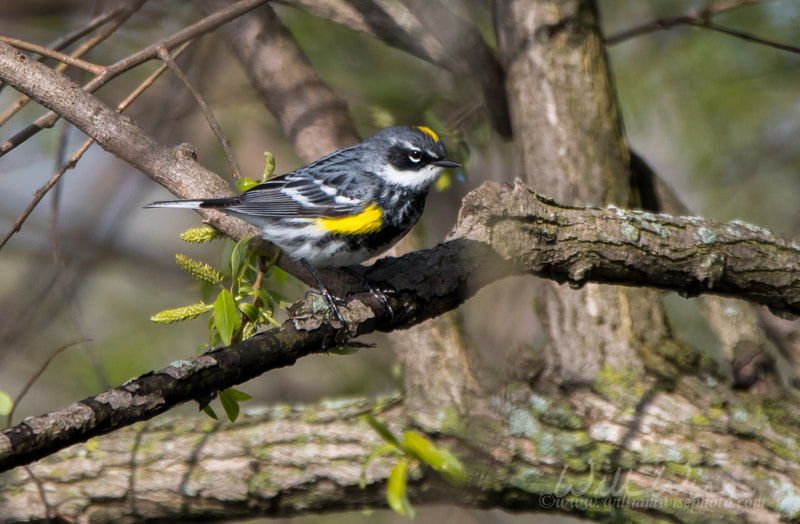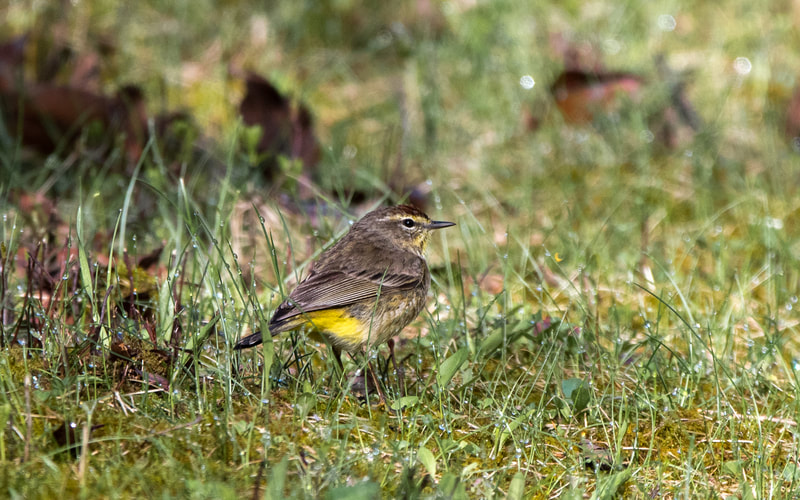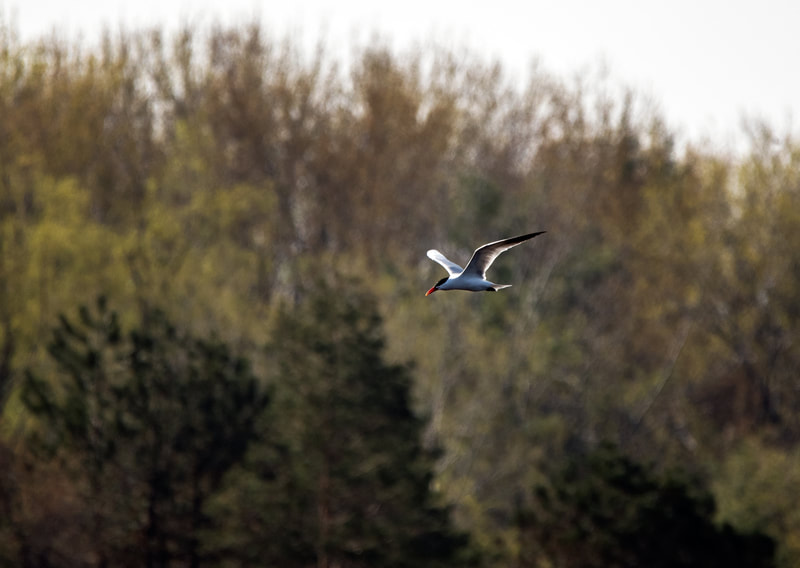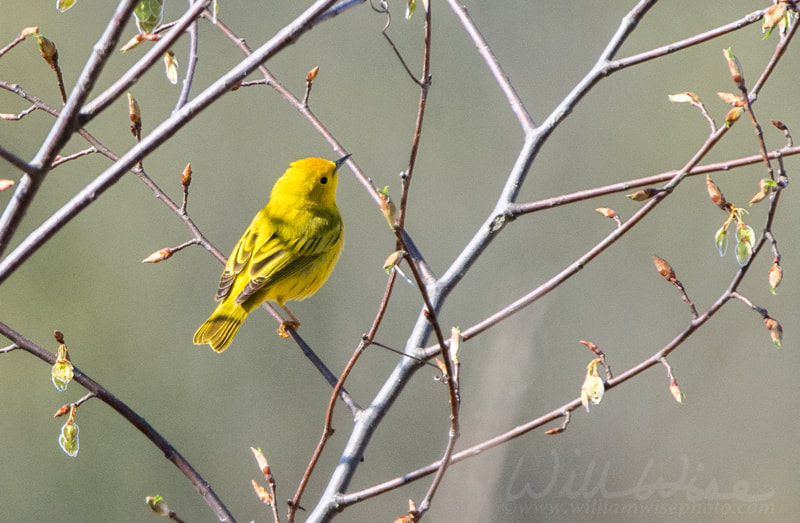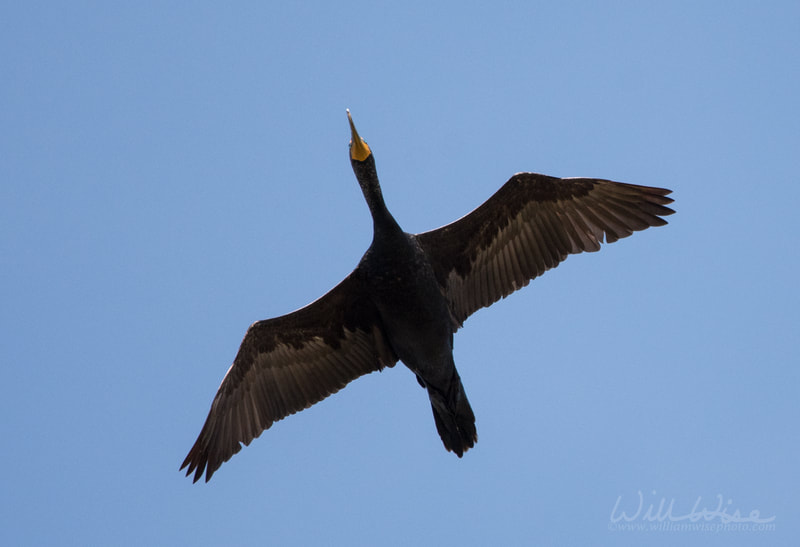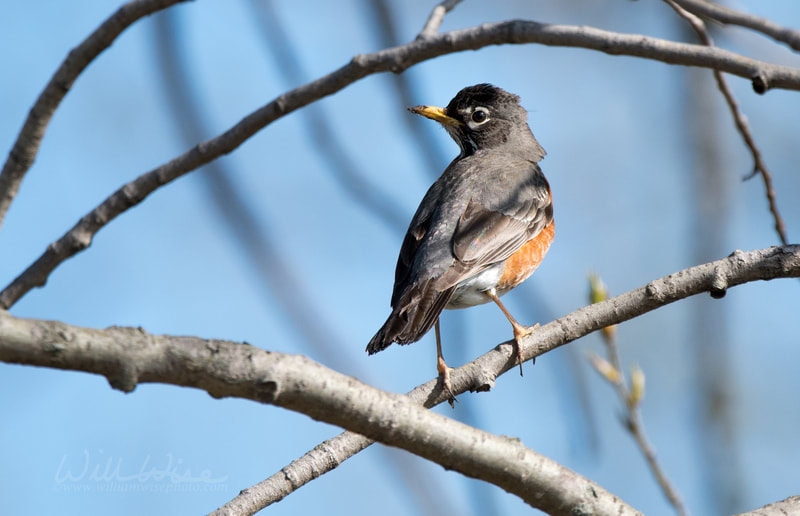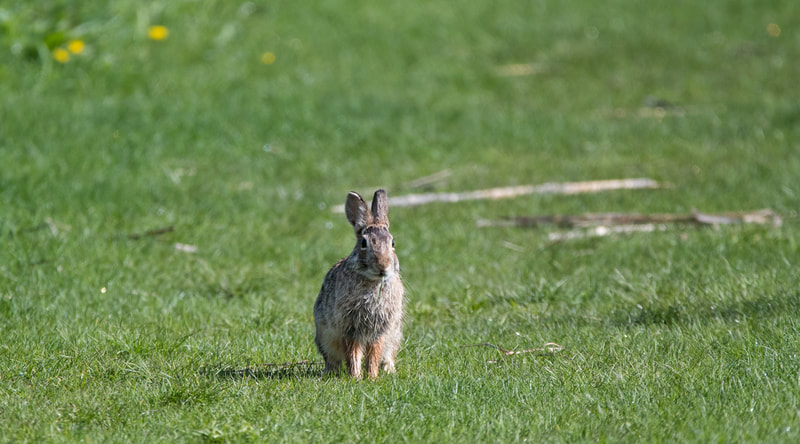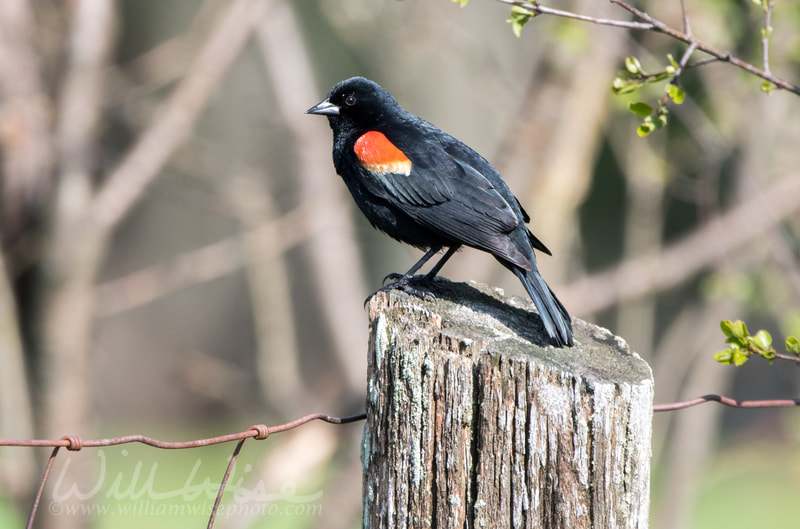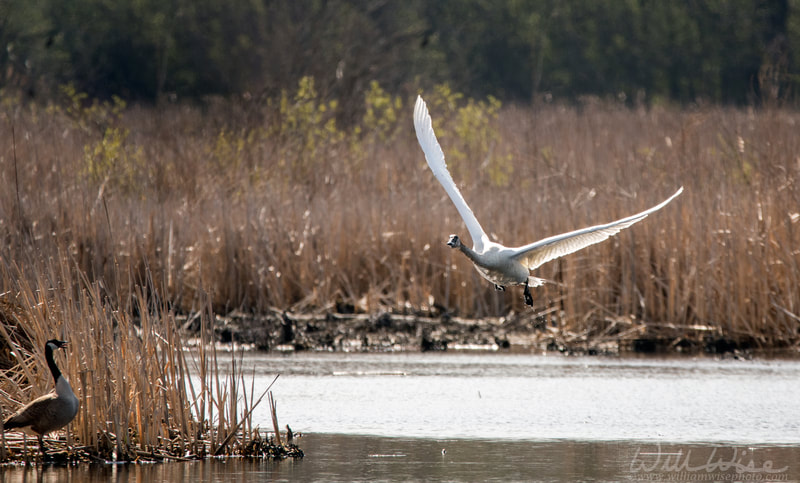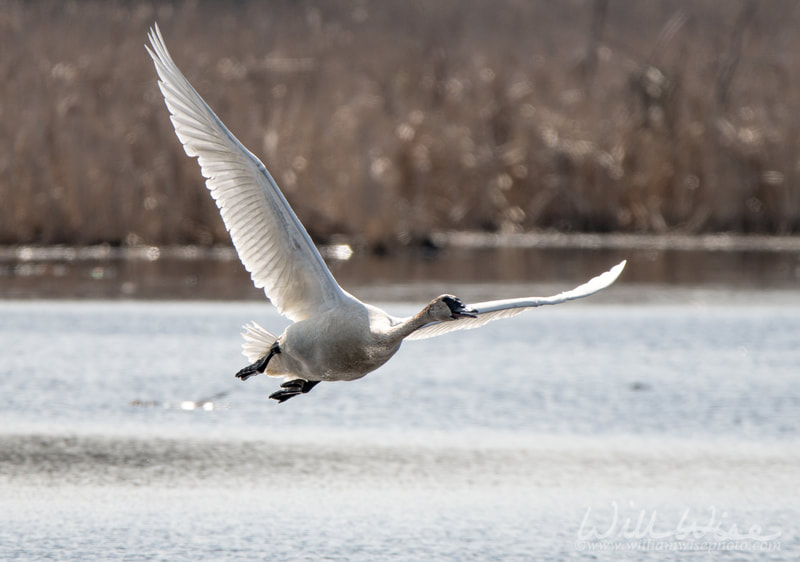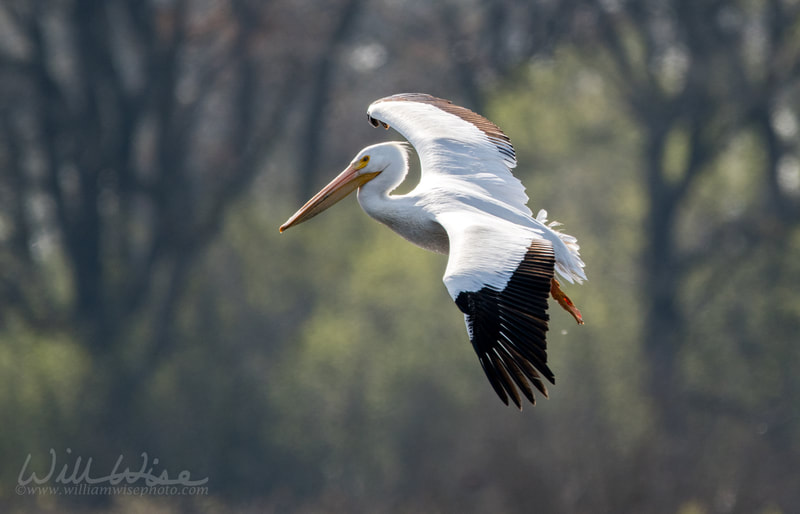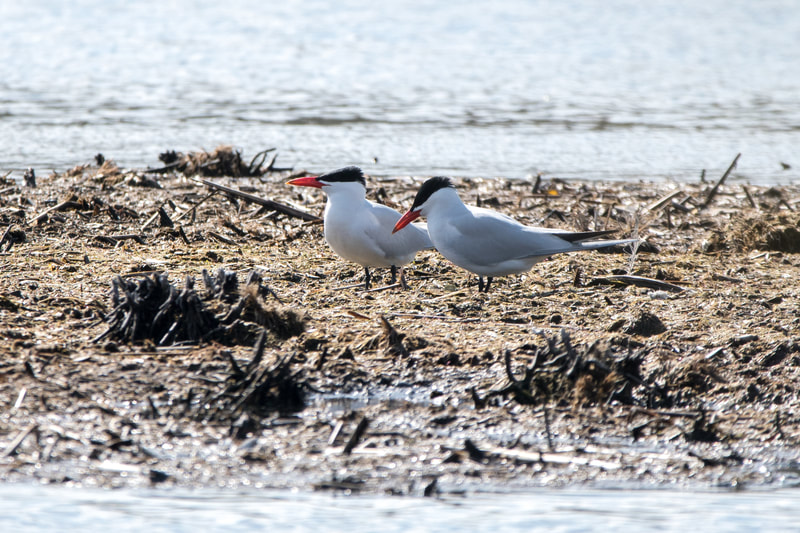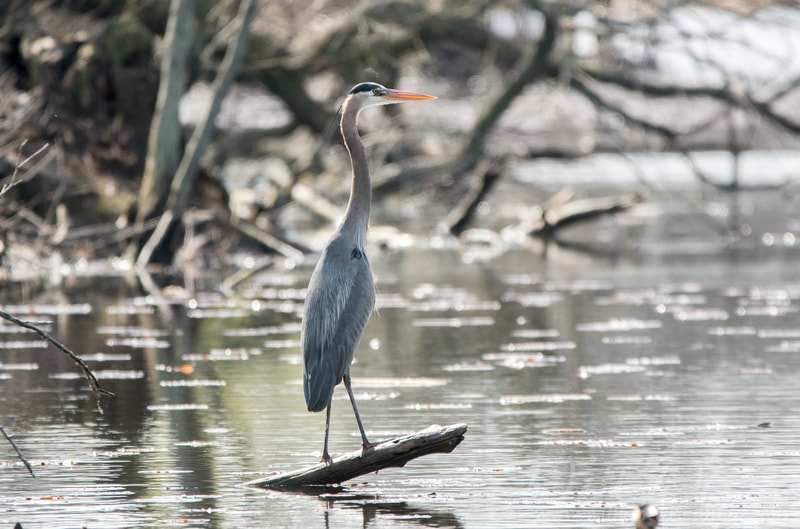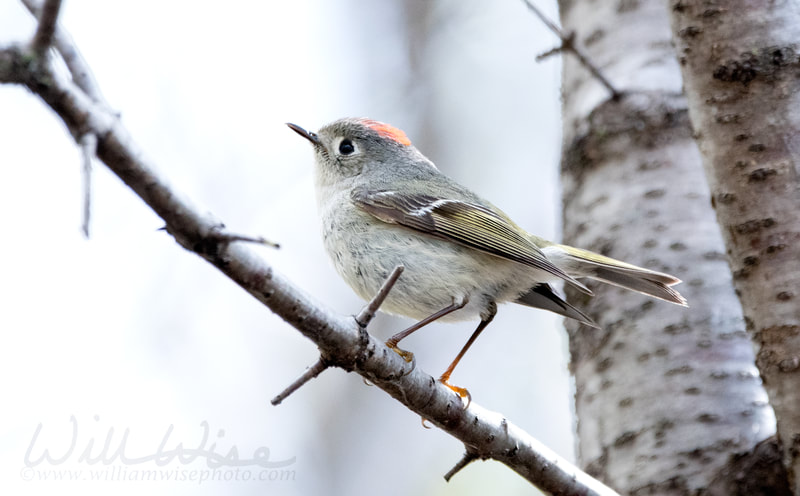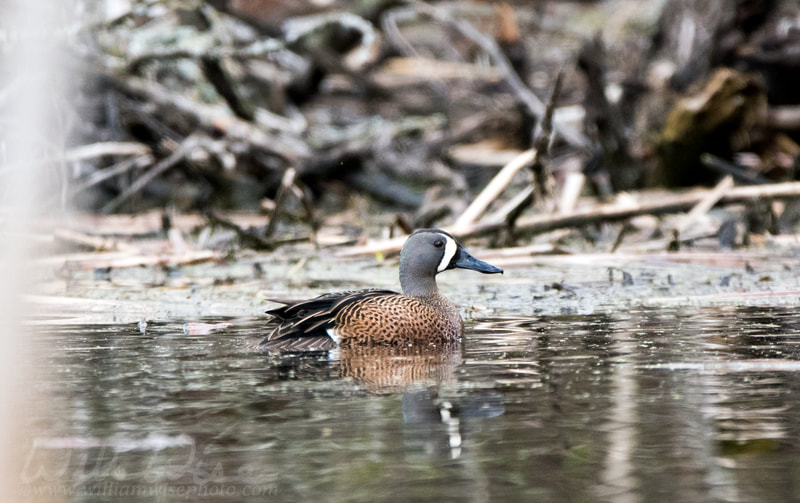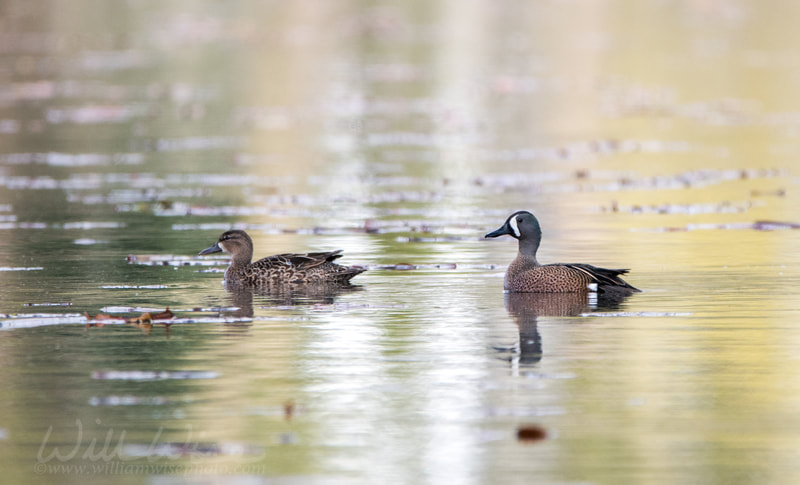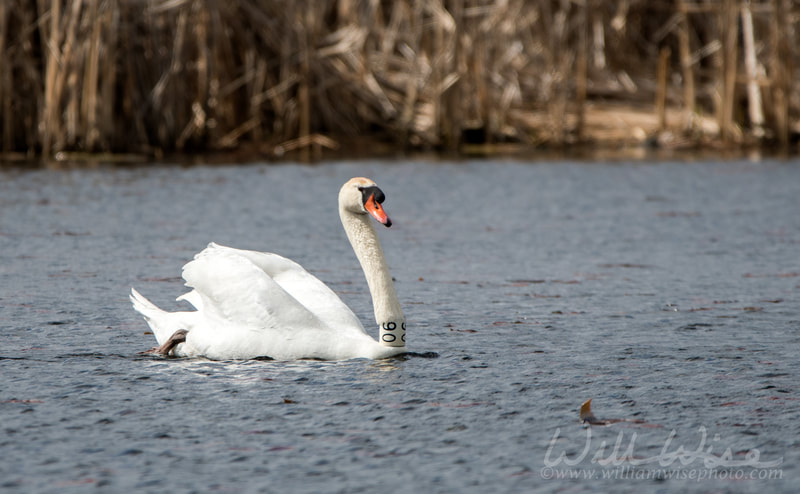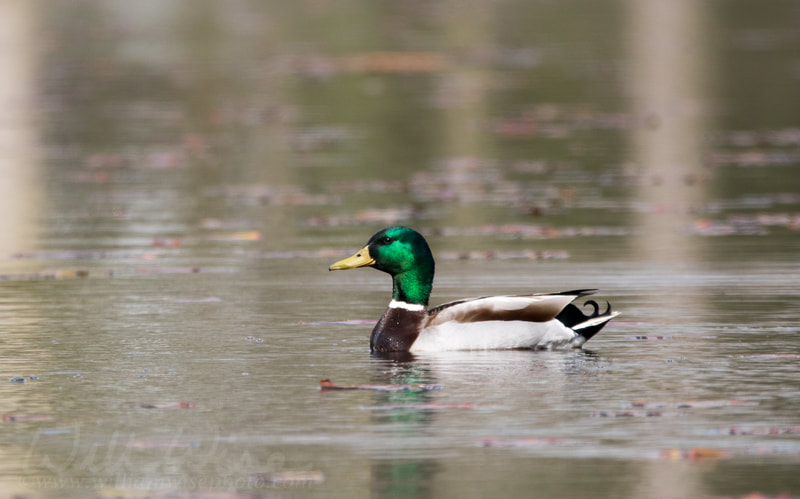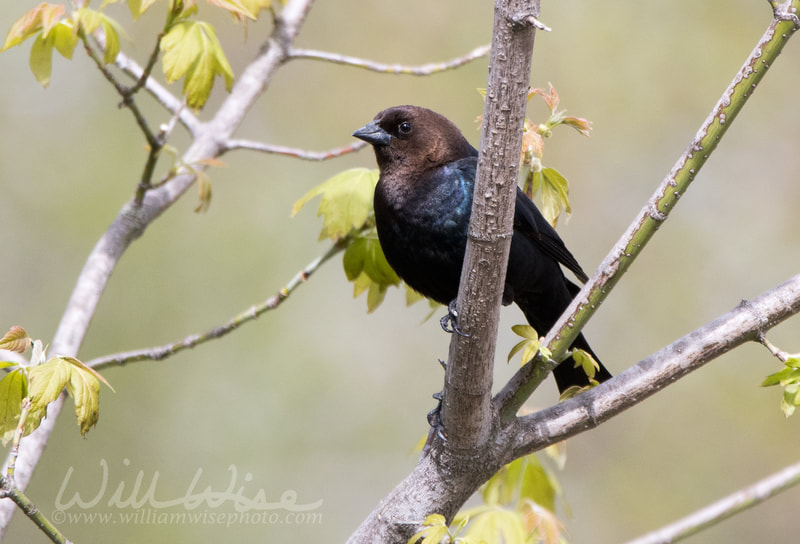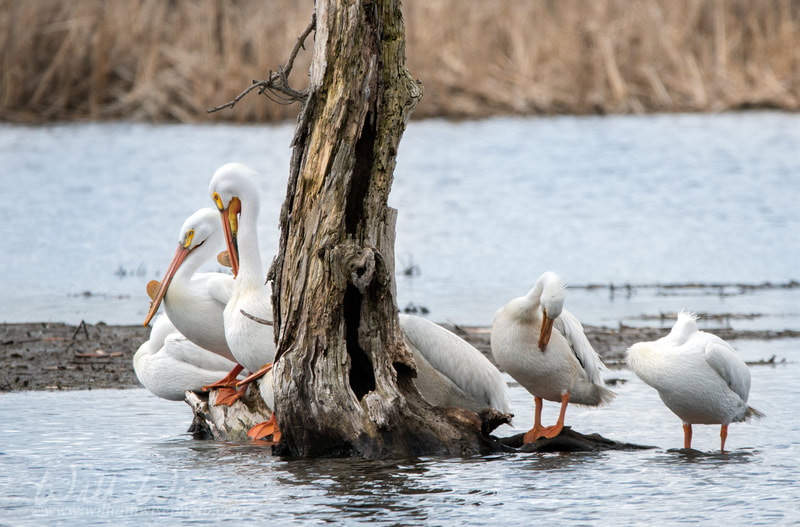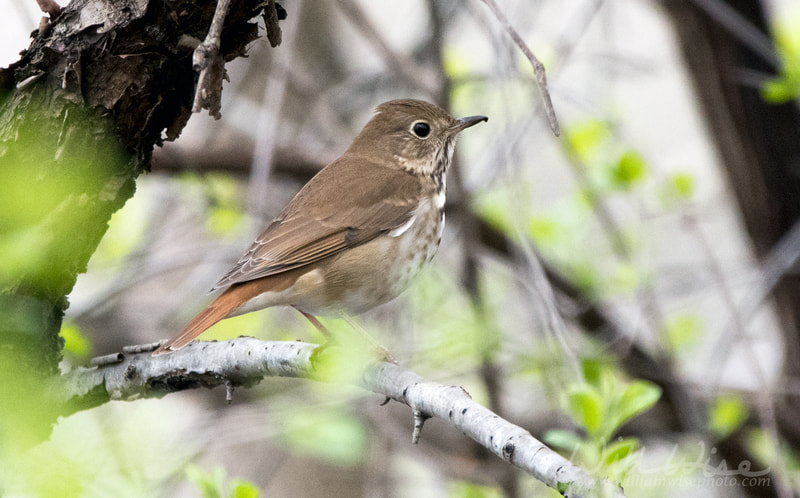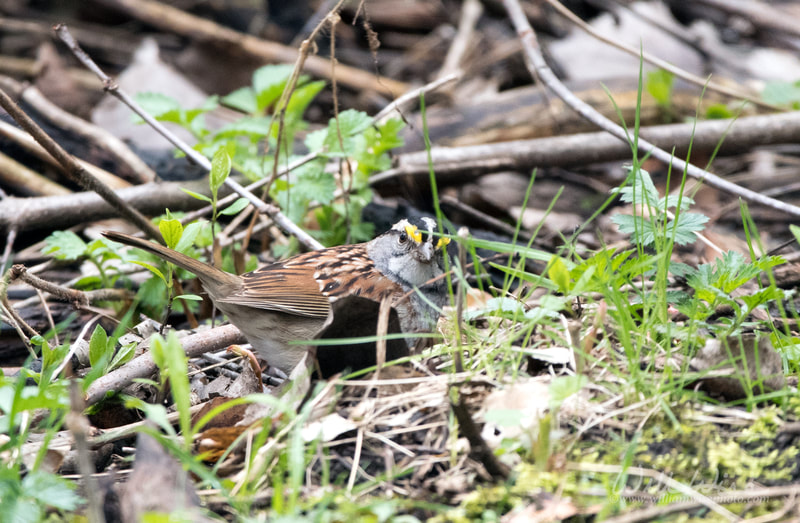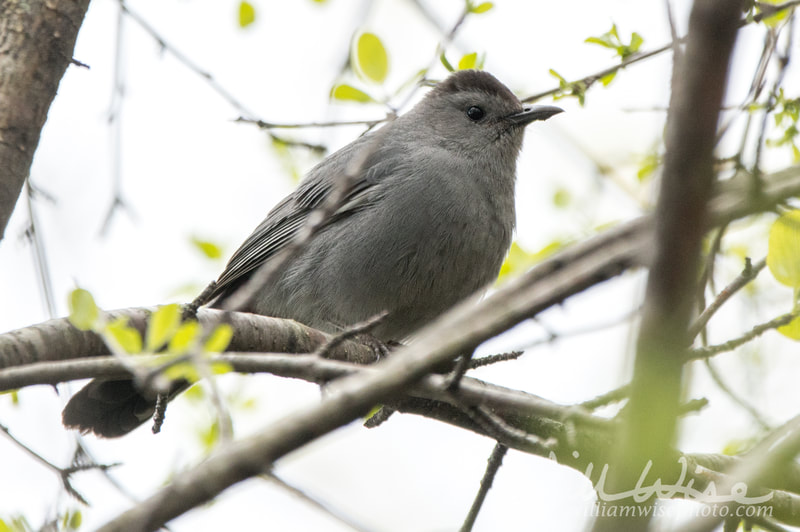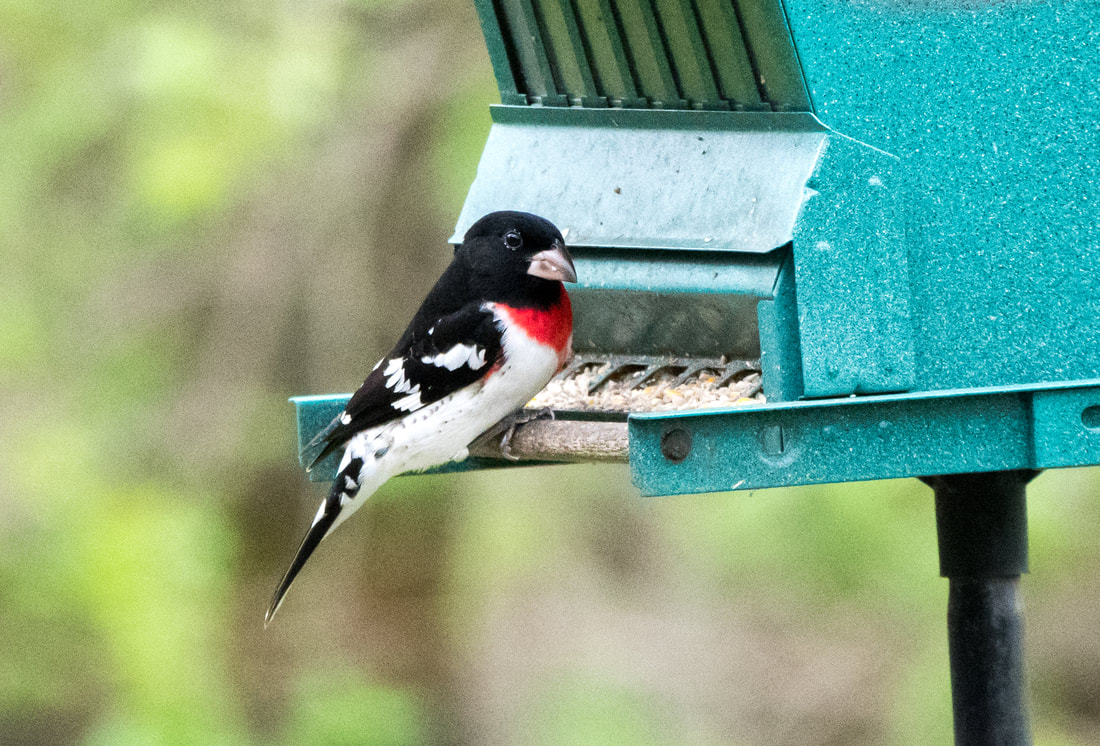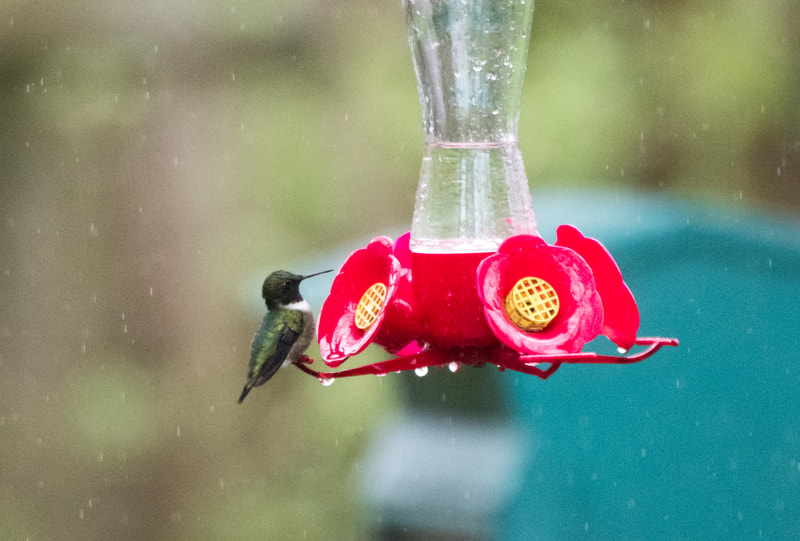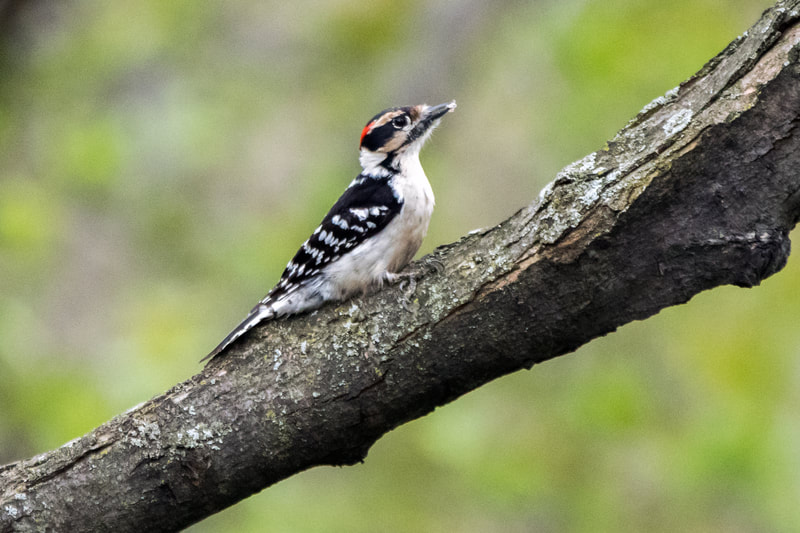|
It is nice to travel; but it is also nice to be back home!
0 Comments
I recently travelled to Tucson, Arizona to attend our Fellowship's annual International Bible Conference. I’m always excited to return to the desert southwest each year; not just for the conference, but for the unique habitat and wildlife. But how do you fit in photography when travelling for another purpose? Find it where you can! The Bible Conference began each morning at 8 AM. But the beautiful thing about Tucson is the sun rises at 5 AM! Since I didn’t have time to travel far, I simply wandered the streets near my hotel. Even the little oasis in our hotel courtyard produced some wildlife shots! Each morning, I walked with my camera down several side streets in the industrial area near the Tucson airport. There are several large vacant lots covered in cactus and desert scrub. I couldn't resist a little trespassing to find some photo opportunities! 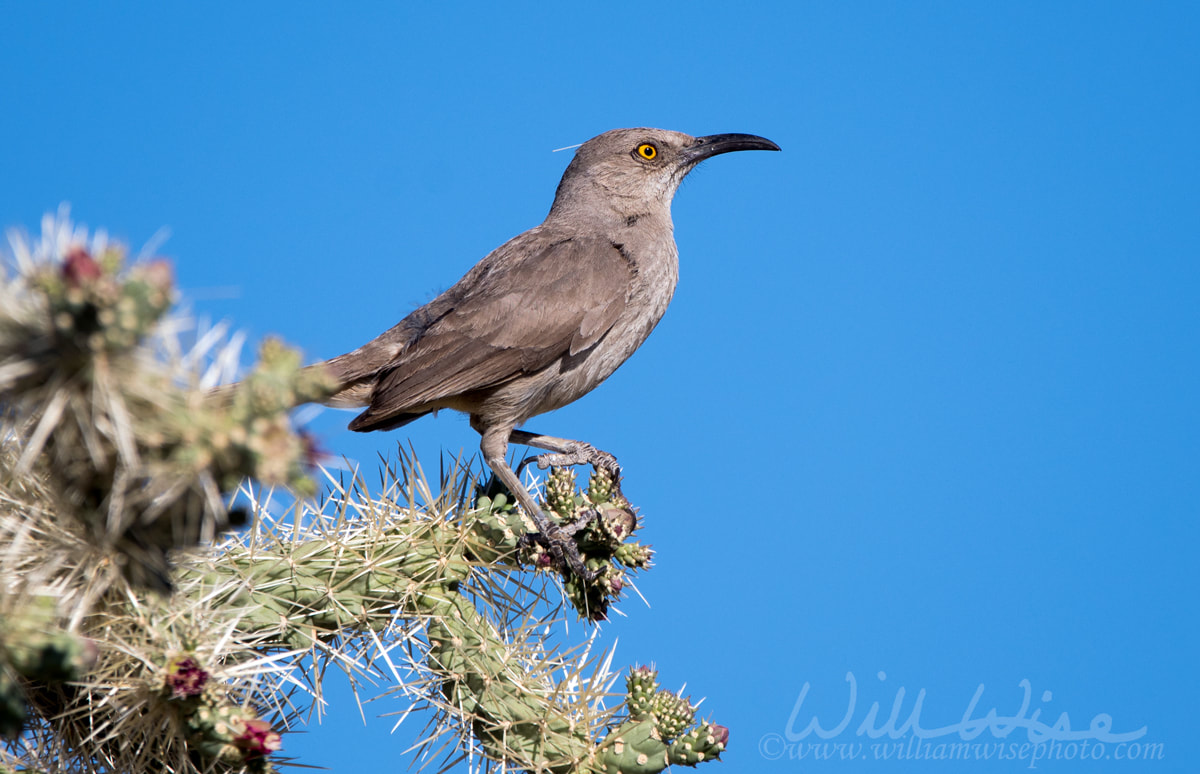 Curve-billed Thrasher perched on Cholla jumping cactus in Tucson Arizona. The curve-billed thrasher, Toxostoma curvirostre, is native to the southwestern United States and much of Mexico. Cylindropuntia is a genus of cacti native to northern Mexico and the Southwestern United States. They are known for their barbed spines that tenaciously attach to skin, fur, and clothing. On Monday afternoon my family and several other members of our church went to Kartchner Caverns State Park in Benson, Arizona. In the heat of the afternoon desert, most of the critters were out of sight. But the tour of the cave was incredible. "The park is located west of the north-flowing San Pedro River. Long hidden from view, the caverns were discovered in 1974 by local cavers, assisted by a state biologist who helped in its preservation."
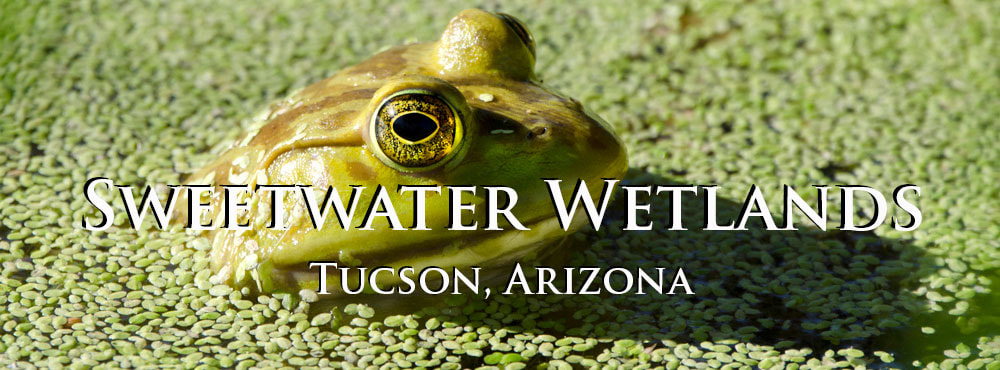 Sweetwater Wetlands Park in Tucson, Arizona is truly a desert oasis created by reclaimed waste water; a birders paradise! "He turns a desert into pools of water, a parched land into springs of water." Psalm 107:35 It's time again for our annual visit to Tucson, Arizona for our Fellowship's International Bible Conference. Our first morning, I arose at 4:45 AM (without an alarm clock) and made my way to Sweetwater Wetlands Park for a couple of hours of nature photography before Sunday morning church service. I made a second trip in the heat of the day on Wednesday afternoon. Most of the birds were keeping staying in the shadows, making some real quality shots dificult. Still, quite a refreshing experience to be in a totally different world than the southeast. Sweetwater truly is an oasis in the desert. Tuesday evening, June 11, 2019 - just taking in some relaxing bird watching in my backyard. I'll take a rest whenever I can get it!
Pickney Island National Wildlife Refuge... what a wonderful place! Every time I vacation on Hilton Head Island, I have to make at least one visit to the refuge. Our second morning, while the ladies went to the outlet mall, I spent six hours hiking the refuge. The first bird I spotted was the main bird I had hoped to see - a Painted Bunting. Pickney Island, located on the bridge between Hilton Head Island and the mainland, is 3.8 miles long and 1.75 miles across its greatest width. It consists of several habitats including salt marsh, tidal creeks, forestland, brushland, fallow fields and freshwater ponds.  Female Boat-tailed Grackle perched on a stick over water. Pickney Island National Wildlife Refuge near Hilton Head Island, South Carolina, USA. The boat-tailed grackle, Quiscalus major, is found on the coasts of the Southeastern United States. It is found in coastal saltwater marshes and, in Florida, also on inland waters. While birding the beaches of Hilton Head Island, my eyes were constantly trained toward the sky. However, I really needed to be looking down! The beach was covered with Cannonball Jellyfish throughout our week long visit to the Island. Never before had I seen so many jellyfish, and so large, washed up on the beach on prior visits. In addition to the jellies, there are other reasons to look down as you walk. The beaches of Hilton Head Island are used by Loggerhead Sea Turtles for nesting as well. You'd hate to step on a cute little hatchling! ...squadrons of sea-fowl sweeping through the air... Hilton Head Island has long been one of our favorite family vacation locations. While most of my family enjoys time on the beach and in the ocean, I always make time for early morning walks on the beach with my camera. One sight that always amazes me are the squadrons Brown Pelicans that pass back and forth through the air along the shoreline. The Brown Pelican (Pelecanus occidentalis) is a common sight along the southeastern coastlines. They pass swiftly with the wind, just off shore, sometimes only a few feet above the water. Their return flights are more laborious, being against the wind, and typically stay several hundred feet inland, cruising just above the rows of Hilton Head Island hotels. Individual pelicans will often break off from the cruising squadrons for a time of fishing. A pelican will slow its flight and pick a spot for a dive. Once committed, it is a full frontal dive into the ocean from over 50 feet in the air! The plunge often appears quite ungraceful with a forceful impact upon the surface that I wonder how they are not injured in the process. Nevertheless, the bird always surfaces and floats comfortably upon the waves without any sign of injury or distress until it lifts off again to repeat the process. The Cornell Lab of Ornithology states, “During a dive, the Brown Pelican tucks its head and rotates its body to the left. This maneuver is probably to cushion the trachea and esophagus—which are found on the right side of the neck—from the impact.” I guess that is how it is done! Saturday, June 1, 2019 - Going down for a dive! I spent my last morning trying to capture the Pelicans diving into the ocean. It was a wild Walton morning! I made my morning drive so I could do a bit of early morning birding. The fun started before I even made it to work with an owl perched over Jacks Creek. Then on my walk before starting the work day, I spotted the two beaver on the upper retention pond. And before heading into the office, I heard two Cuckoos cuckooing in the trees and managed to draw one out for a photo with a bit of playback. A quick drive to Braswell Church Road during lunch break to add a life bird and photos of a few I have listed without photographs. I'm not the best yet at these shorebirds, so I hope I got them right!
A short Global Big Day birding stop at Three Oaks Recreation Area in Crystal Lake, Illinois. Stock photo sales help support animal shelter photography expenses and the domain and hosting fees for the animal shelter website. 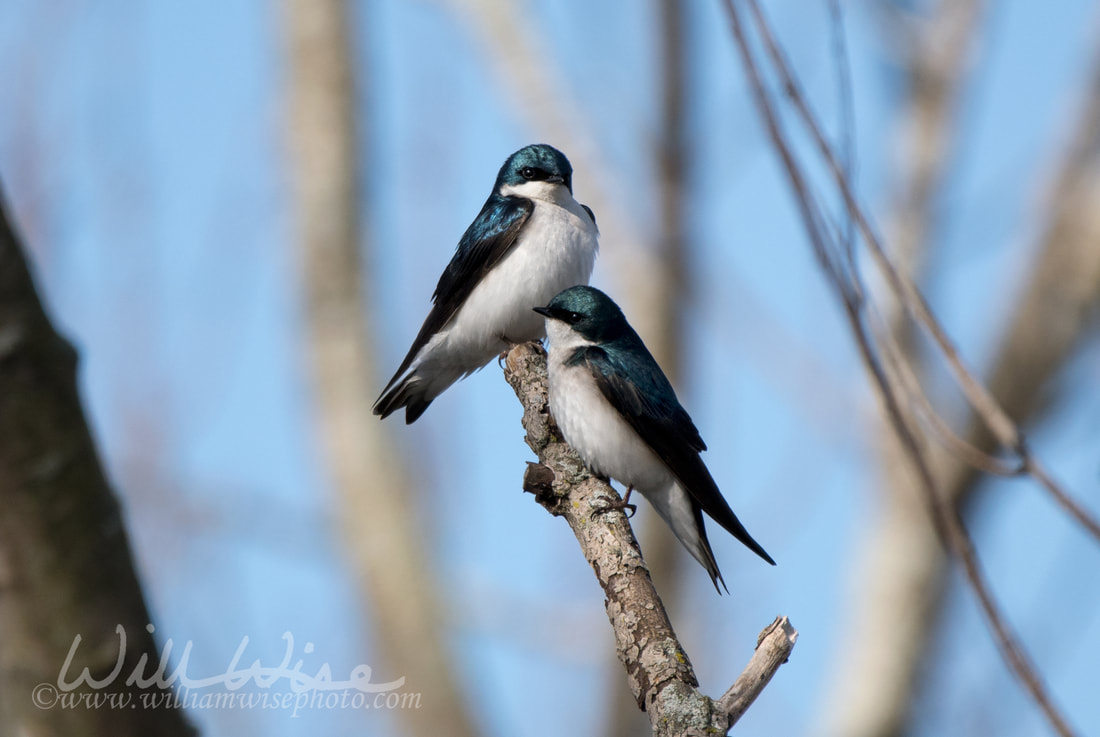 Cute pair of Tree Swallows perched together on a branch in the Exner Marsh wildlife habitat. The tree swallow, Tachycineta bicolor, is a migratory bird that breeds in the US and Canada and winters along southern US coasts. The Exner Marsh is a 116-acre conservation area featuring wetlands vegetation, a diverse bird community & several trails. I took a short trip to Illinois to help my father, but still fit in some wildlife viewing and birding. I made two stops at the Exner Nature Preserve in McHenry County, not far from my brother’s house. It was a great morning of birding the first day. 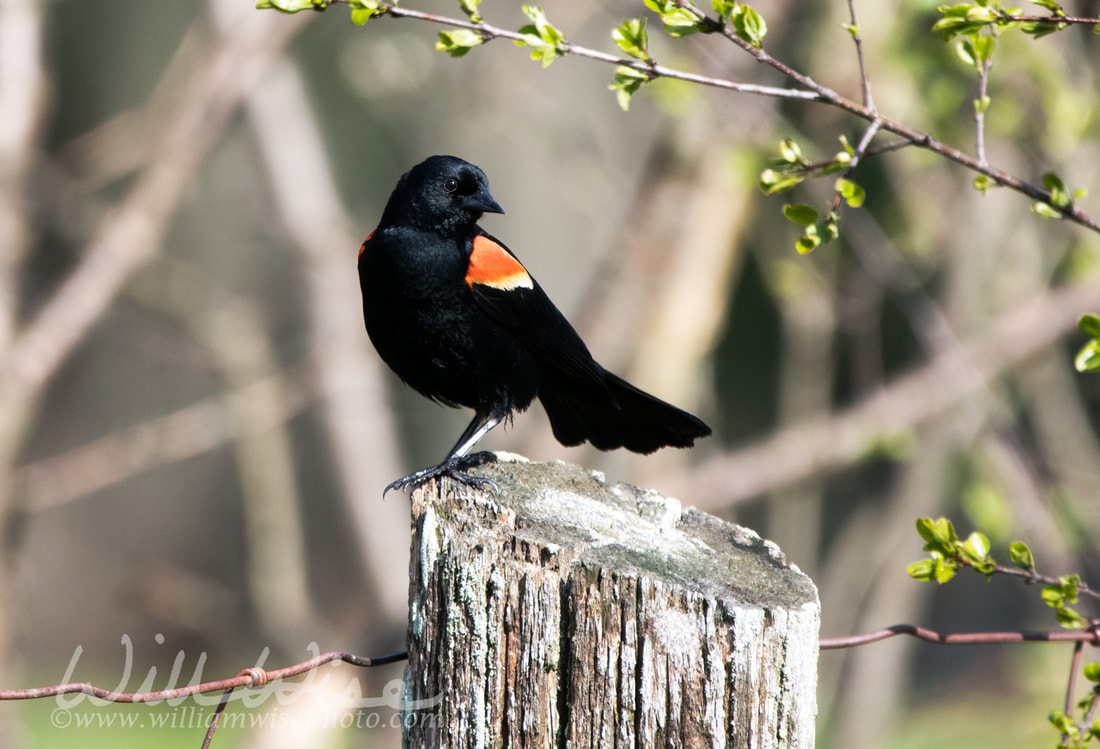 Red-winged blackbird perched on a farm fence in Exner Wildlife Preserve. The red-winged blackbird, Agelaius phoeniceus, is a perching bird found in most of North America. The Exner Marsh is a 116-acre conservation area featuring wetlands habitat and marsh ecosystem vegetation, a diverse bird community & several birding trails. 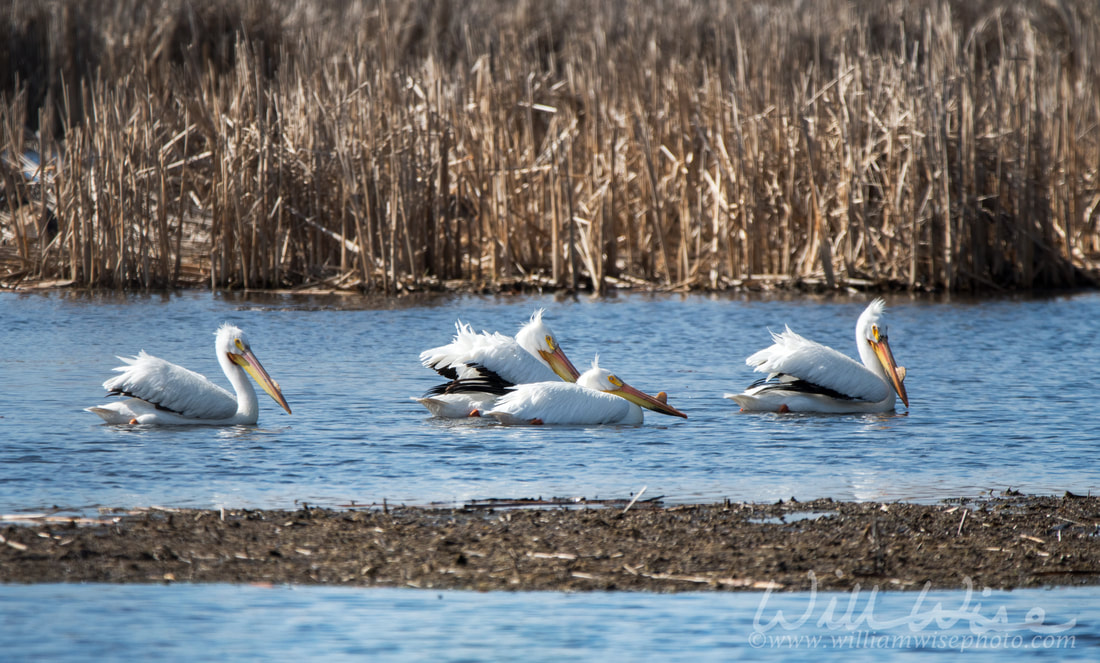 The American white pelican, Pelecanus erythrorhynchos, is a large aquatic water bird that breeds in interior North America and migrates south and to the coasts in winter. The Exner Marsh is a 116-acre conservation area featuring wetlands habitat and marsh ecosystem vegetation, a diverse bird community & several birding trails. Stock photo sales help support animal shelter photography expenses and the domain and hosting fees for the animal shelter website. I flew to Illinois for a few days to help my father with some upkeep to his house. Luckily, his neighbor loves to sip coffee on her back patio and watch the birds. She had 5 feeders in the backyard. After seeing me with my binoculars and camera the first day, she was sure to keep all the feeders full during my visit!
|
Categories
All
Archives
September 2025
|
|
All content is ©williamwisephoto.com. Please don't steal images. My images are available at dreamstime.com. Stock sales go into the shelter photography program.
|
In December 1993 I came to know the Designer and Creator of this wonderful planet and its creatures: Jesus Christ.
|
Donations help support the animal shelter adoption photography equipment and adoption website hosting and domain fees. Thanks for your support!
|

